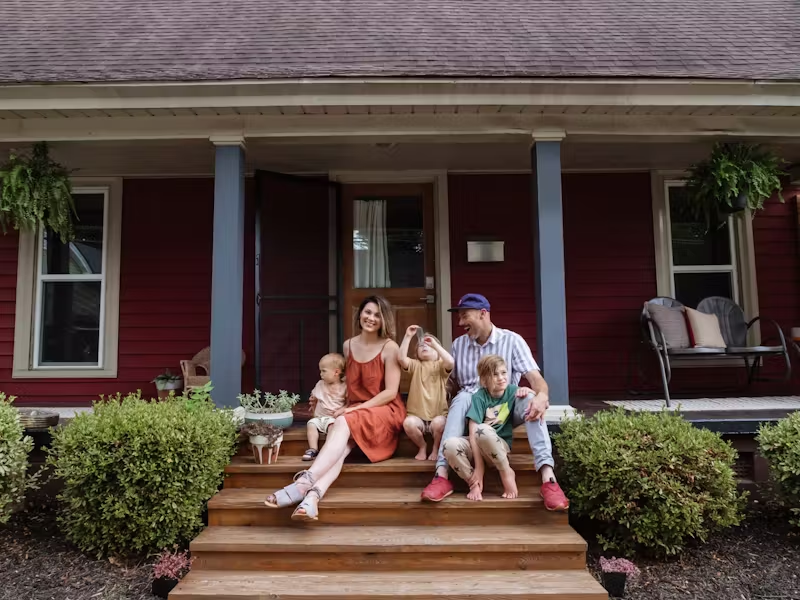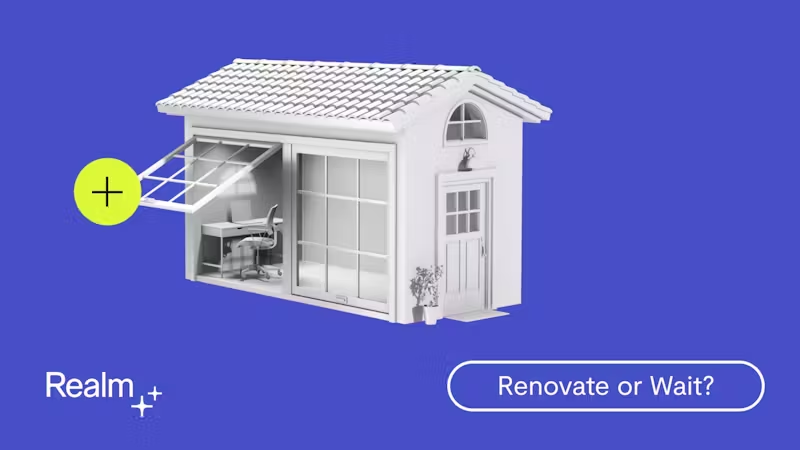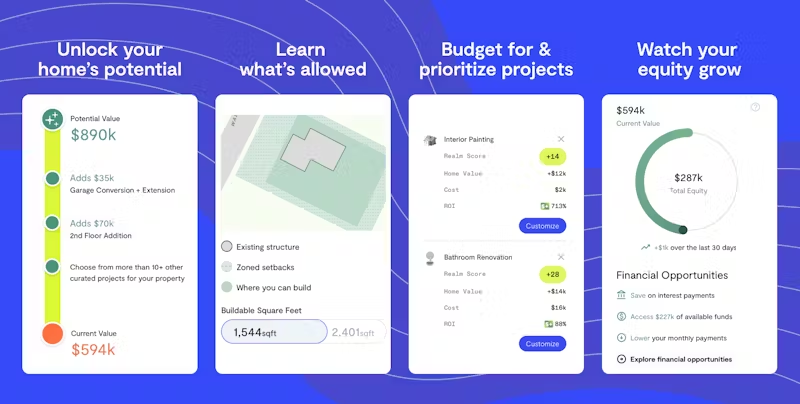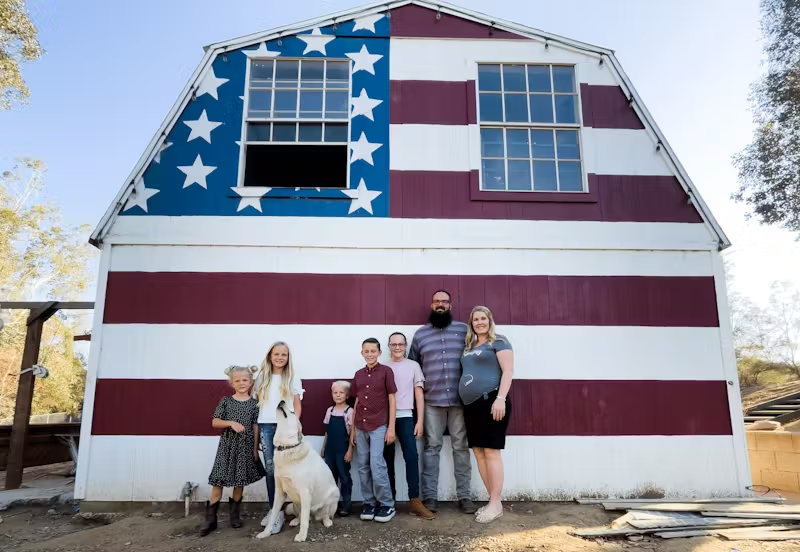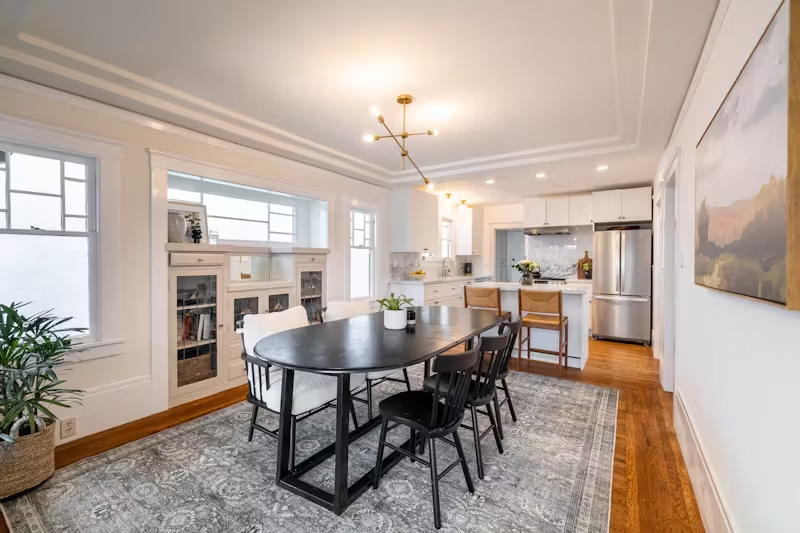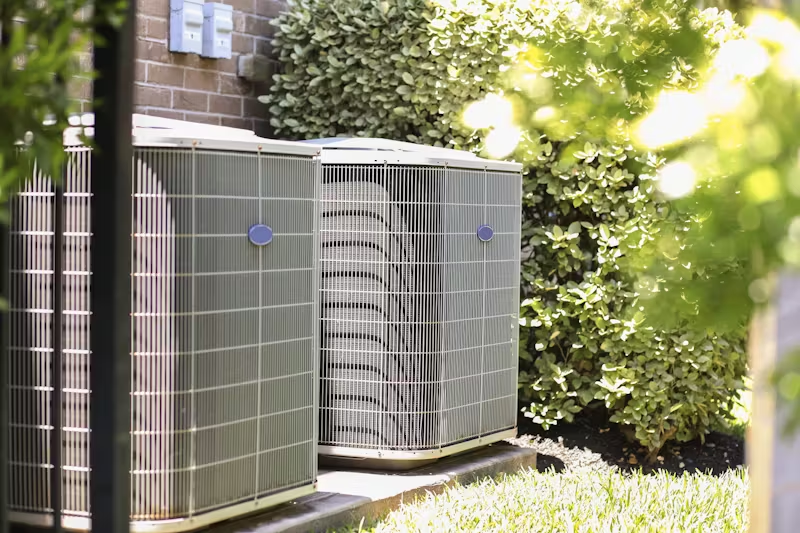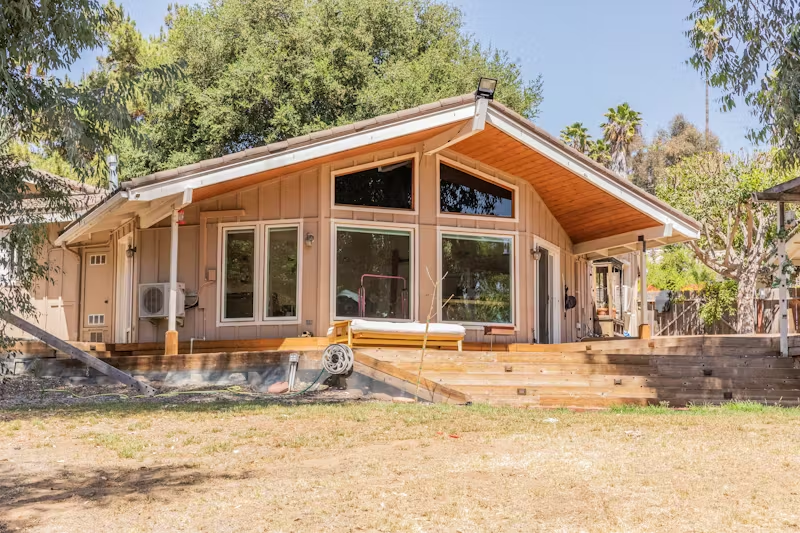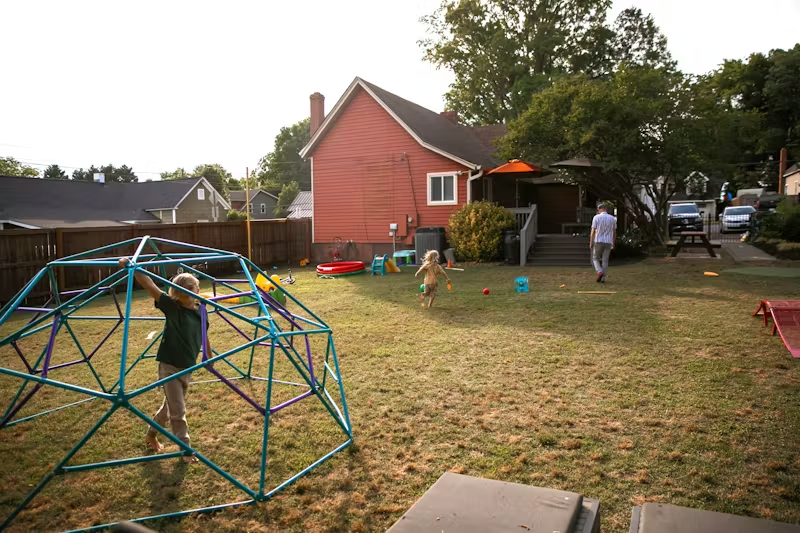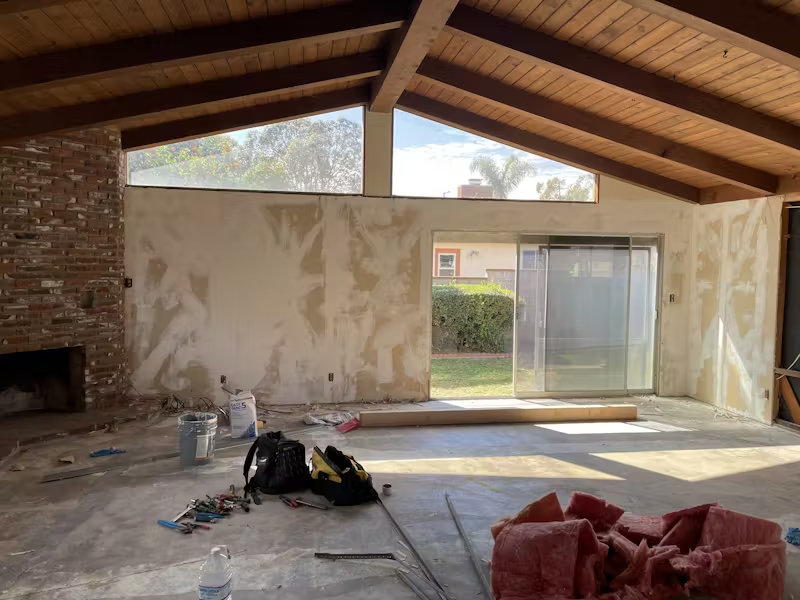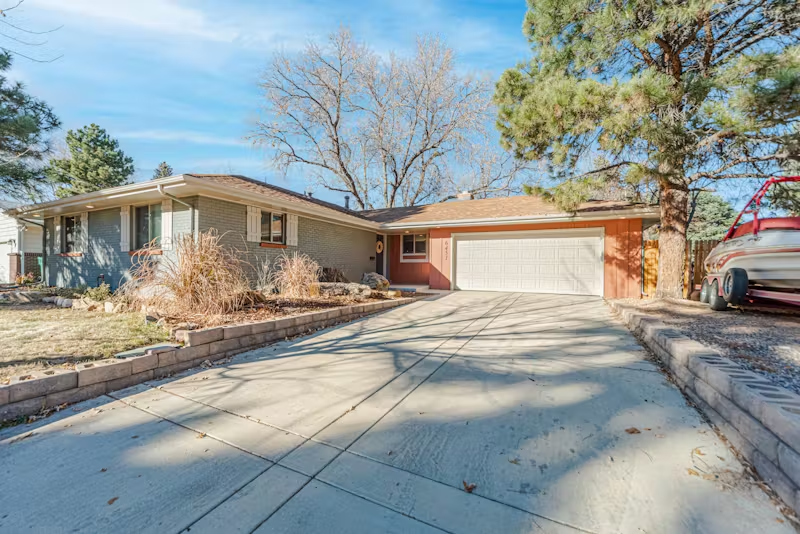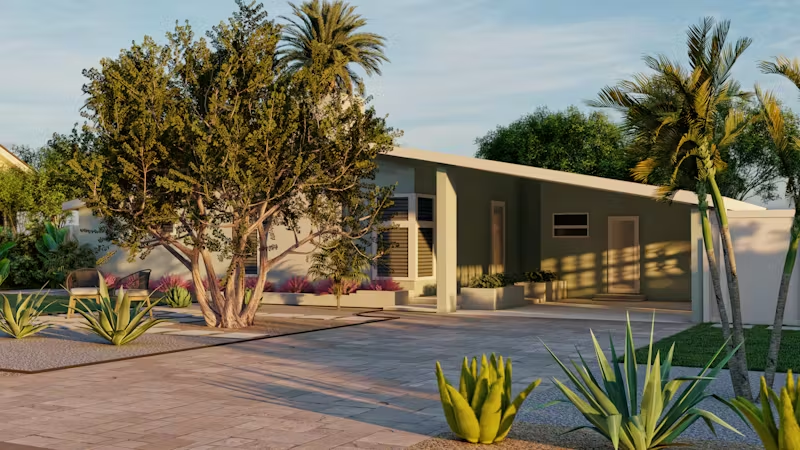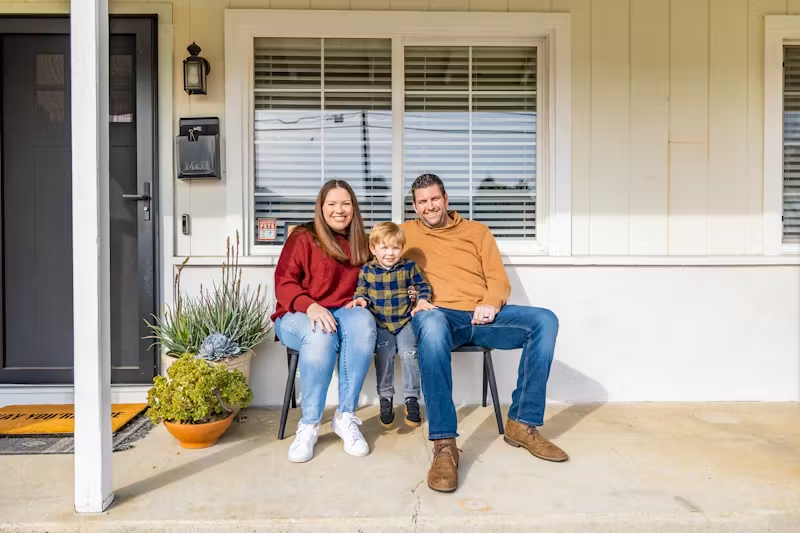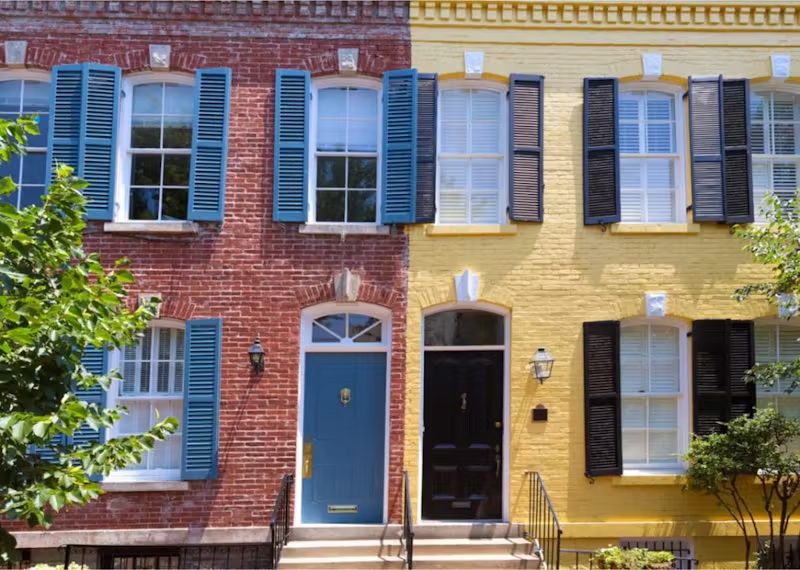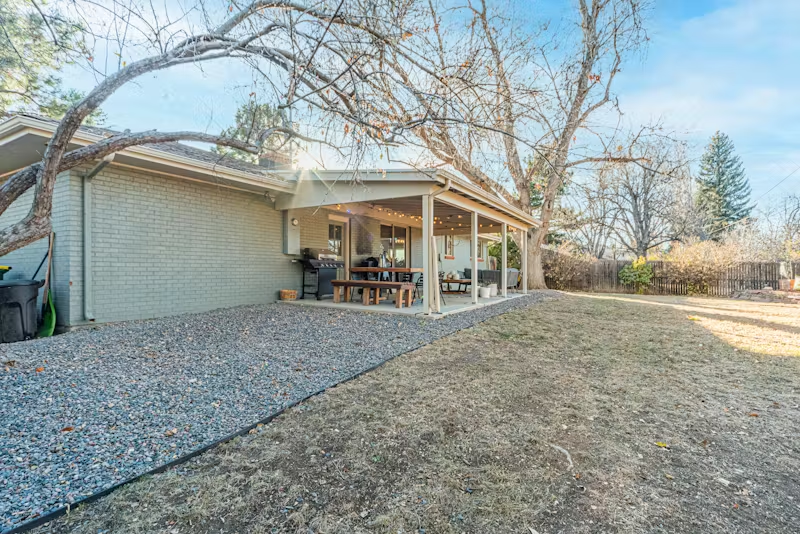Shingle Roof Replacement Cost: A Full Breakdown
Get a clear breakdown of shingle roof replacement cost, including material options, labor, and tips to help you plan your roofing project with confidence.
|
October 10, 2025
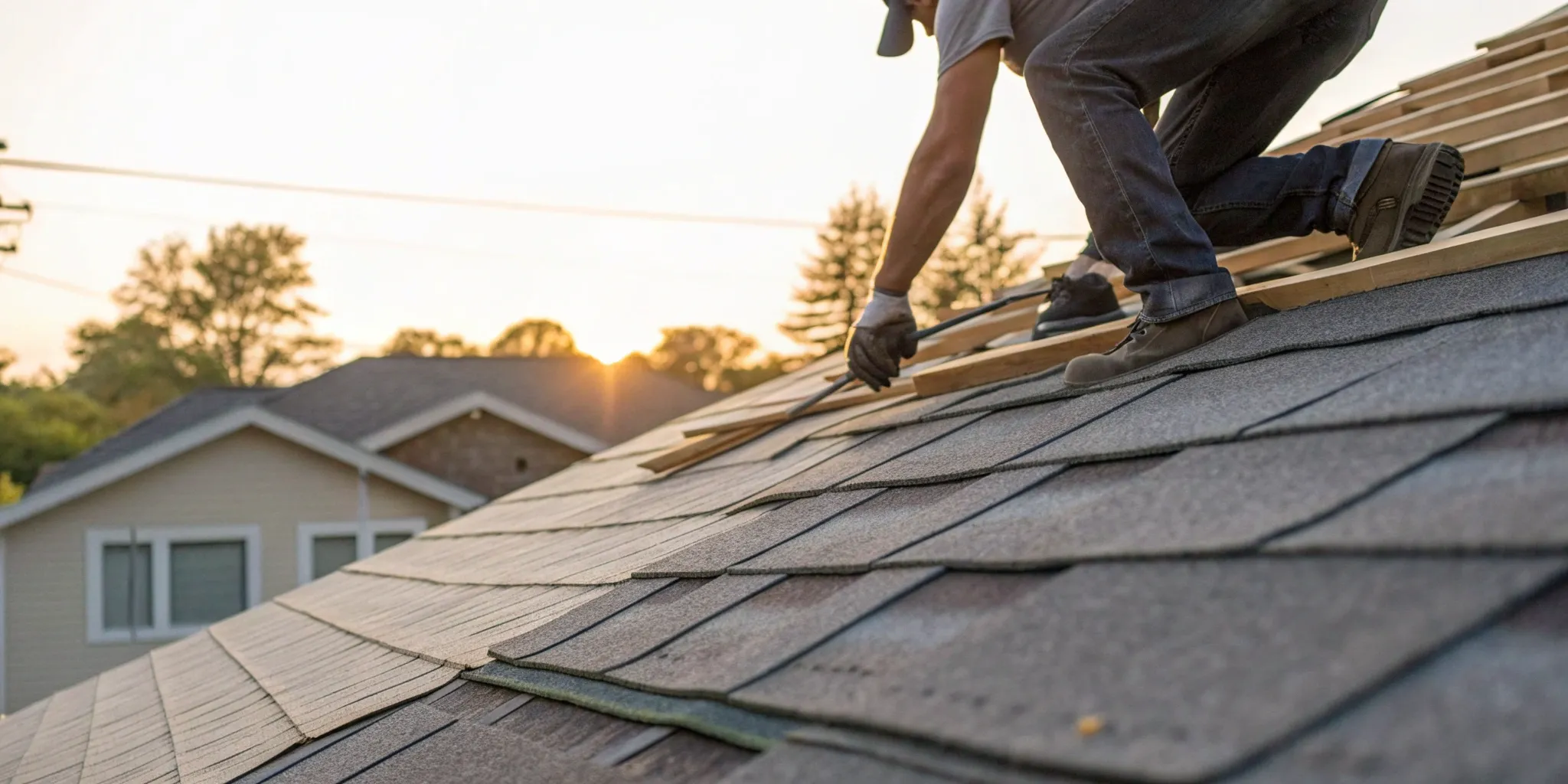
In this article:
Maybe you’ve noticed your shingles are starting to curl at the edges, or you’ve found a collection of black granules in your gutters. These are the classic warning signs that your roof is nearing the end of its life. Once you realize it’s time for a replacement, the next logical question is always, "How much is this going to cost?" The uncertainty can be stressful, but it doesn’t have to be. We’ll help you connect the dots between the signs of a failing roof and the real-world numbers you need to budget for the project. Let’s explore the shingle roof replacement cost so you can move forward with a clear plan.
Key Takeaways
- Look Beyond the Shingles to Understand Your Quote: Your final roof cost is a mix of materials, labor (which can be over half the total bill), your roof's specific size and complexity, and even your location—a detailed quote should break all of this down for you.
- Make Smart Choices to Manage Your Budget: You can directly influence the final price by getting multiple quotes to compare, choosing a material like architectural shingles that offers great value, and scheduling your project during the off-season for more competitive rates.
- A Great Pro and a Little Prep Make All the Difference: The success of your project depends on hiring a licensed and insured contractor with a solid warranty; once you do, preparing your home by clearing your yard and protecting interior walls ensures the installation process is seamless.
What Does a New Shingle Roof Cost?
Figuring out the budget for a new roof can feel like a moving target. It’s a major home project, and the final price tag depends on where you live, the materials you choose, and the unique shape of your roof. While no two projects are exactly alike, understanding the key cost factors can give you a much clearer picture of what to expect. Let’s break down the numbers so you can plan your project with confidence.
What's the Average Price?
If you’ve started researching costs, you’ve probably seen a wide range of "average" prices. Some reports place the national average around $9,200, while others, reflecting recent increases in material and labor costs, put it closer to $30,000 for a mid-sized home. This huge gap shows why a simple average isn't always helpful. It’s better to think of these numbers as a general ballpark. Your final quote will depend entirely on the specifics of your home, the quality of materials you select, and the contractor you hire.
Breaking Down the Cost Per Square Foot
A more practical way to estimate your cost is by looking at the price per square foot. For a standard asphalt shingle roof, you can generally expect to pay between $4 and $15 per square foot for both materials and installation. This makes asphalt one of the most popular and budget-friendly options on the market. The final price within that range depends on the specific type of shingle you choose and the complexity of your roof’s design. A simple, single-level roof will cost less per square foot than a steep roof with multiple dormers and valleys.
How Location Affects Your Quote
Where you live has a significant impact on your final bill. Labor rates, material availability, and local building codes all play a part. Costs are typically higher in major metro areas like Los Angeles or the San Francisco Bay Area compared to more rural locations. Your regional climate matters, too. A roof in an area prone to heavy rain or wildfires might require specific, more durable materials and installation techniques to meet safety standards, which can also influence the price. Always make sure your contractor is familiar with your local requirements.
What Determines Your Final Roof Cost?
When you get a quote for a new roof, you’ll see it’s more than just the price of shingles. Several key factors come together to create your final estimate. Understanding these variables helps you see exactly where your money is going and gives you more control over your budget. From the size and shape of your roof to the time of year you schedule the work, each element plays a role in the total cost. Let's break down the main components that influence that bottom line.
Your Roof's Size and Shape
It makes sense that a larger roof requires more materials and more time, which means a higher cost. But it’s not just about square footage. The complexity of your roof's design is also a major factor. A simple, gently sloped roof is far easier and faster to work on than a steep one with multiple gables, valleys, and dormers. Taller homes, like two-story houses, also add to the cost because they require extra safety equipment and more effort to get materials and workers up to the roof, increasing the installation time.
The Shingles You Choose
The materials you select are one of the biggest variables in your project's budget. A new shingle roof for a typical 2,000-square-foot home can run anywhere from $8,266 to $29,688, depending on the type of shingle. The price to install new shingles generally ranges from about $4 to $15 per square foot. Basic 3-tab asphalt shingles are the most affordable option, while architectural and premium designer shingles cost more but offer greater durability and a more dimensional look. Your choice will directly impact both the upfront cost and the long-term performance of your roof.
Labor and Installation Fees
Don’t be surprised to see that labor makes up a significant portion of your bill—often around 60% of the total roof replacement cost. This fee doesn’t just cover the physical work of tearing off the old roof and installing the new one. It also pays for the crew's expertise, liability insurance, and the specialized equipment needed to do the job safely and correctly. Skilled, experienced roofers command higher rates, but their quality of work ensures your roof will last for decades, protecting you from costly future repairs.
Your Home's Location
Where you live plays a surprisingly large role in your roofing costs. Local climate is a big part of it; for example, homes in areas with heavy snowfall or high winds may need specialized underlayment or installation techniques for extra protection. Beyond weather, local building codes and permit requirements can also add to the final price. Each city has its own rules, and a good contractor will know exactly what’s needed to ensure your new roof is fully compliant, saving you from potential headaches down the road.
When You Schedule the Project
Timing can make a difference in what you pay. Roofers are busiest during the summer and right after major storm seasons, when demand is high. If you can be flexible with your timeline, you might find better pricing by scheduling your roof replacement during the slower months, like late fall or early spring. During these off-peak times, contractors are often looking to fill their schedules and may offer more competitive rates to secure the work. Planning ahead gives you the best chance to find a great pro without paying a premium for their time.
Comparing Shingle Types and Costs
The shingles you choose are one of the biggest factors in your roof replacement cost. Think of it like picking out kitchen countertops—there’s a huge range of materials, styles, and price points. Your decision will come down to your budget, your home’s architectural style, and how long you want the roof to last. Some materials are budget-friendly and get the job done, while others are a long-term investment that can completely transform your home’s curb appeal.
To help you get a clear picture of your options, let's walk through the most common shingle types. We’ll cover everything from basic asphalt to high-end slate, so you can find the perfect fit for your home and your wallet. Remember, these prices are estimates, but they give you a solid starting point for budgeting your project. A Realm advisor can help you get precise quotes based on your specific home and location.
3-Tab Asphalt Shingles
If you’re looking for the most straightforward and affordable option, 3-tab asphalt shingles are your answer. They have a simple, flat appearance and are a popular choice for homeowners who need a new roof without a hefty price tag. For a typical home, you can expect the installation to cost between $7,000 and $10,000. While they aren't as durable or long-lasting as other options, they provide reliable protection and are a great choice for rental properties or if you're working with a tight budget.
Architectural Shingles
Architectural shingles are a step up from the 3-tab style and are one of the most popular choices for homeowners today. Also known as dimensional shingles, they are thicker and designed with a layered, textured look that adds depth and visual interest to your roof. This upgrade in curb appeal comes with enhanced durability, too. The cost for architectural shingles generally ranges from $8,000 to $17,000, making them a fantastic middle-ground option. They offer a great balance between cost and quality for a beautiful, long-lasting roof.
Premium and Designer Shingles
For a truly high-end look, premium and designer shingles offer maximum durability and style. These luxury asphalt shingles are crafted to mimic the appearance of natural materials like slate or wood shakes, but without the associated maintenance. They are the thickest and most resilient asphalt shingles available, designed to be a standout feature of your home. An installation with these shingles is a significant investment, typically priced between $14,000 and $32,000. They are perfect for homeowners looking to make a statement and add significant value to their property.
Cedar and Wood Shingles
If you love a natural, rustic aesthetic, cedar shingles and shakes are hard to beat. They offer excellent insulation and a timeless look that complements many home styles. Cedar shingles are machine-cut for a uniform look and generally cost between $12,000 and $20,000. Cedar shakes are hand-split, thicker, and more irregular, creating a more rugged appearance for $16,000 to $32,000. While beautiful, wood does require more maintenance than other materials to protect it from the elements, so be sure to factor that into your decision.
Metal and Slate
When longevity is your top priority, metal and slate are the front-runners. A metal roof is incredibly durable, fire-resistant, and comes in a surprising variety of styles and colors, with costs ranging from $10,245 to $41,640. It’s a versatile choice that works with both modern and traditional homes. Slate is the ultimate roofing material, known for its classic beauty and a lifespan that can exceed 150 years. It’s also the most expensive option, with installation costs between $39,925 and $54,020. Both are low-maintenance investments that you’ll likely never have to replace again.
Don't Forget These Additional Costs
When you’re budgeting for a new roof, it’s easy to focus on the big-ticket items like shingles and labor. But a few other costs can sneak into your final bill if you’re not prepared. A thorough quote from a professional contractor should account for these, but it’s always smart to know what they are so you can ask the right questions. Think of these as the behind-the-scenes players that ensure your new roof performs perfectly for years to come.
Underlayment and Decking Repair
Beneath your shingles lies the roof decking, which is the wooden base that supports the entire structure. Sometimes, your contractor won't know the condition of the decking until they've removed the old roof. If they find soft spots, rot, or water damage, that wood will need to be repaired or replaced. This is a non-negotiable step for ensuring your new roof has a solid foundation. Expect to pay around $2.20 to $3.00 per square foot for any necessary decking repairs.
Flashing and Drip Edges
Flashing is the thin metal material that directs water away from critical areas like your chimney, vents, and skylights. Drip edges do a similar job along the eaves of your roof. If your current flashing is old, rusted, or damaged, it needs to be replaced to prevent leaks. New flashing typically costs between $9.00 and $11.00 per foot. You’ll also want to check the rubber seals around any pipes, called pipe boots, which can run from $63.00 to $85.00 each to replace. It’s a small price to pay to avoid costly water damage down the road.
Proper Ventilation
Here’s something you might not have on your radar: your attic’s ventilation. A well-ventilated roof system allows air to circulate, which helps regulate your home's temperature and prevent moisture buildup in the attic. While adding or improving ventilation will increase the initial project cost, it’s a smart investment. Proper ventilation can lead to real savings on your energy bills and is a key factor in maintaining your home’s overall long-term value.
Permits and Inspections
Most cities and counties require a permit for a full roof replacement. This ensures the work is done to local building codes, which are in place for your safety. The cost of the permit and any required inspections will be added to your total project cost. A reliable contractor will handle the entire permitting process for you, but you should always confirm that it’s included in your quote. This is one of those administrative steps that working with an expert can make much simpler.
Old Roof Removal and Disposal
Before the new shingles can go on, the old ones have to come off. Tearing off and disposing of your old roof is a labor-intensive job that has its own line item on the bill. This process can cost between $2 to $5 per square foot. For an average 2,000-square-foot roof, that adds up to about $2,000 to $6,000. This fee covers not just the labor to remove the materials but also the cost of properly and legally disposing of them.
How to Save Money on Your New Roof
A new roof is one of the most significant investments you'll make in your home, but that doesn't mean it has to break the bank. With some strategic planning, you can get a high-quality roof that protects your home for decades without overspending. It’s all about making smart choices, from the materials you select to the time of year you schedule the work. Here are a few practical ways to keep your roof replacement costs in check.
Choose Your Materials Wisely
The type of roofing material you pick is the single biggest factor in your total cost. While high-end designer shingles or slate tiles are beautiful, they come with a premium price tag. For most homeowners, standard architectural shingles offer the best balance of durability, style, and value. They last longer and look better than basic 3-tab shingles but cost significantly less than luxury options. Don't be afraid to ask your contractor to price out a few different types and brands of shingles so you can see the cost difference for yourself.
Get Multiple Quotes
This might be the most important money-saving tip: always get several estimates from different roofing companies. Don't just jump on the first quote you receive. Aim for at least three so you can compare not only the prices but also the scope of work, proposed materials, and warranties. This helps you spot any outliers—quotes that are unusually high or suspiciously low—and ensures you're getting a fair deal. At Realm, we help you connect with a network of vetted professionals to make this comparison process straightforward and stress-free.
Time Your Project Right
Believe it or not, the time of year you replace your roof can impact the price. Roofers are typically busiest during the late summer and early fall, right before the weather turns. If you can be flexible, scheduling your project during the off-season—like late fall or early spring—can sometimes save you money. Contractors are often looking to fill their schedules during these slower periods and may offer more competitive pricing. It’s a simple supply-and-demand principle that can work in your favor.
Understand Your Warranty
A solid warranty is like a long-term savings plan for your roof. It protects your investment from material defects and installation errors down the road. Before you sign a contract, make sure you understand the warranty coverage. There are usually two parts: a manufacturer's warranty for the shingles themselves and a workmanship warranty from the contractor covering the installation. Ask your roofer for specifics on both. A contractor who is certified by the shingle manufacturer can often offer better material warranties, which is a huge plus.
Check for Insurance Coverage
If you’re replacing your roof because of damage from a storm, hail, or high winds, don't forget to check your homeowners' insurance policy. Your insurance might cover a portion, or even all, of the replacement cost. The first step is to have a professional roofer inspect the damage and provide documentation. Then, you can file a claim with your insurance company. For homeowners in areas prone to specific events like wildfires, understanding your coverage is especially critical for disaster recovery.
Is It Time to Replace Your Roof?
Your roof is one of those things you probably don’t think about until something goes wrong. But being proactive can save you from dealing with leaks, water damage, and much bigger headaches down the road. A roof replacement is a major project, so it’s smart to know when it’s truly necessary. The good news is that your house often gives you clear signals that it’s time for an update, long before a small issue becomes a catastrophe.
Most asphalt shingle roofs are designed to last about 20 to 30 years. If your home is nearing that age—or if you're not sure how old the roof is—it’s a good idea to start paying closer attention. But age isn’t the only factor. The climate you live in, the quality of the original installation, and how well it's been maintained all play a role in your roof's lifespan. By learning to spot the key warning signs, both from the curb and from inside your attic, you can make an informed decision and plan your project with confidence. If you see any of the issues below, it might be time to connect with an expert. At Realm, we can help you find a vetted professional to assess the damage and give you a clear path forward.
Signs of an Aging Roof
Start by taking a look at your roof from the ground. Do you see shingles that are cracked, curling at the edges, or broken? These are classic signs that they’ve reached the end of their life and are no longer protecting your home effectively. Another tell-tale sign is finding little black specks in your gutters. These are the asphalt granules that coat the shingles and shield them from the sun’s UV rays. When they start washing away, your roof becomes much more vulnerable. Also, keep an eye out for moss or dark streaks, which can indicate trapped moisture, or rust forming around vents and flashing.
Look for Structural Damage
Beyond individual shingles, you’ll want to check the overall structure of your roof. Look at the roofline from a distance—does it appear straight and solid, or are there spots that look like they’re sagging or drooping? A sagging roof is a serious red flag that could point to problems with the underlying decking or even the supports in your attic. This isn't just a cosmetic issue; it's a sign of structural weakness that needs immediate attention. If you notice any dips or uneven areas, it’s definitely time to call in a professional for a thorough inspection before the problem gets worse.
Check for Weather Damage
Your roof takes a beating from the elements every single day. After a heavy storm with strong winds or hail, it’s always a good idea to do a quick visual check for damage. Look for any missing shingles, as these leave your home exposed to potential leaks. Over time, sun exposure can cause shingles to become brittle and crack, while constant temperature changes can make them curl or cup. An older roof is especially susceptible to this kind of wear and tear. If your asphalt shingle roof is pushing 20 years old, even minor weather events can cause significant damage that warrants a replacement.
Spotting Problems from Inside
Some of the most convincing signs of a failing roof are found inside your home. If you can, head up to your attic with a flashlight and look at the underside of the roof. Do you see any water stains, dark streaks, or areas where daylight is peeking through the boards? These are clear indicators that water is getting in. You should also check the ceilings and walls in your main living areas for any new or growing water stains. By the time a leak is visible inside your house, the problem has likely been developing for a while, making it crucial to act quickly.
How to Hire the Right Roofing Pro
Choosing the right materials for your roof is only half the battle; finding a trustworthy professional to install them is just as critical. A great contractor ensures your new roof is installed correctly, lasts for decades, and is protected by a solid warranty. A bad one can lead to leaks, costly repairs, and a lot of stress. Taking the time to properly vet your options will save you headaches and money down the road. This is a big investment, and you want to feel confident in the team you hire. At Realm, we specialize in connecting homeowners with a network of vetted professionals, but if you're managing the search yourself, here are the key steps to follow.
How to Vet Contractors
Start by looking for contractors with a strong local reputation. Check online reviews on sites like Yelp, Google, and the Better Business Bureau, but don't stop there. Ask for references from recent projects in your area and take the time to call them. A reliable roofer should be proud to share their work. You should also confirm they are licensed and insured in your state. A good sign of a quality company is one that offers a workmanship warranty of 10 years or more. Be cautious if a contractor mentions relying heavily on subcontractors, as this can sometimes lead to inconsistent quality and communication challenges.
How to Read a Quote
Always get at least three detailed, written estimates before making a decision. This isn't about finding the absolute cheapest price—a suspiciously low bid often signals subpar materials or shortcuts. Instead, use the quotes to compare what's included. A thorough estimate should break down the costs for materials, labor, permits, and the removal and disposal of your old roof. If a quote is vague or just gives you a single lump-sum number, ask for a more detailed breakdown. This transparency helps you understand exactly what you're paying for and ensures there are no surprises later on.
What to Look for in a Warranty
A new roof typically comes with two types of warranties: one for the materials and one for the workmanship. The material warranty, provided by the shingle manufacturer, protects against defects in the product itself. The best ones are often transferable to the next homeowner. The workmanship warranty comes from your contractor and covers any errors during installation. Ask for details on both. A strong warranty backed by the shingle manufacturer is a great indicator of quality. Make sure you get all warranty information in writing and understand what actions, like installing a satellite dish, could potentially void it.
Always Check References and Insurance
Before you sign a contract, make this your final checkpoint. Ask the contractor for proof of both general liability insurance and worker's compensation. This is non-negotiable. Liability insurance protects your property from damage, while worker's comp covers the crew in case of injury on the job. Without it, you could be held financially responsible for accidents. You can and should call the insurance provider to verify that the policy is active. This simple step protects you, your home, and the workers transforming it.
Get Ready for Your Roofing Project
Once you’ve vetted contractors and selected your shingles, it’s time to prepare for installation day. A roof replacement is a major construction project, but a little prep work can make the entire process smoother for you, your family, and the roofing crew. Thinking through the logistics ahead of time helps ensure there are no surprises and that the project stays on track from the first nail to the final cleanup.
This final phase is all about clear communication with your contractor and getting your property ready for a few days of intense activity. Here’s how you can prepare for a seamless and successful roof installation.
Set a Realistic Timeline and Budget
A new roof is a significant investment, so it’s crucial to have a clear financial plan. While the average cost of a roof replacement in the U.S. often falls between $6,500 and $11,000, prices can climb higher depending on your location, home size, and material choices. Some data shows costs for a mid-size home can be much higher. Having a solid budget helps you make decisions without financial stress. On the timeline front, a crew can often replace a standard 1,200-square-foot roof in just one or two days. However, a more complex roof design or premium materials can extend that timeline. Discuss a clear start and end date with your contractor, but build in a little flexibility for potential weather delays.
Know What to Expect During Installation
Roof replacement is a loud and messy job, so it’s best to know what’s coming. The process starts with a crew tearing off your old roof, which creates a lot of noise and falling debris. After that, they’ll inspect the underlying roof deck, make any necessary repairs, and begin installing the new materials. The project wraps up with a thorough cleanup of your yard. Remember that labor costs typically account for 40% to 60% of your total bill, which reflects the skill and intensity of the work involved. You might want to plan activities away from home for your family and pets, especially on the first day.
Finalize Payments and Scheduling
Before any work begins, make sure you have a signed contract that details the project scope, materials, timeline, and payment schedule. It’s always a good practice to get at least three quotes from different companies to ensure you’re getting a fair price. A typical payment structure involves an initial deposit, with the final balance due only after the project is complete and you’ve done a final walkthrough. Confirm the start date with your contractor a week or two in advance. At Realm, we connect you with a network of vetted professionals and provide a dedicated advisor to help you manage these details with confidence.
How to Prep Your Home and Yard
A little preparation goes a long way in protecting your property. Start by clearing the perimeter of your home. Move patio furniture, grills, potted plants, and kids’ toys to a safe location away from the house. Park your cars on the street or at the end of the driveway to give the crew space for their vehicles and a dumpster for debris. Inside, the constant hammering can cause vibrations, so take down any pictures, mirrors, or fragile decor from your walls. It’s also a good idea to cover anything stored in your attic with a tarp to protect it from dust and small debris that might fall through the roof decking.
Frequently Asked Questions
Can I just install new shingles over my old ones to save money? This is a really common question, and while it might seem like a clever shortcut, it’s almost always a bad idea. Adding a second layer of shingles puts a lot of extra weight on your home’s structure and, more importantly, it prevents your contractor from inspecting the underlying wood decking for rot or damage. Most shingle manufacturers will also void their warranty if their product is installed over an old roof. A complete tear-off is the only way to ensure your new roof has a solid foundation and will last as long as it's supposed to.
How long will the actual roof replacement project take from start to finish? For an average-sized home with a straightforward roof, a professional crew can often complete the entire job in just one to three days. The first day is usually the most intense, involving the tear-off of the old roof and preparing the surface. The timeline can extend if your roof is particularly large or complex, if premium materials are used, or if the crew discovers significant decking damage that needs repair. Weather is the biggest variable, as rain can cause unavoidable delays.
Are more expensive architectural shingles really worth the extra cost over basic 3-tab shingles? In most cases, yes. While 3-tab shingles are a fine budget option, architectural shingles offer a much better long-term value. They are thicker, which means they can withstand higher winds and last significantly longer—often 30 years or more compared to the 20-year lifespan of 3-tabs. They also have a dimensional, textured look that dramatically improves your home’s curb appeal. Think of it as an investment that not only protects your home better but also adds to its resale value.
What happens if the contractor finds unexpected damage after tearing off the old roof? This is a common concern, but a professional contractor will have a plan for it. It’s impossible to know the exact condition of the wooden roof deck until the old shingles are gone. A good contract will include a contingency clause that clearly states the cost for replacing any damaged plywood or boards, usually priced per sheet. Before you sign anything, make sure you discuss this possibility with your contractor so you understand how any extra repairs will be handled and billed.
How much of a deposit is normal to pay upfront for a roofing project? You should never pay for the entire project before the work begins. A standard and reasonable deposit is typically between 10% and 30% of the total project cost. This allows the contractor to order materials and secure your spot on their schedule. Be very wary of any company that asks for more than a third of the total cost upfront. The final payment should only be made after the work is complete, the site has been cleaned up, and you are fully satisfied with the job.






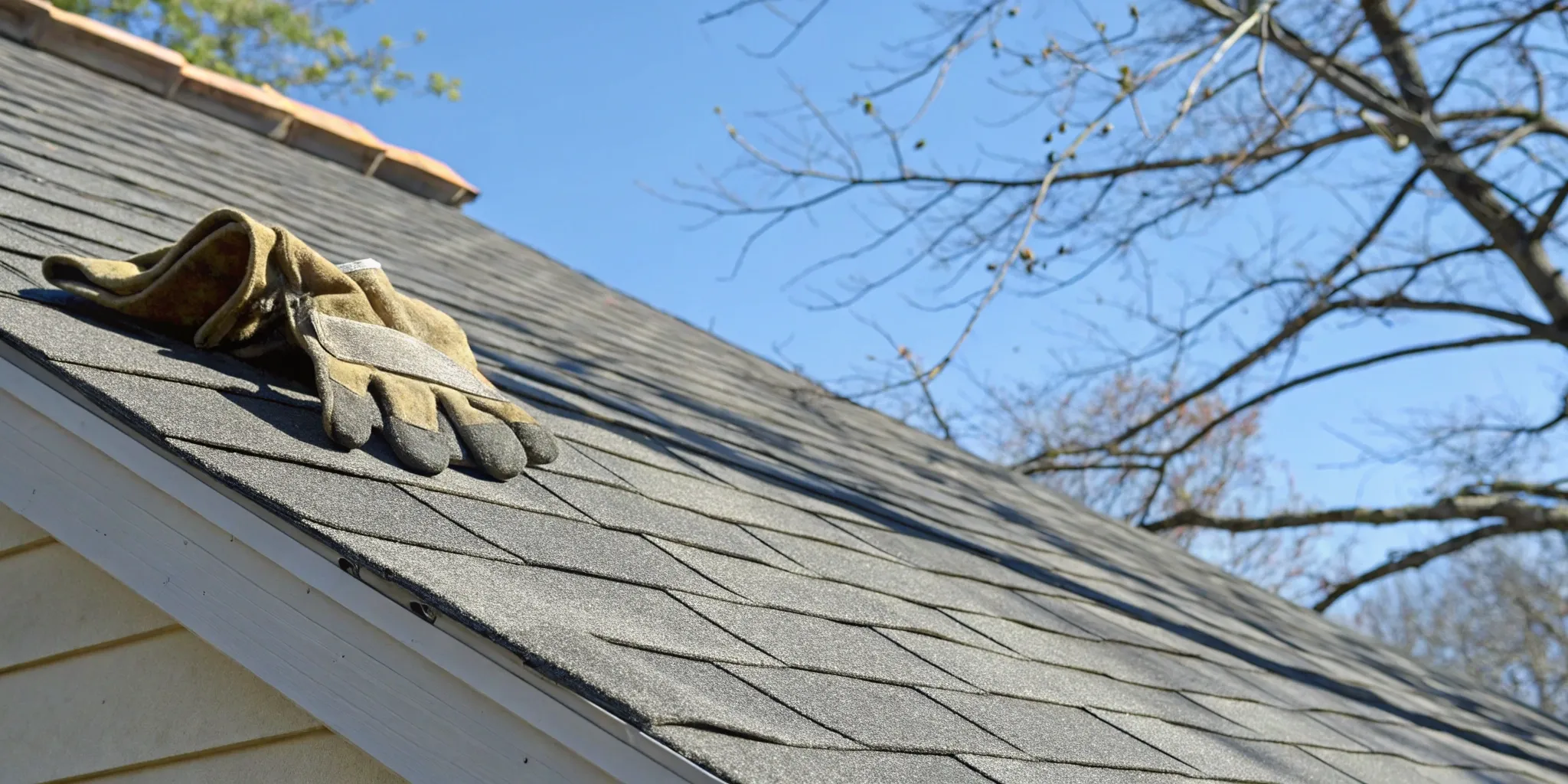
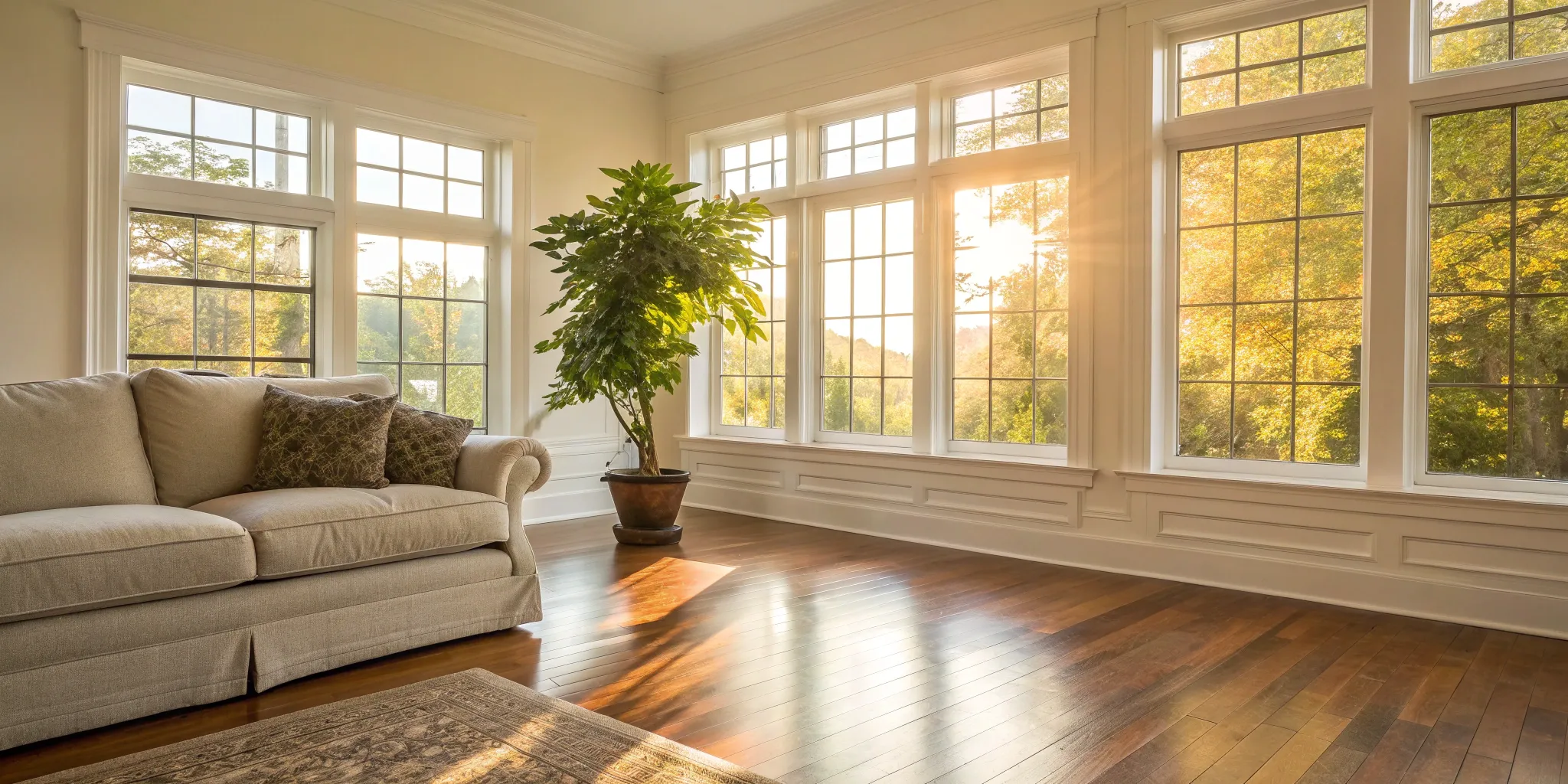

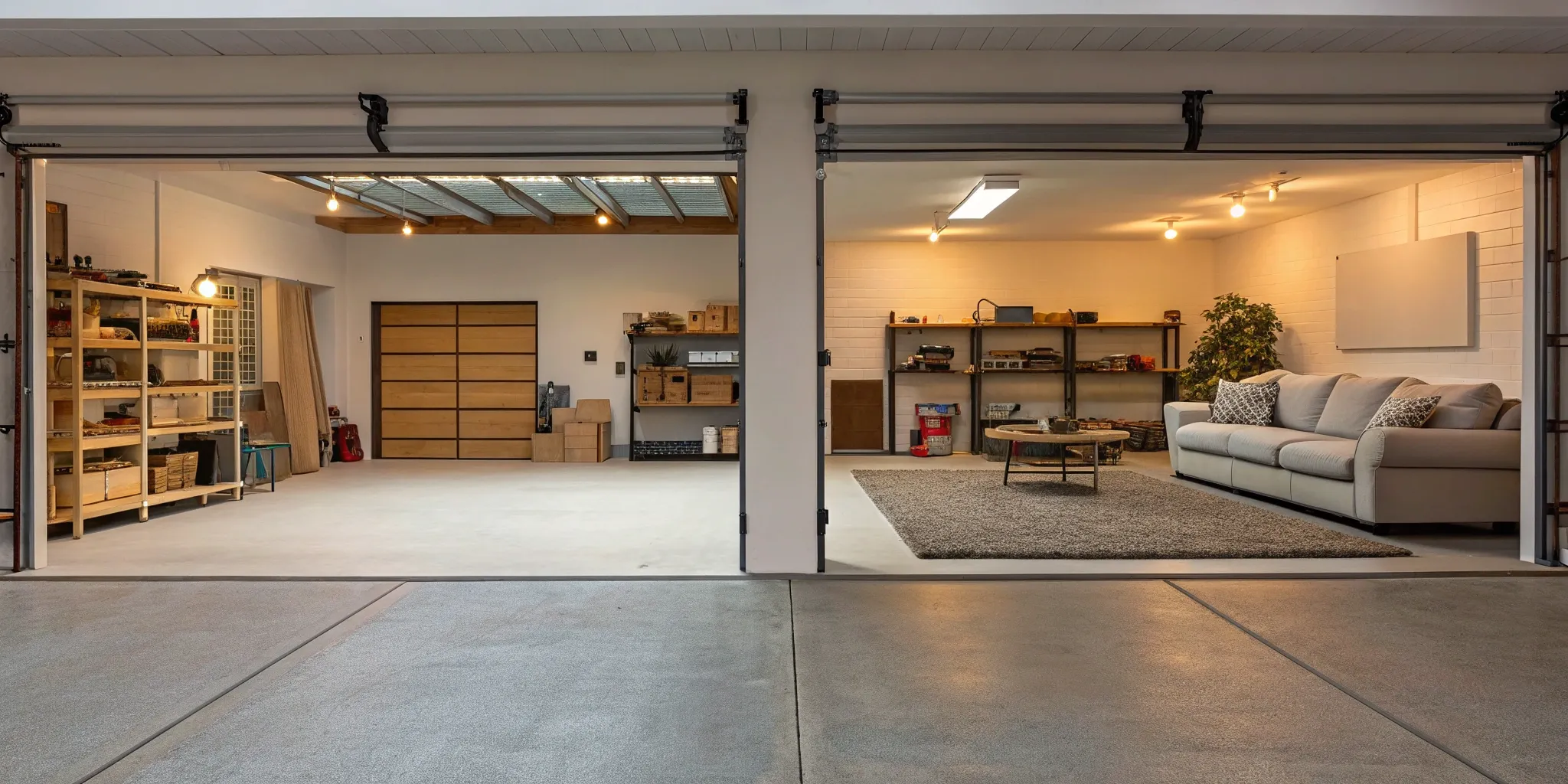
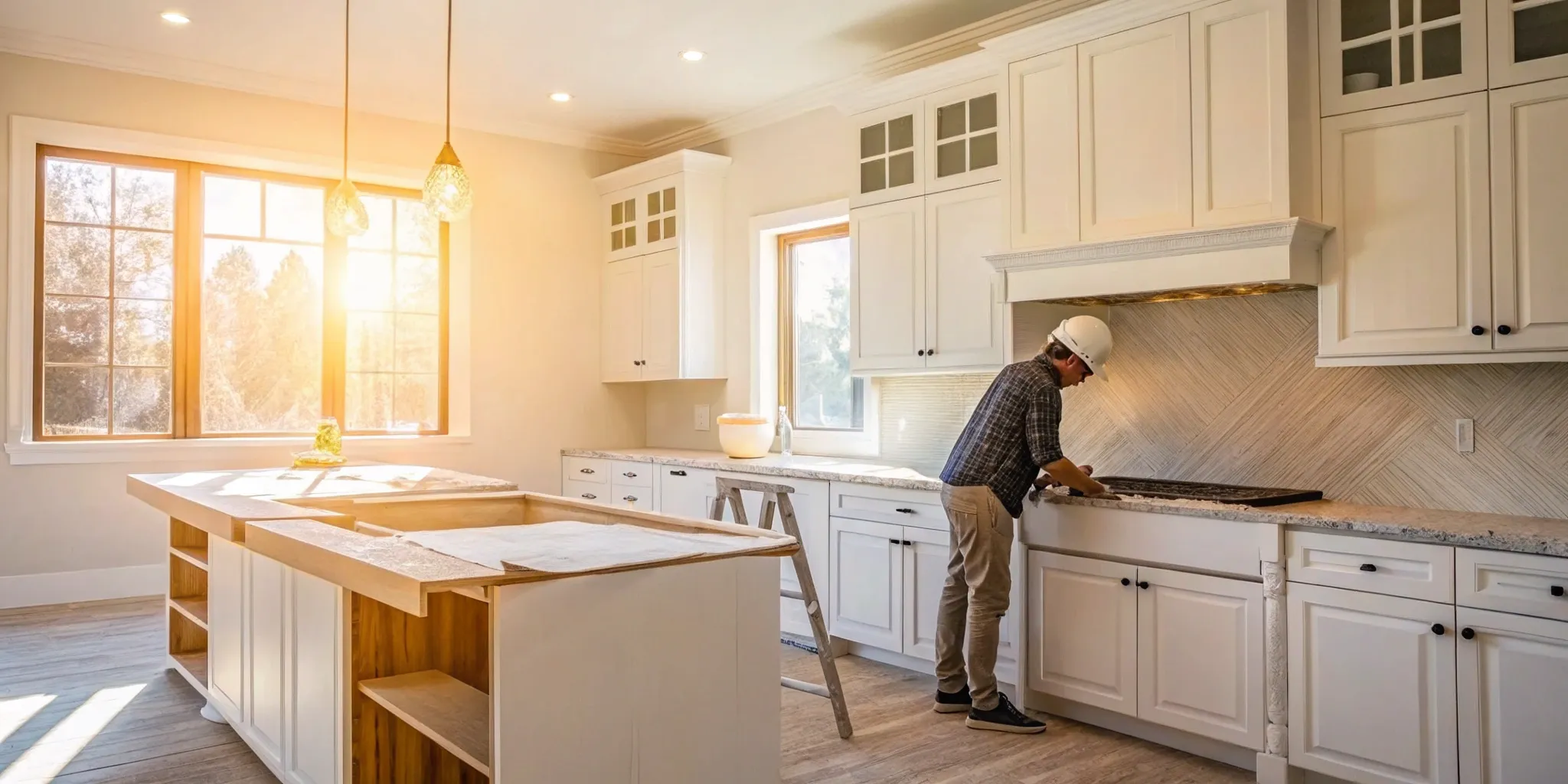
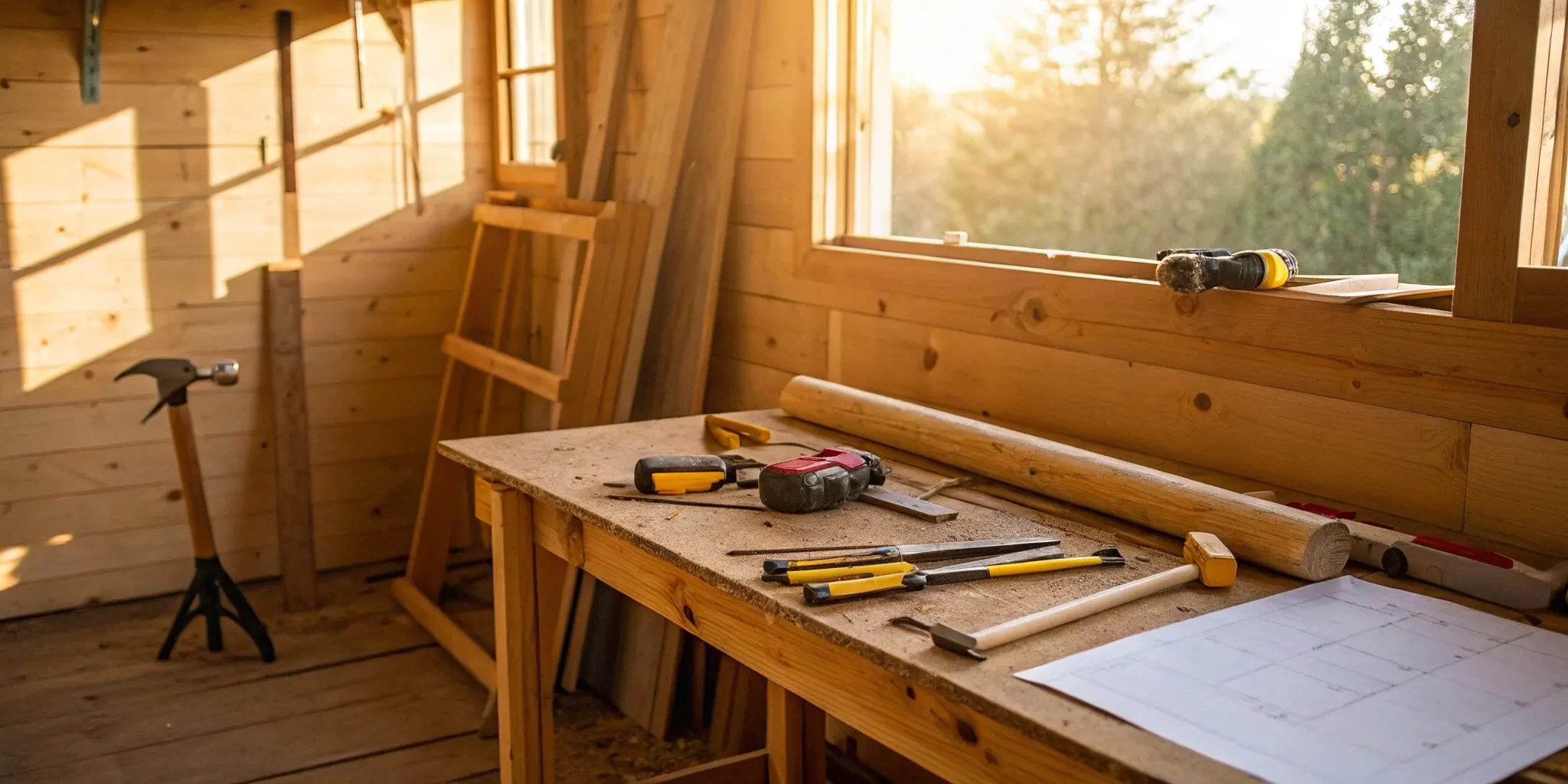
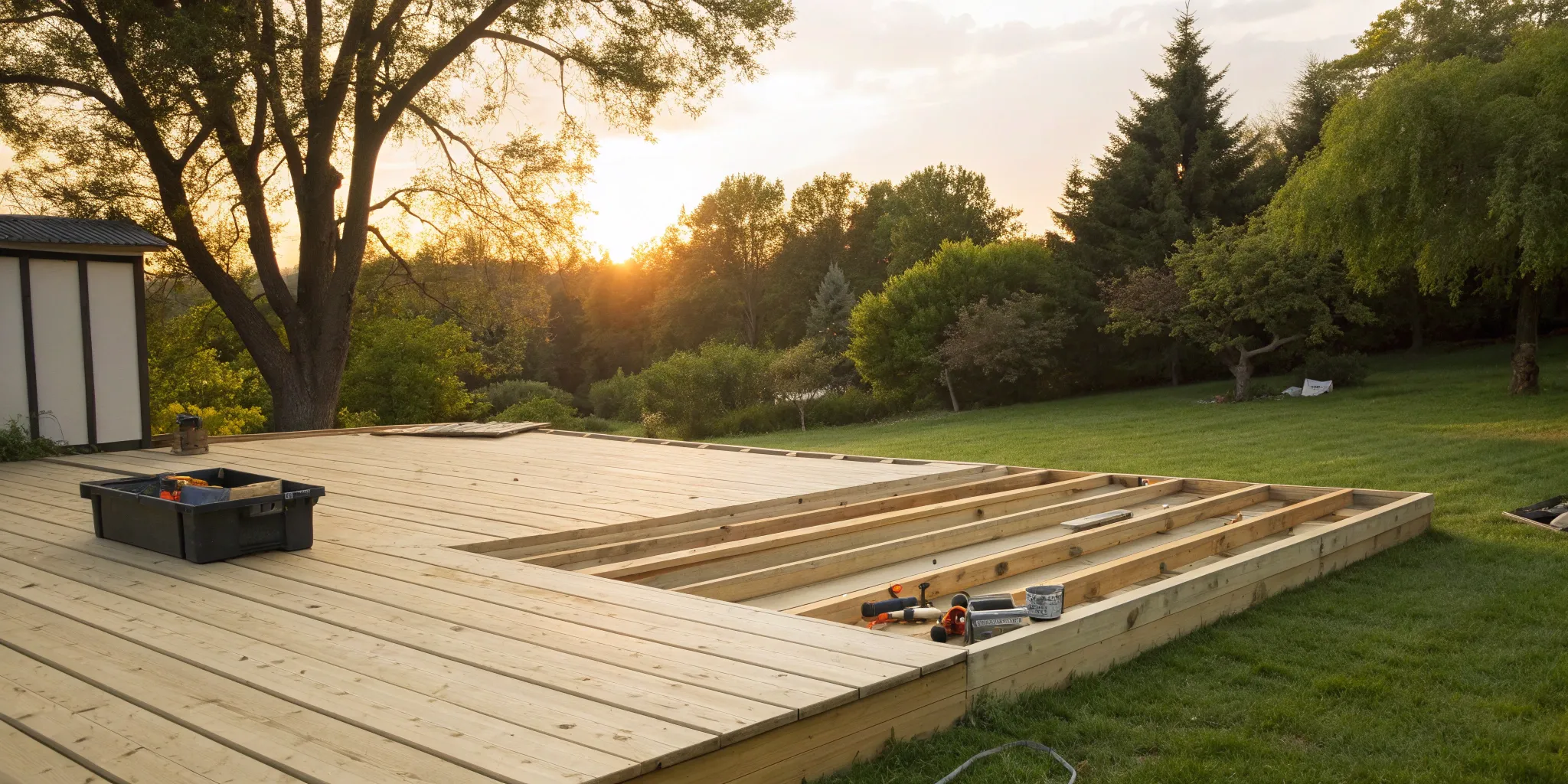
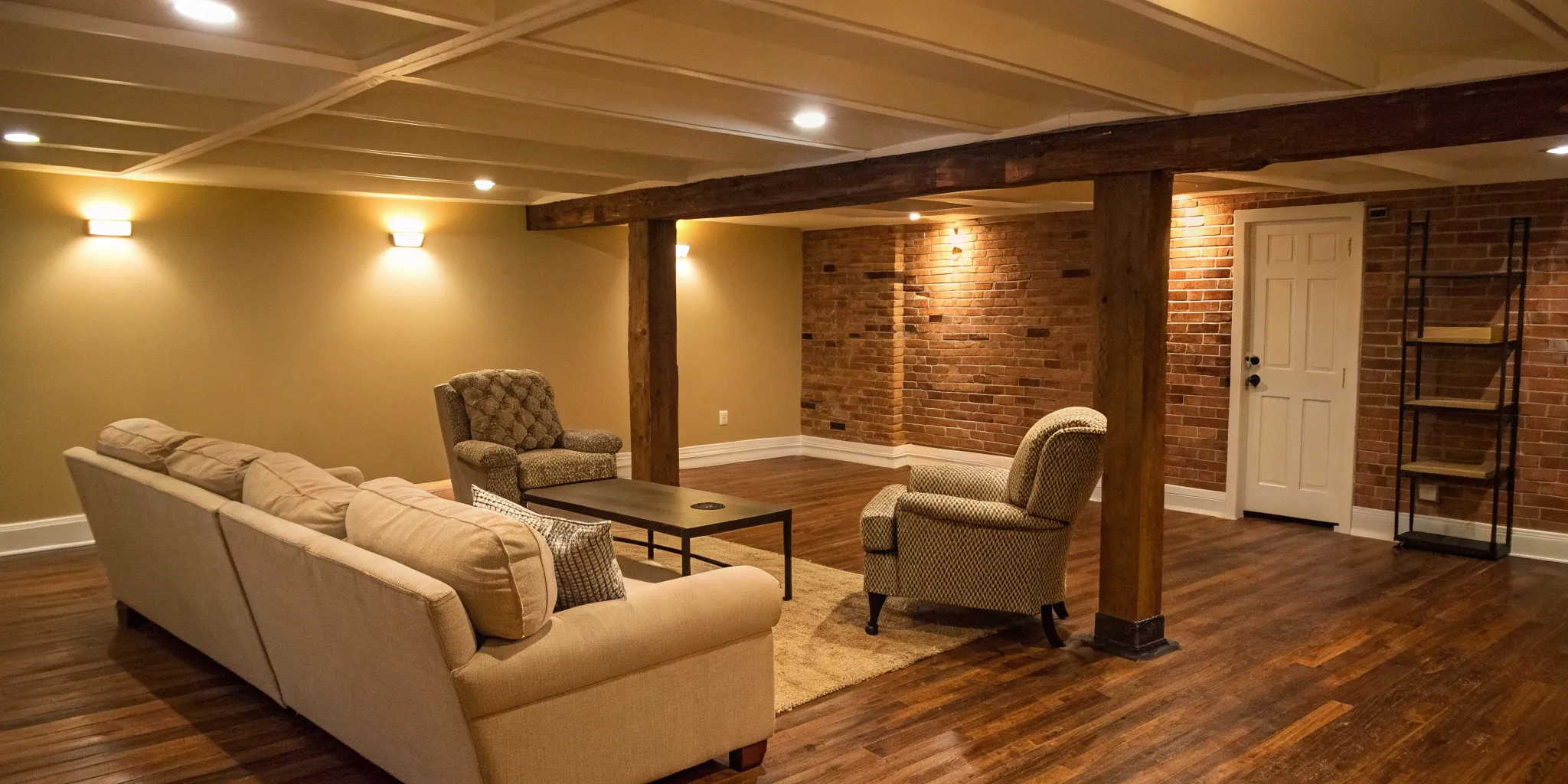
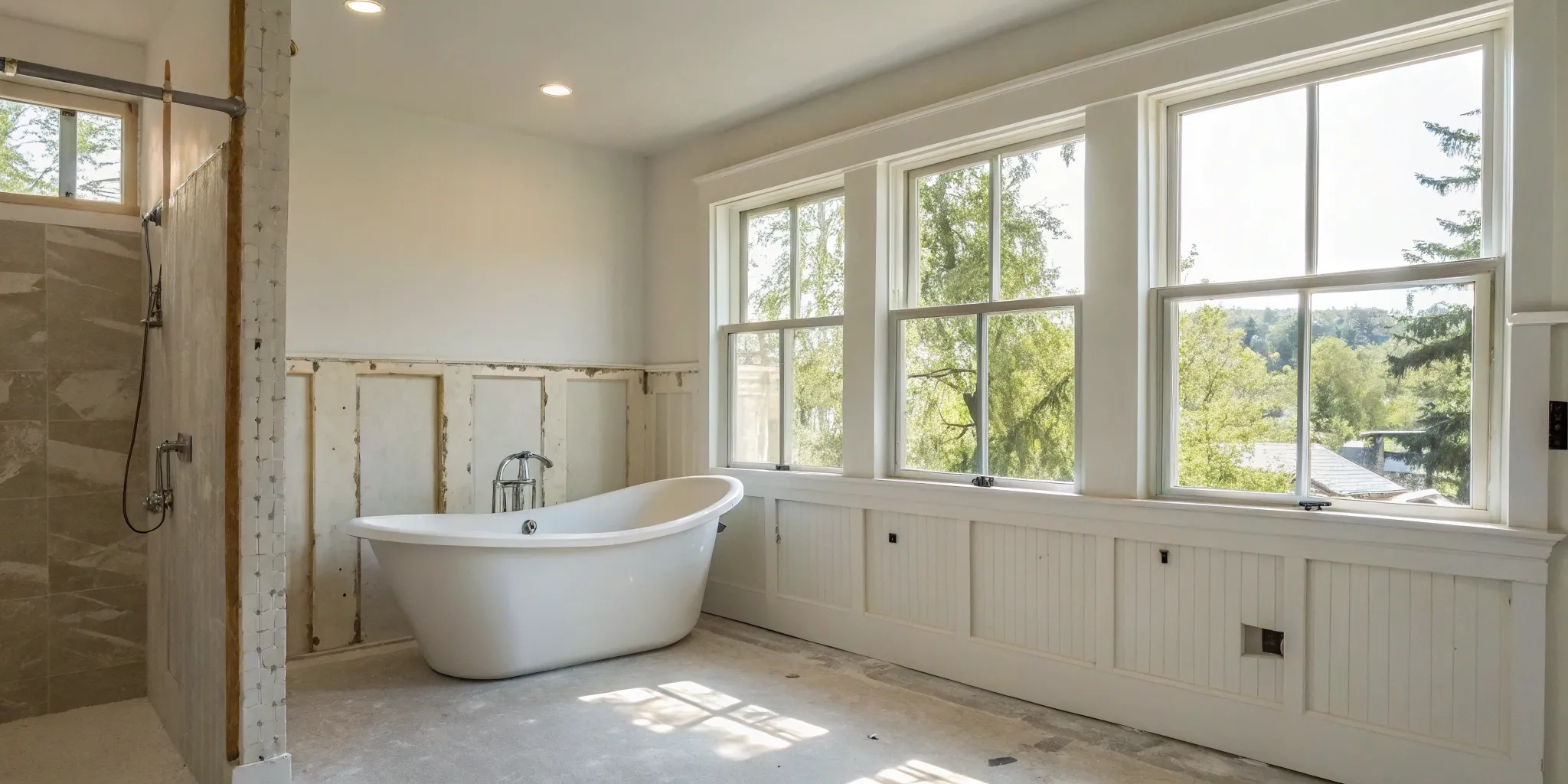
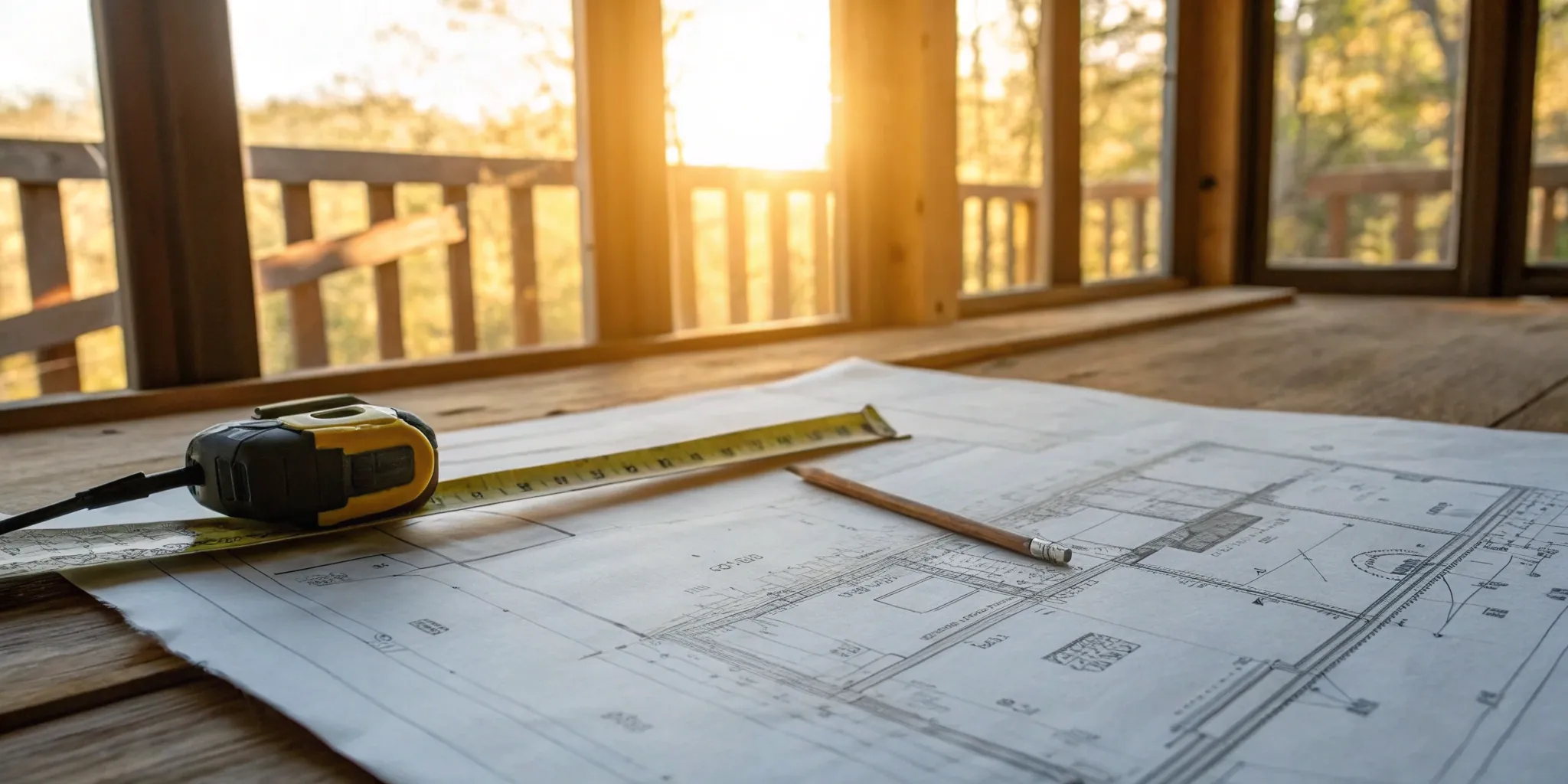



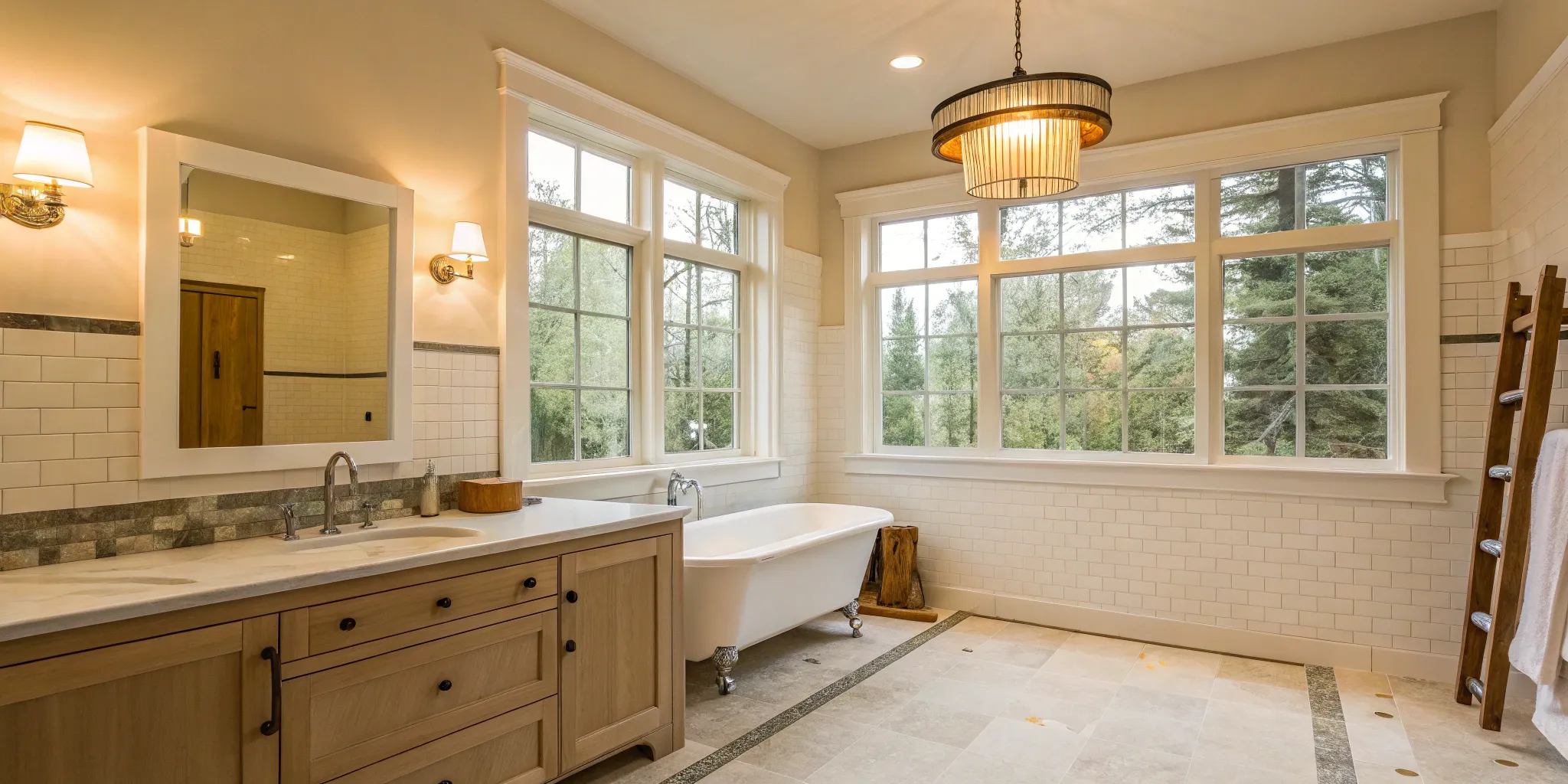
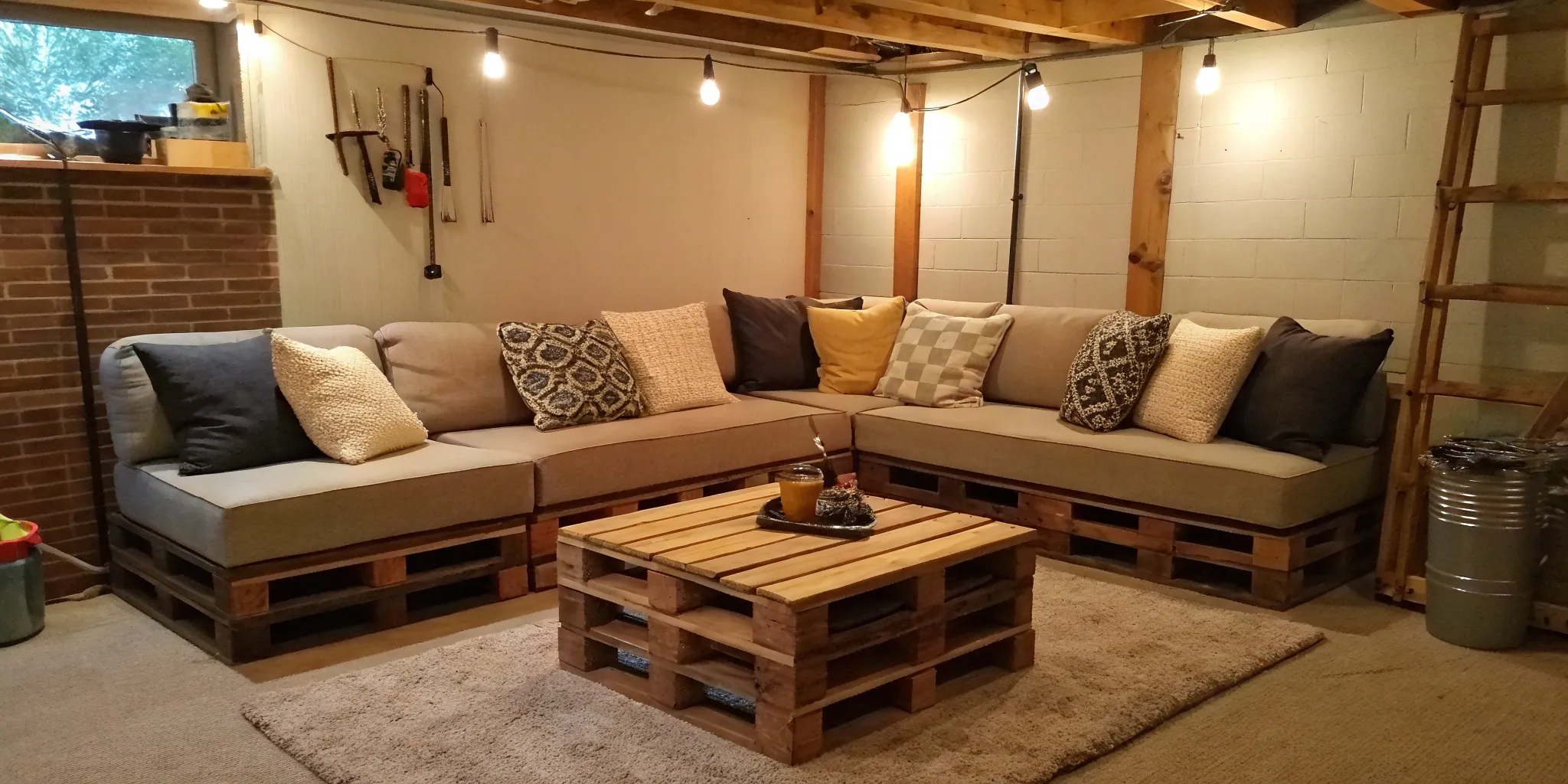
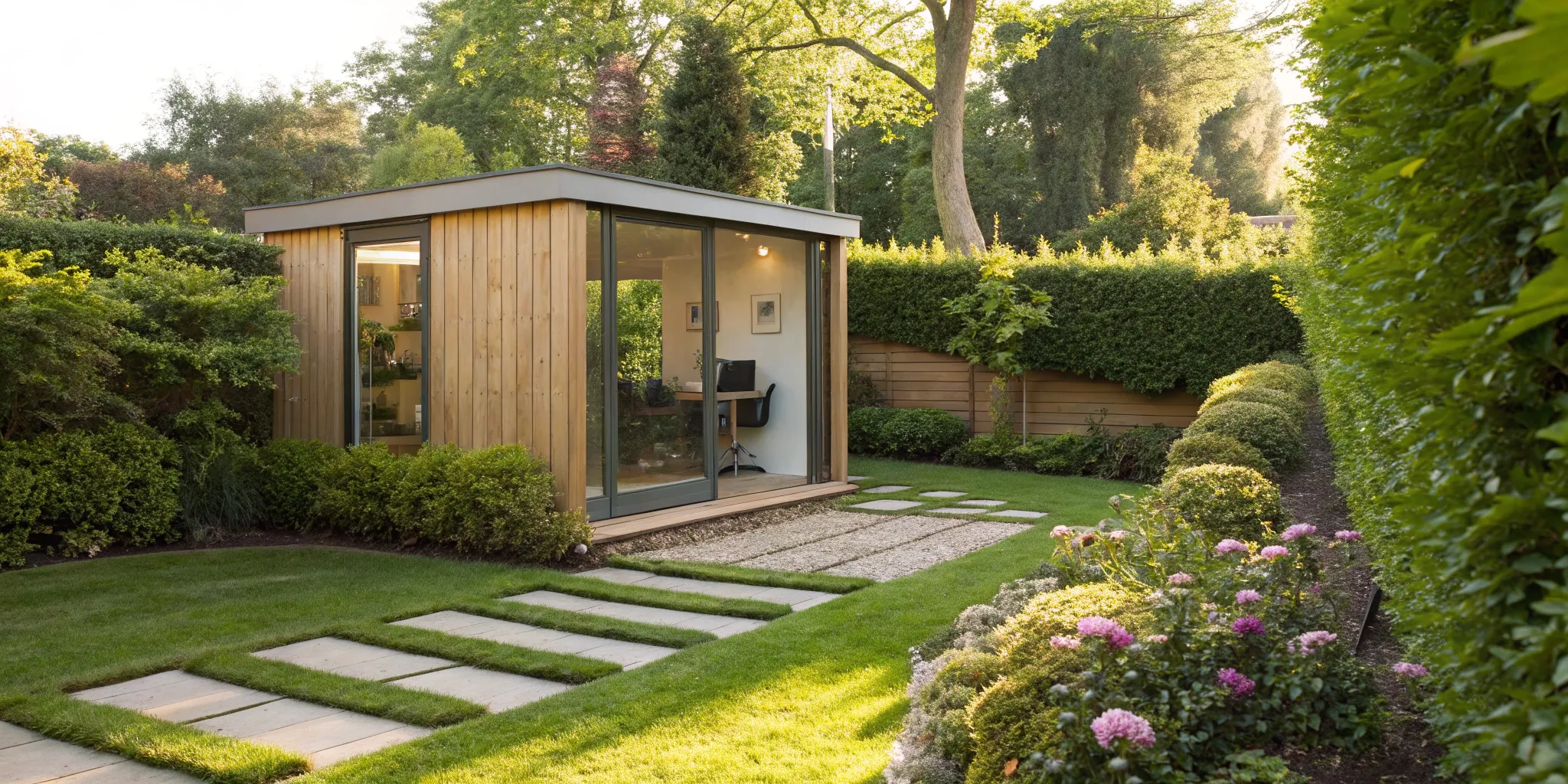
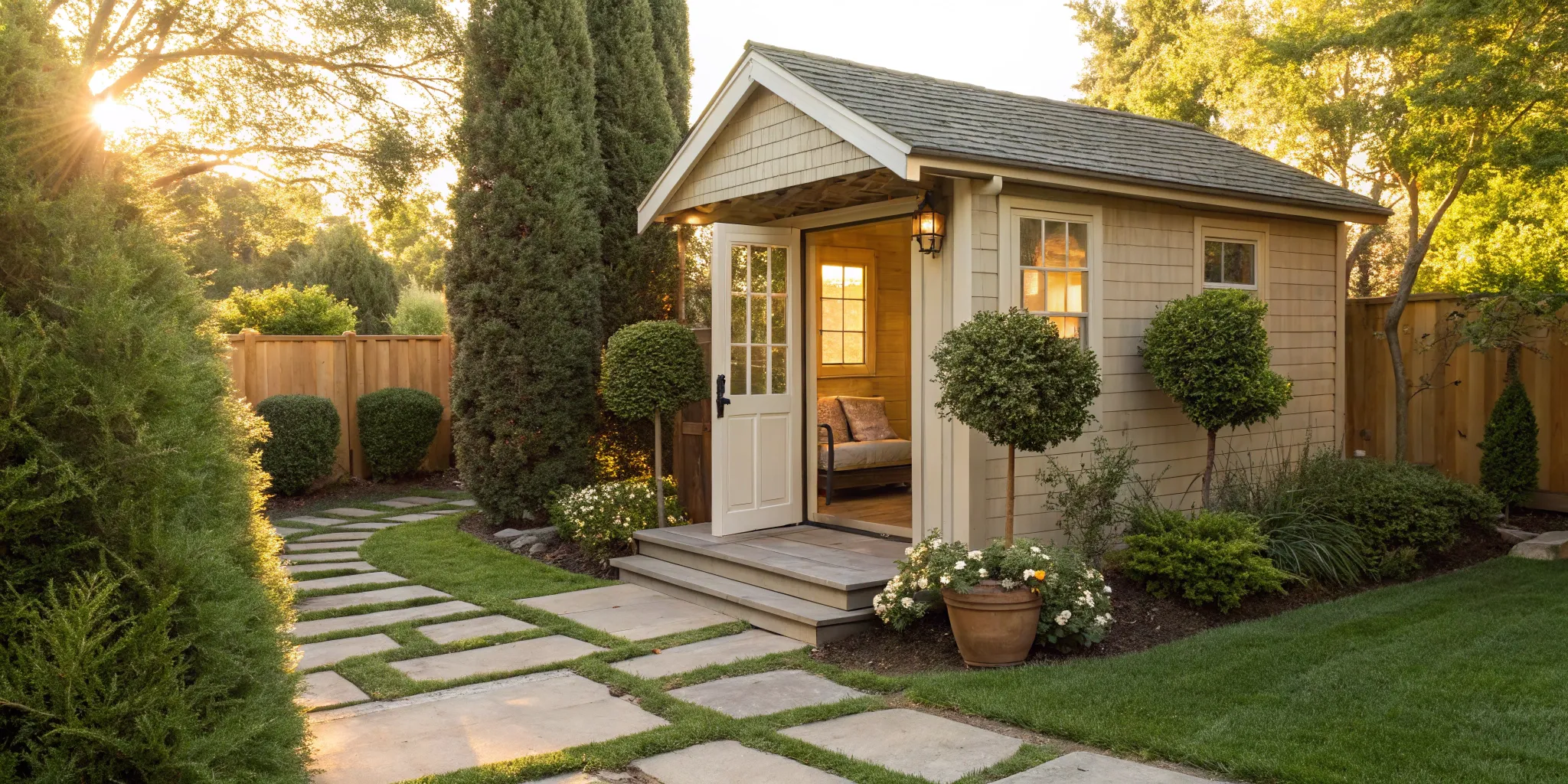
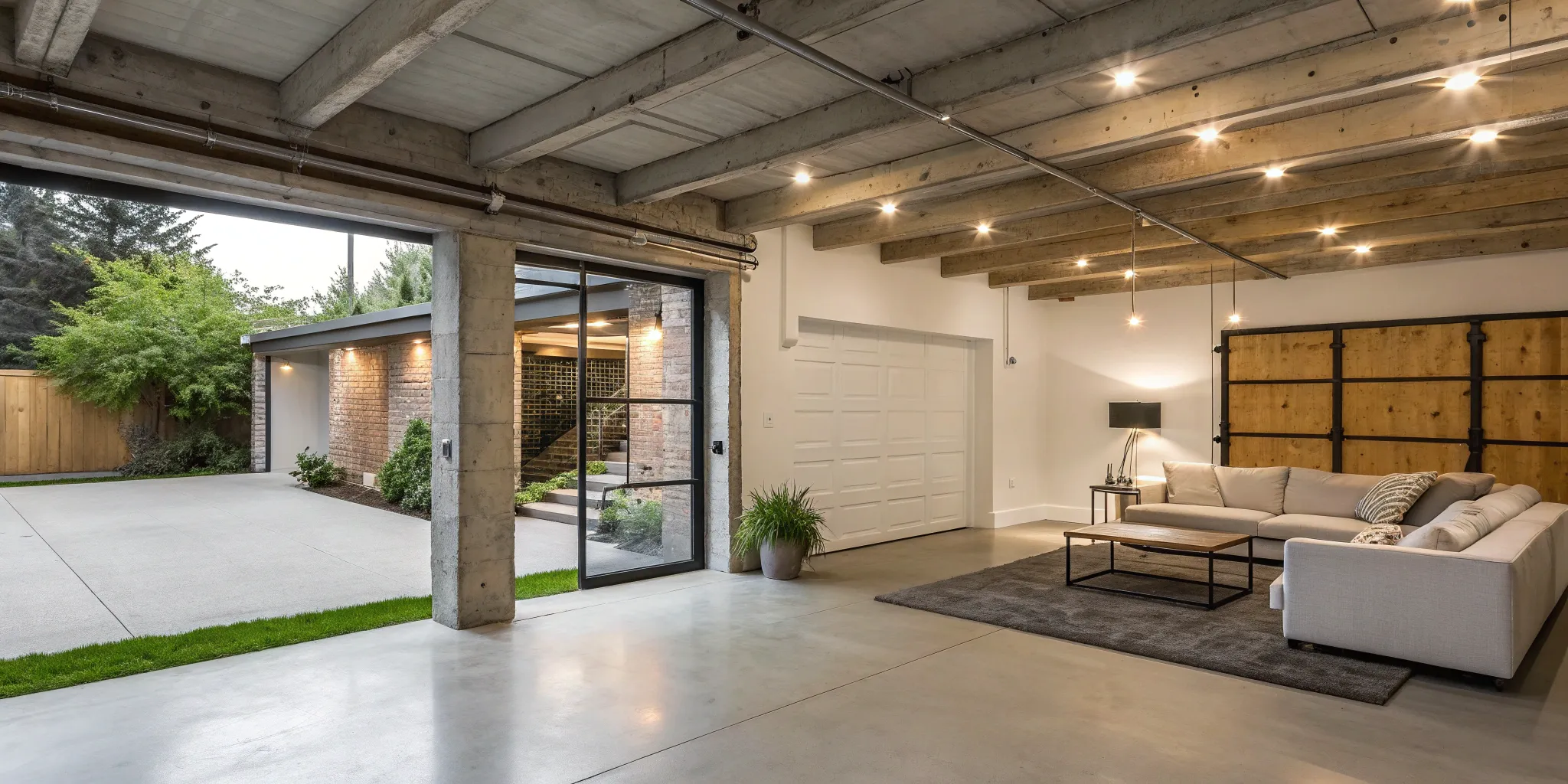

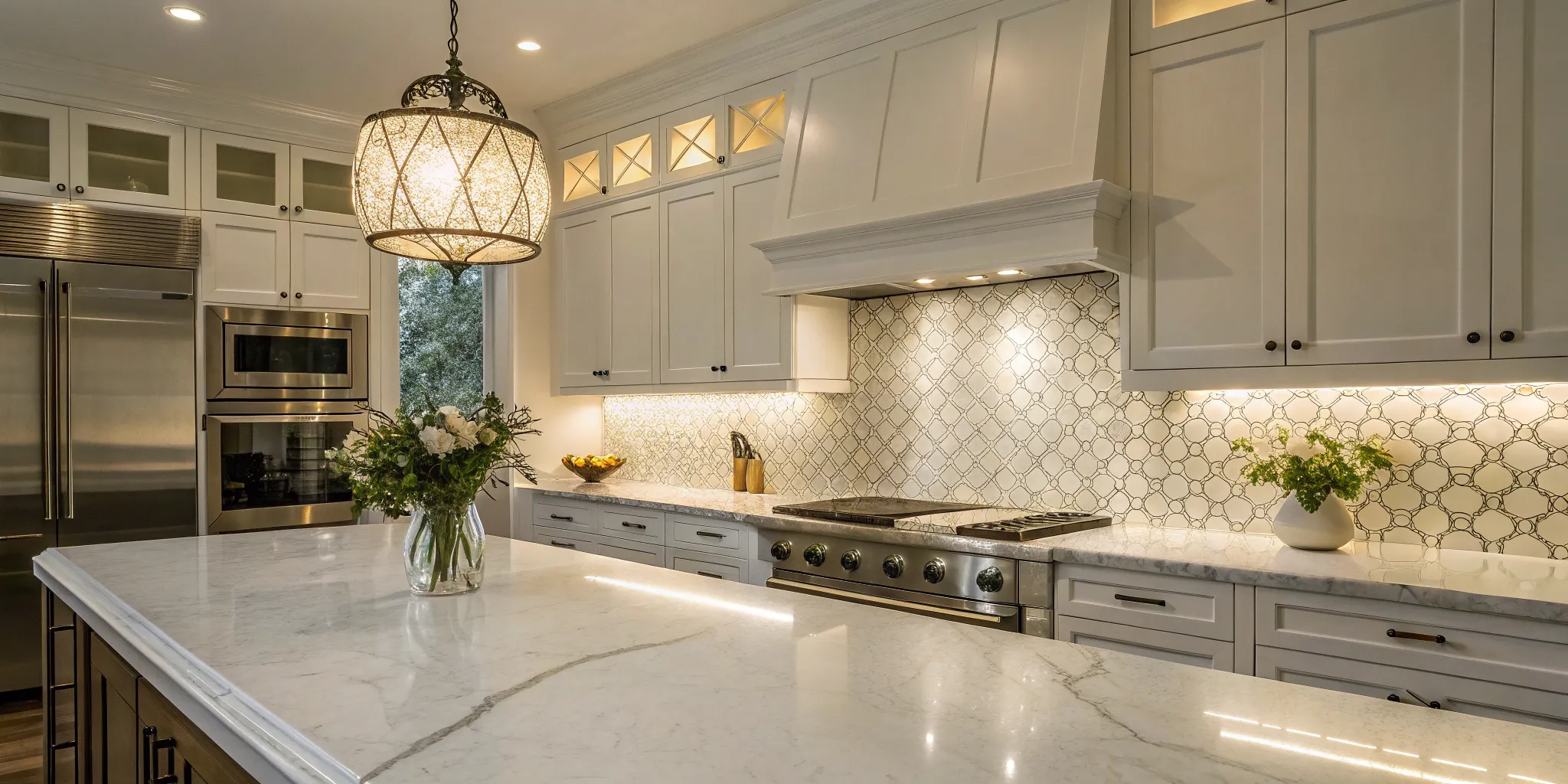
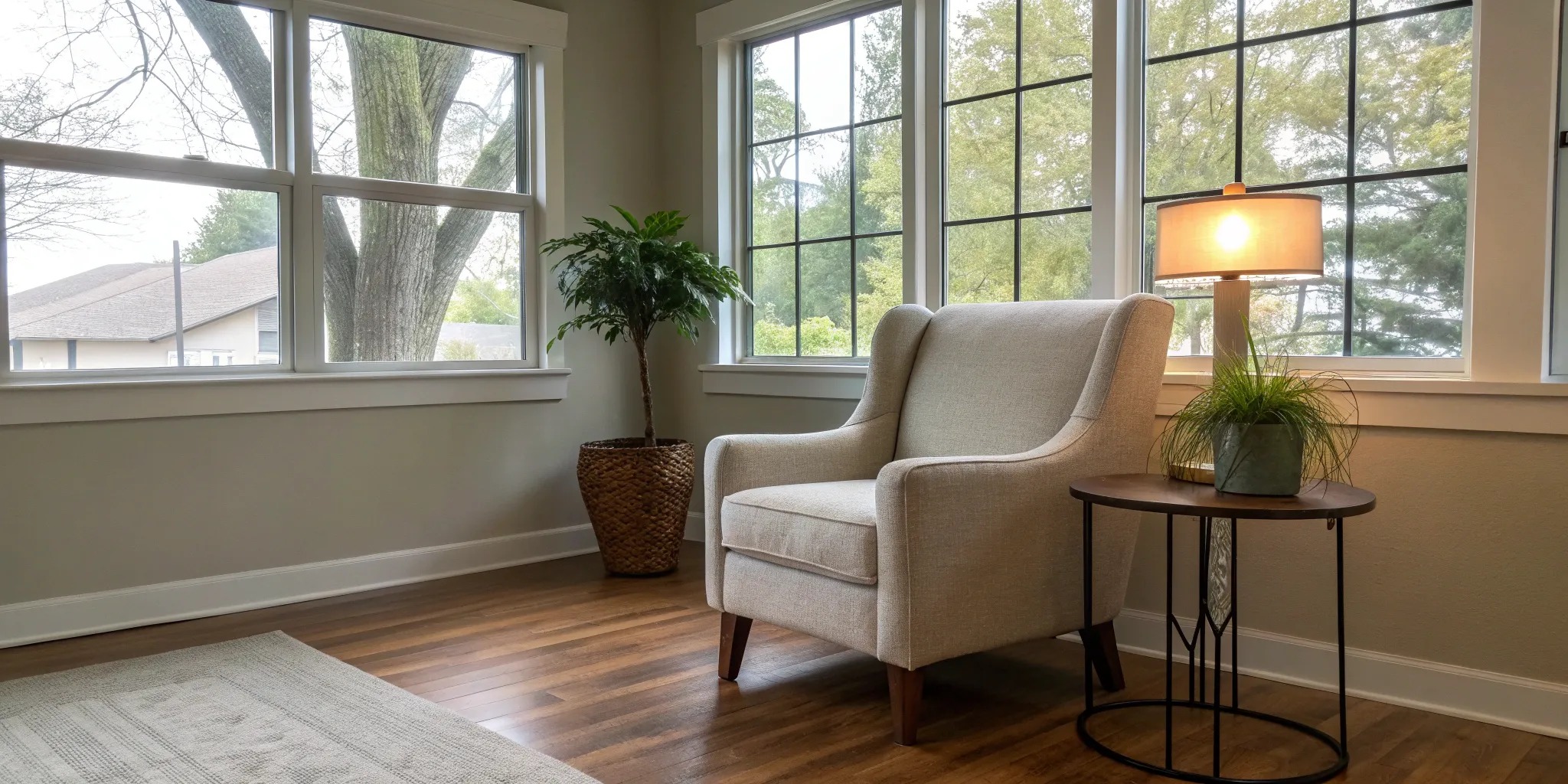
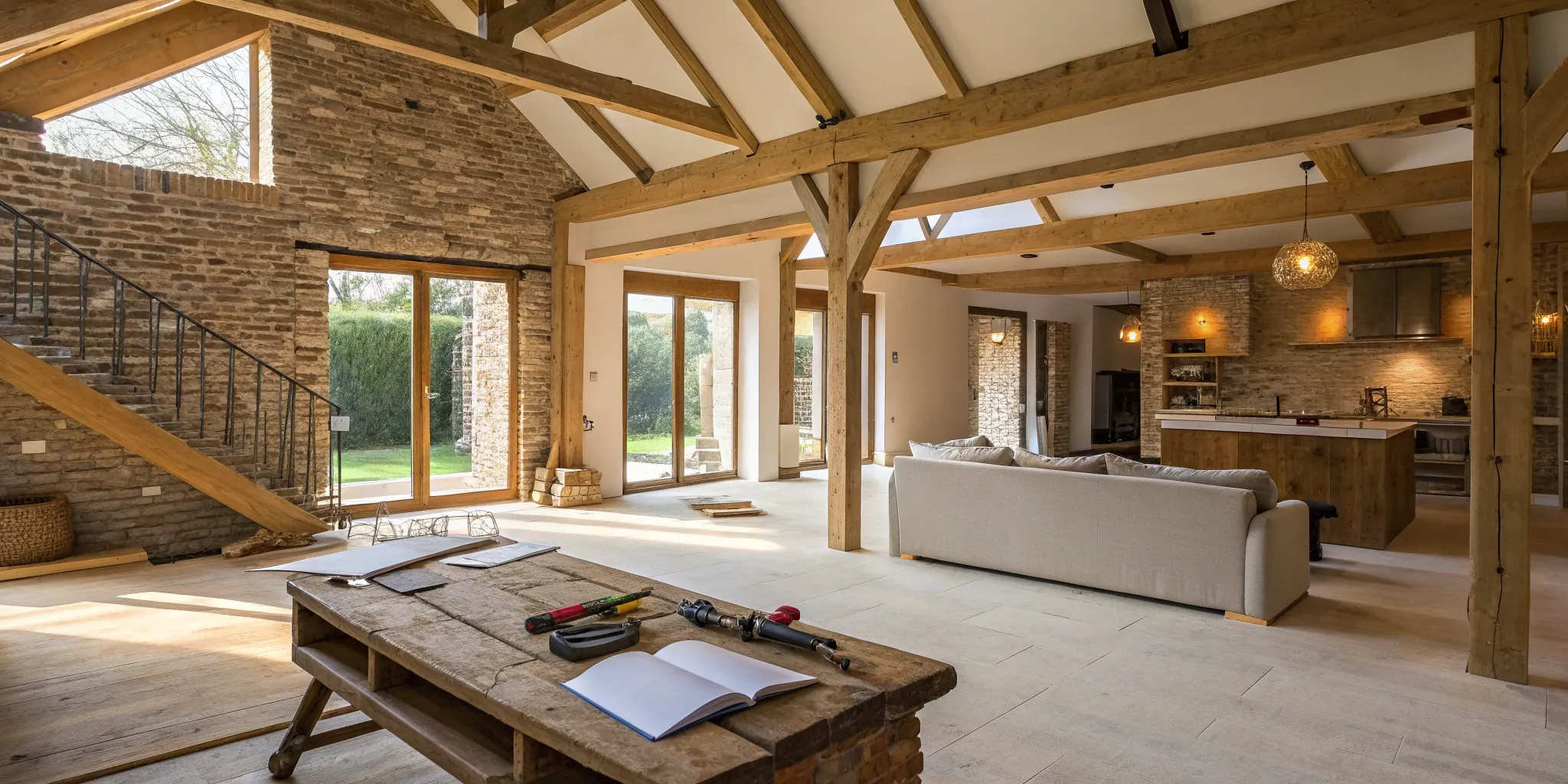
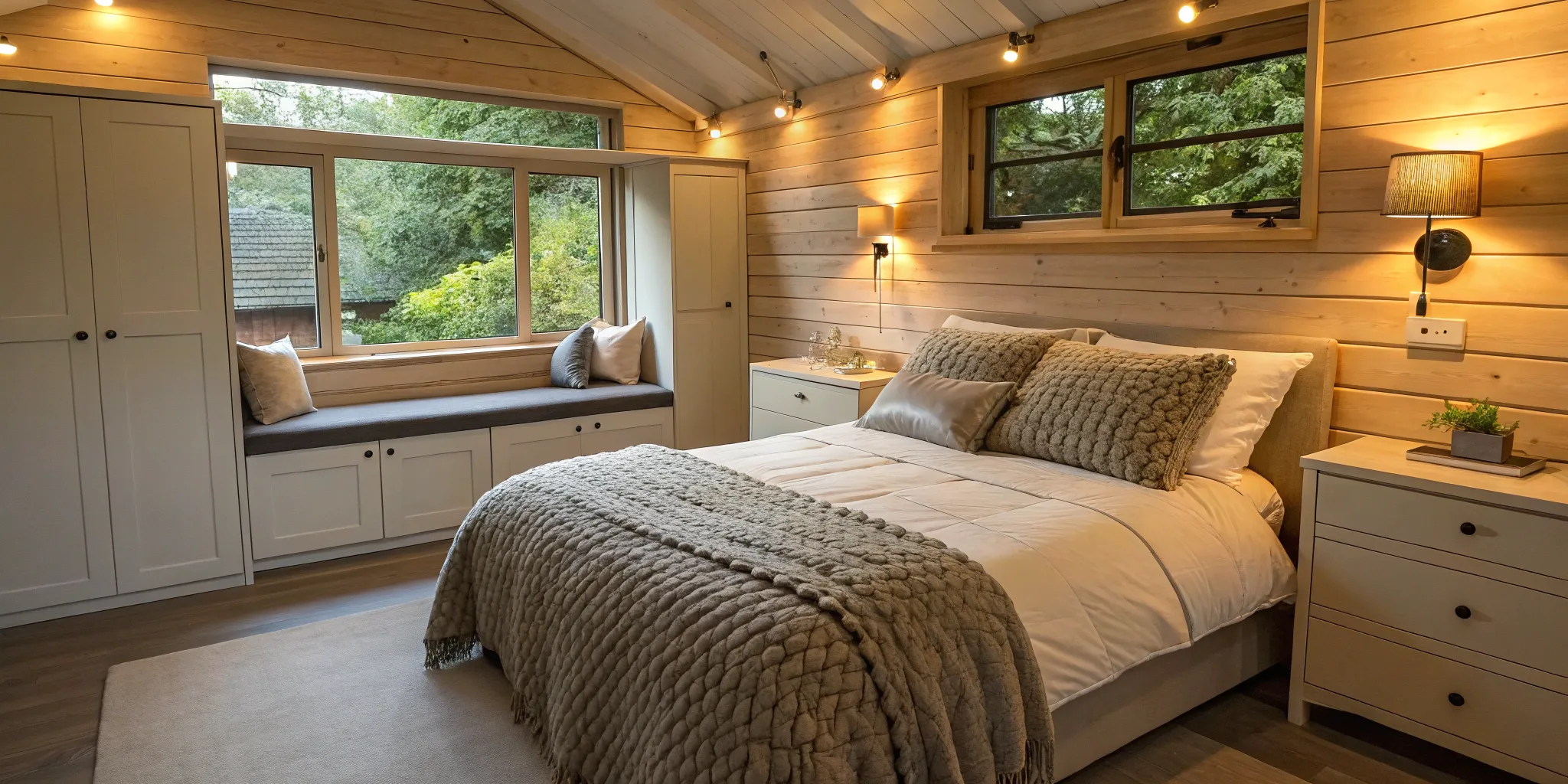
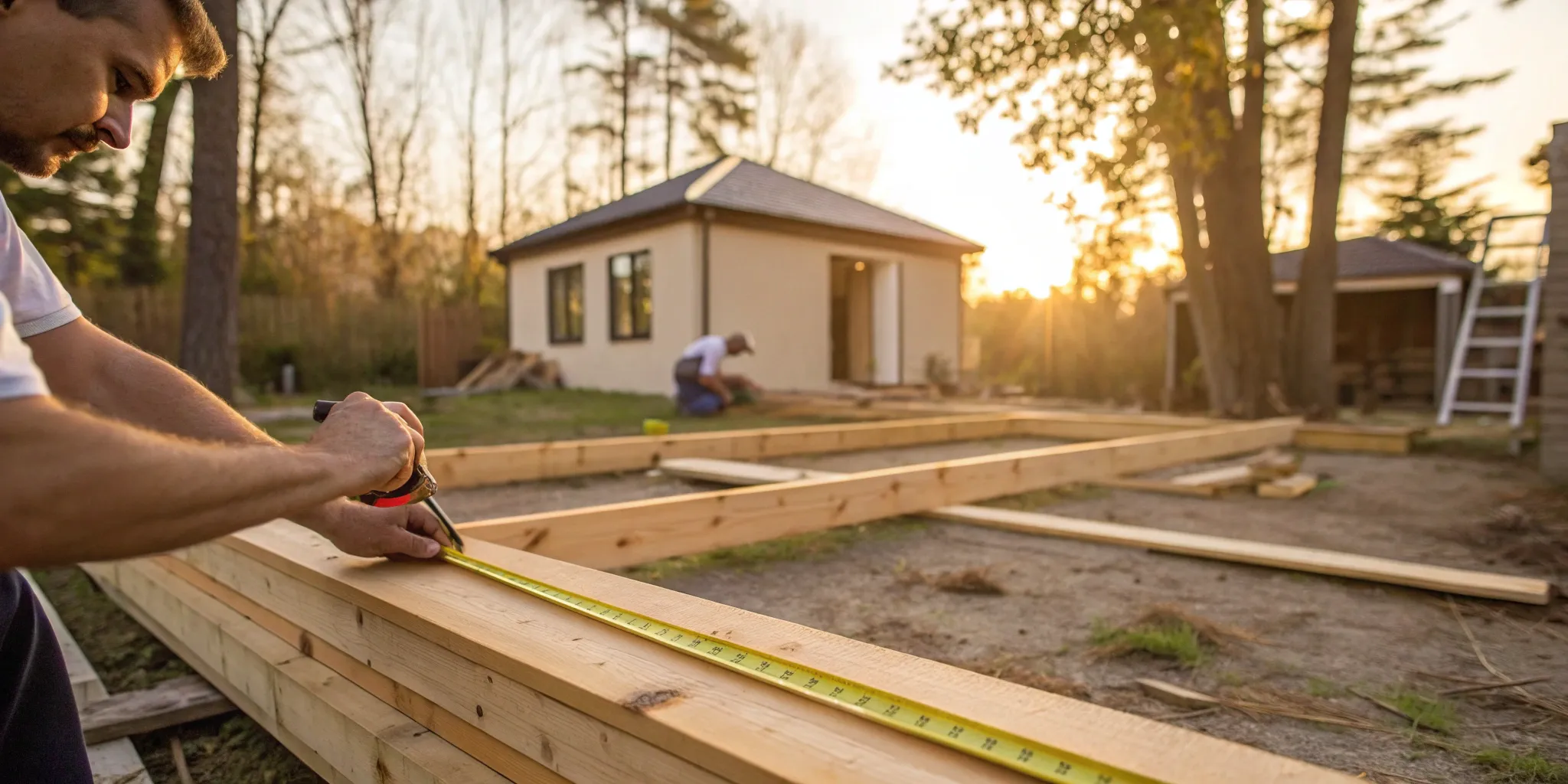
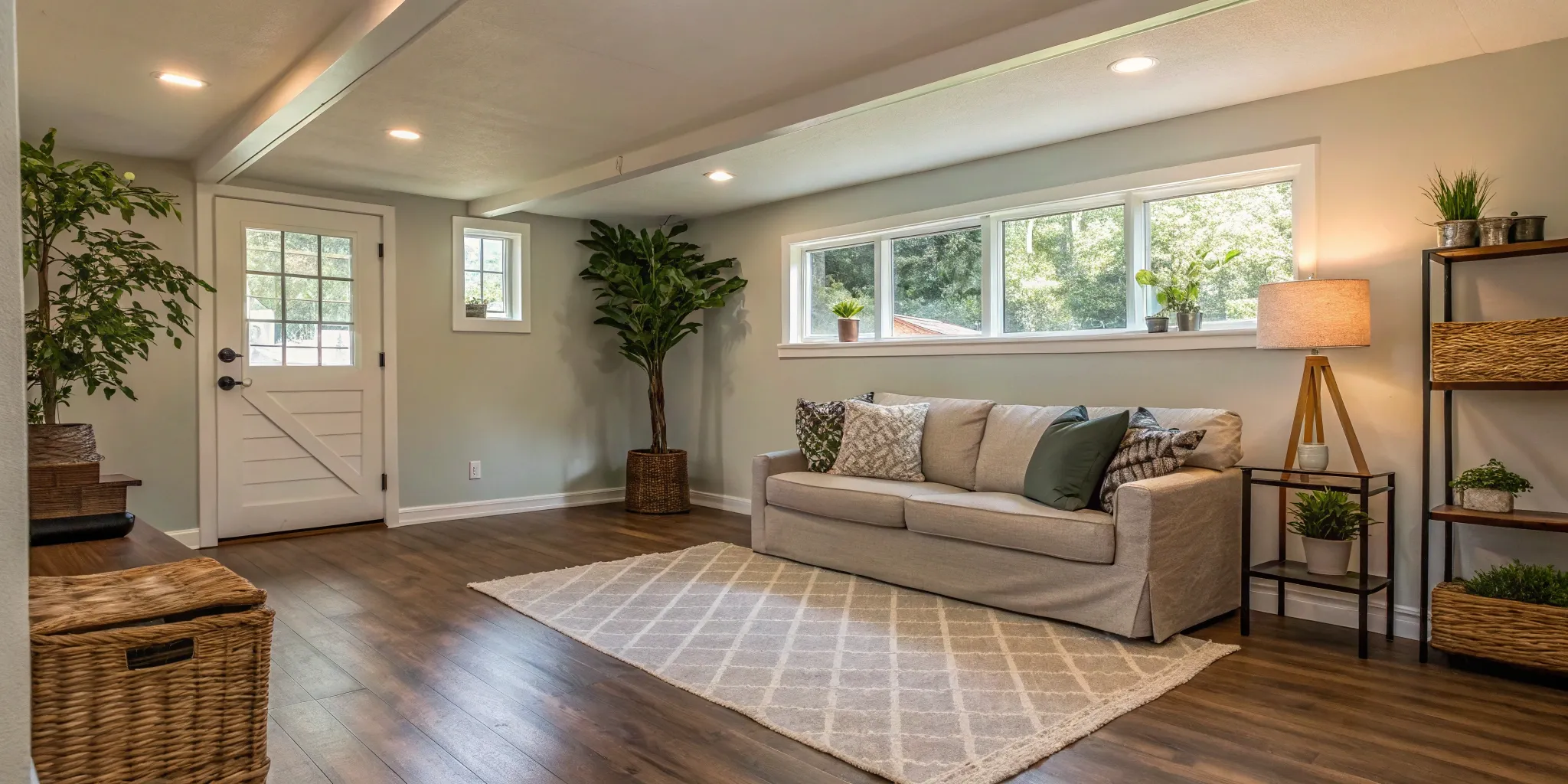
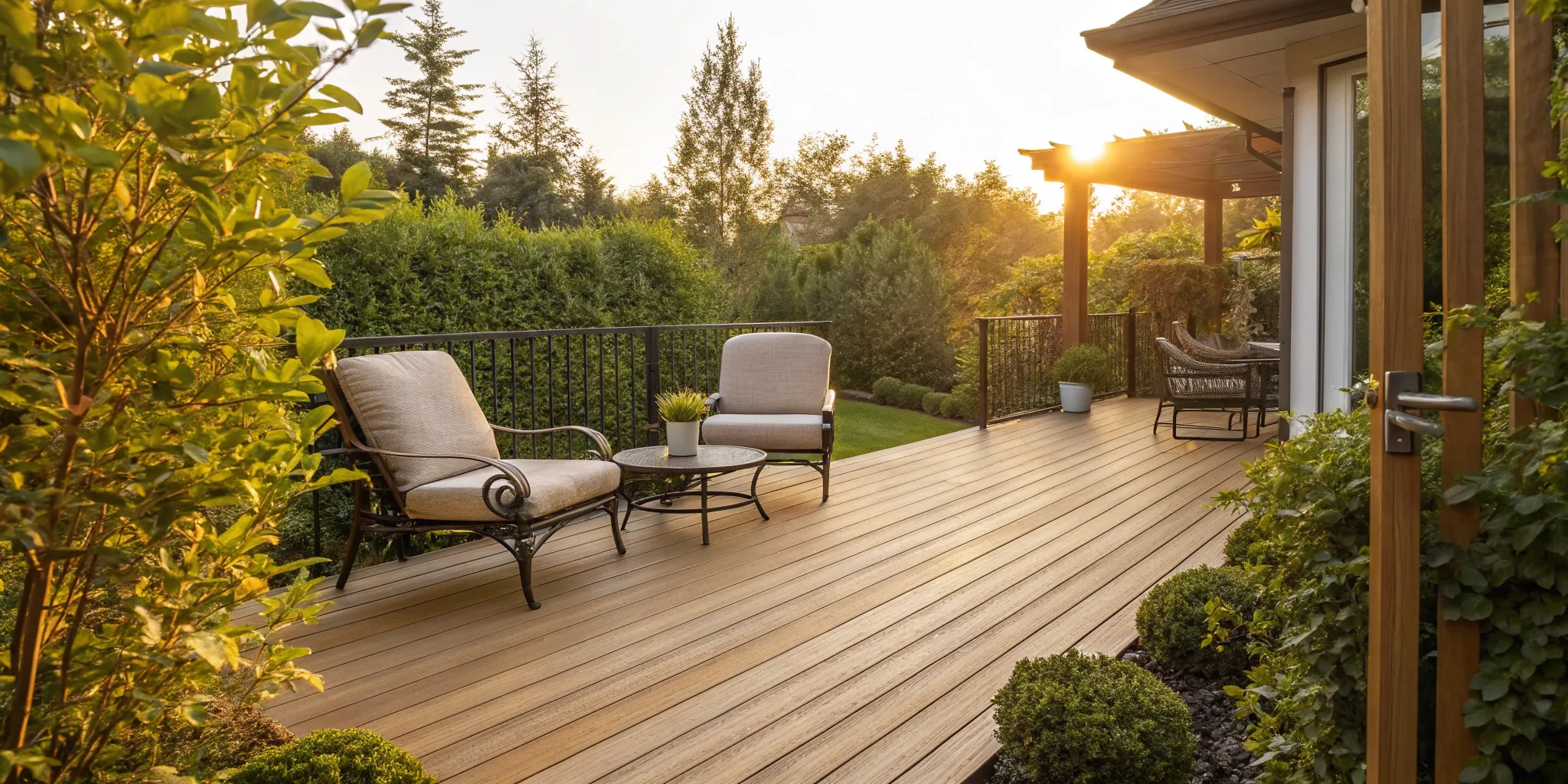
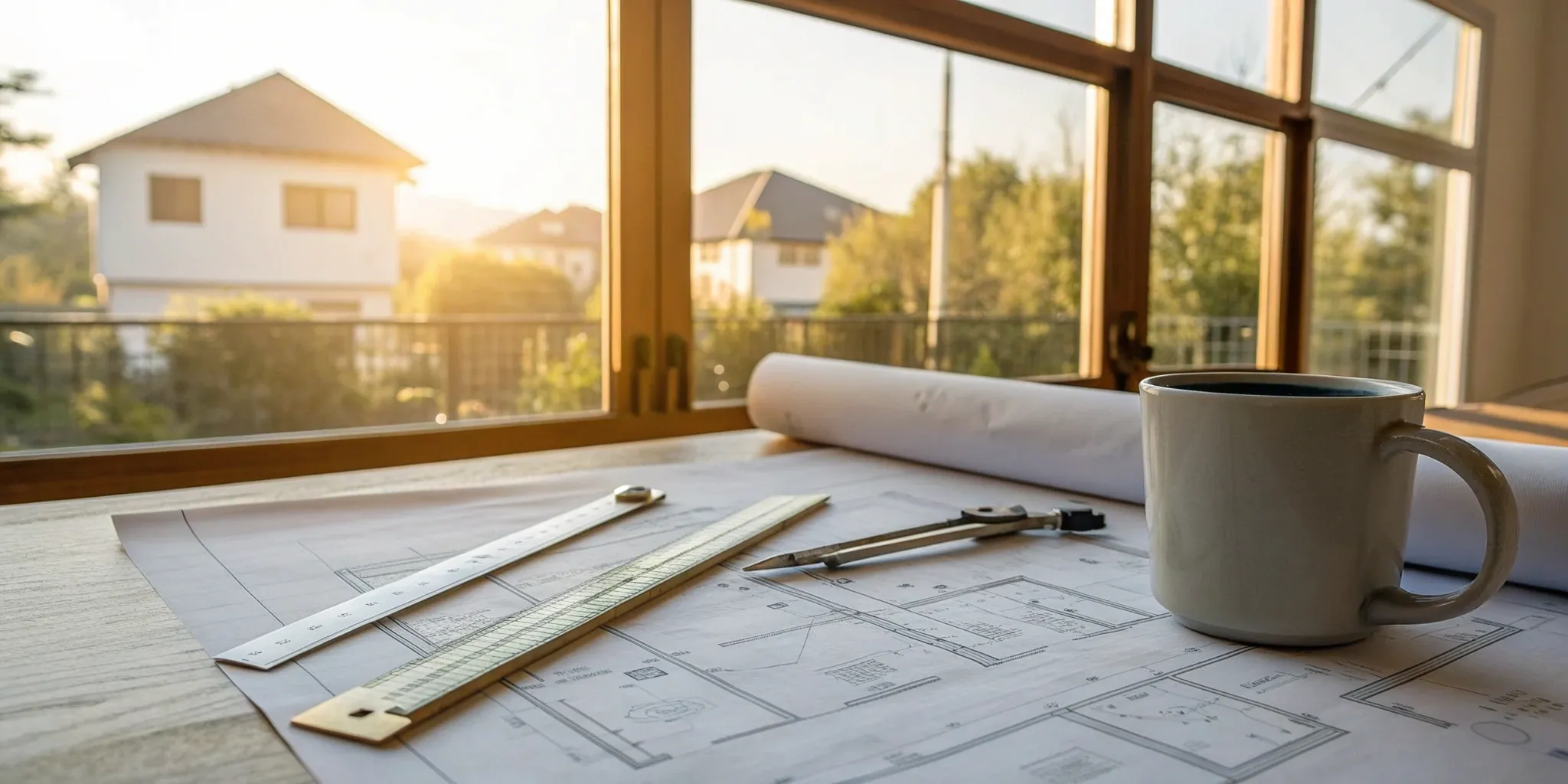


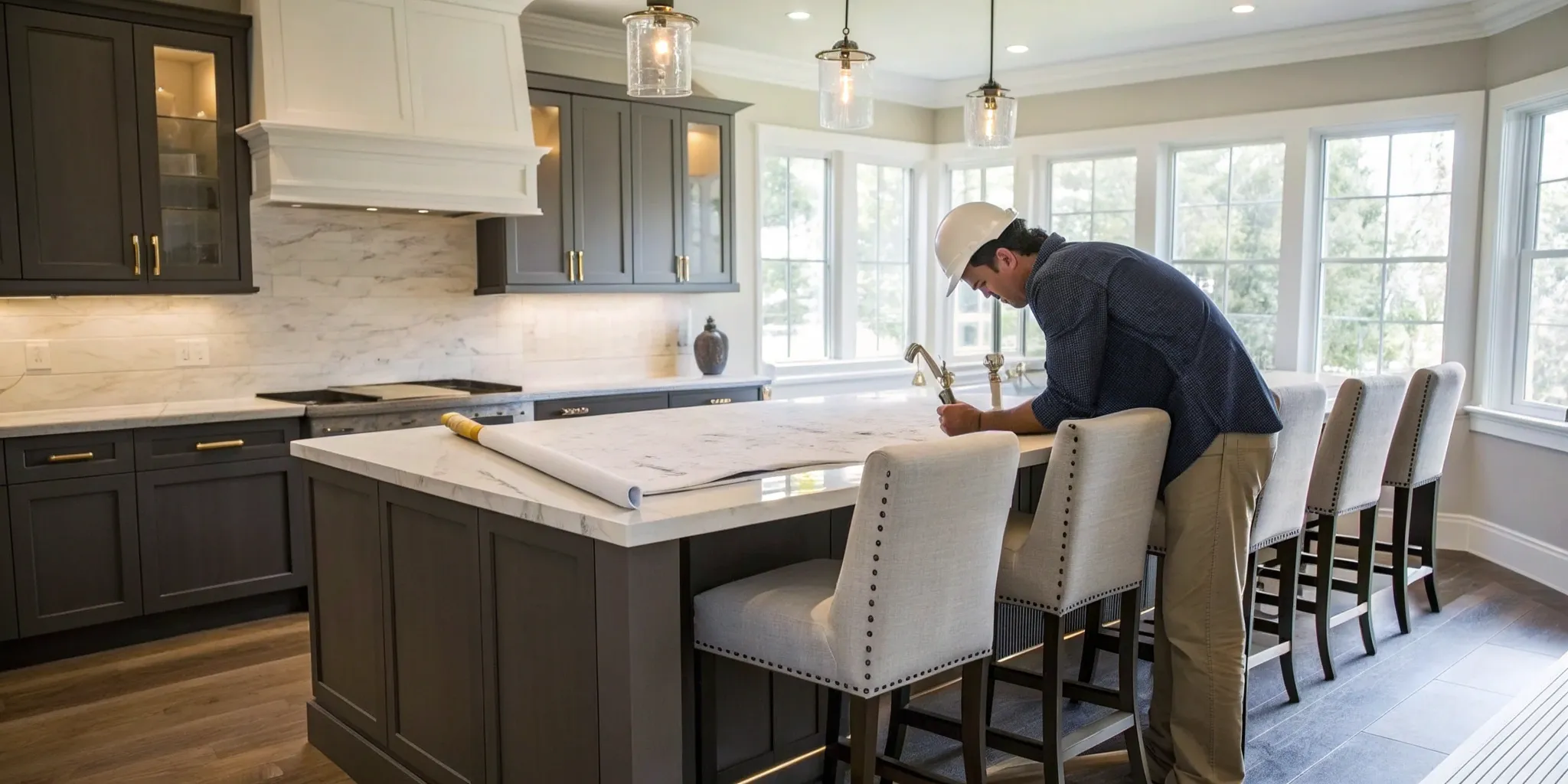
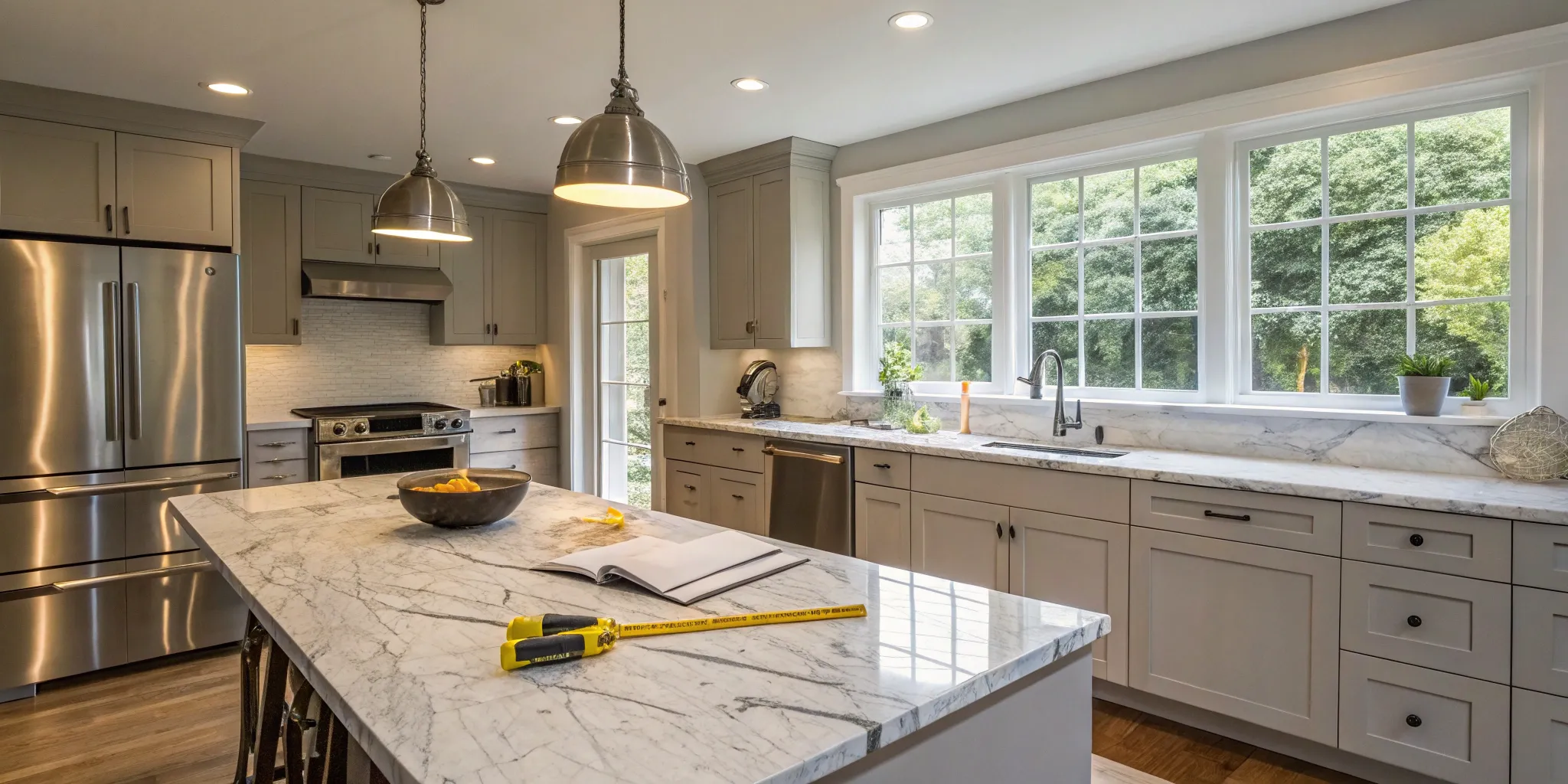
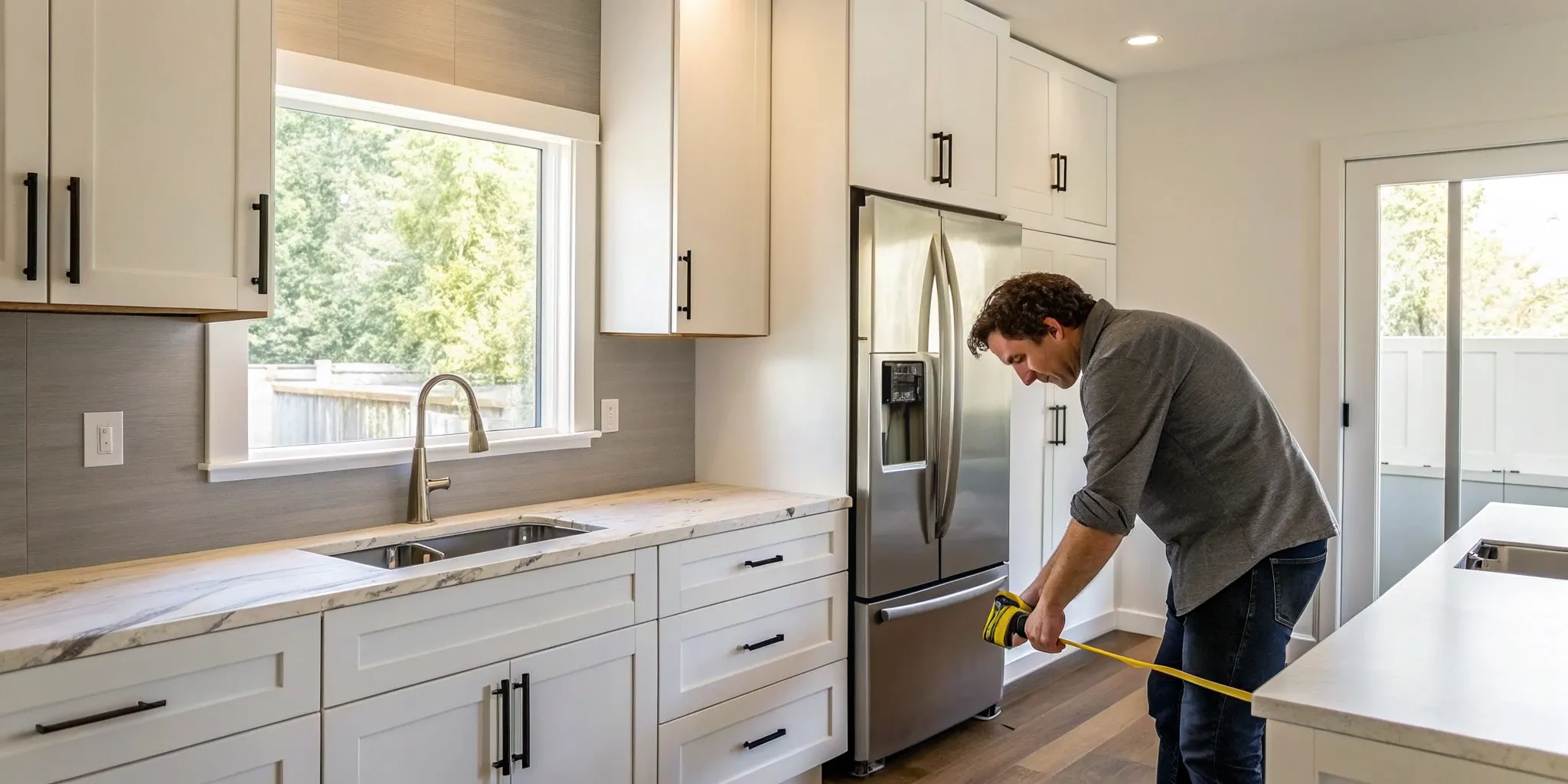
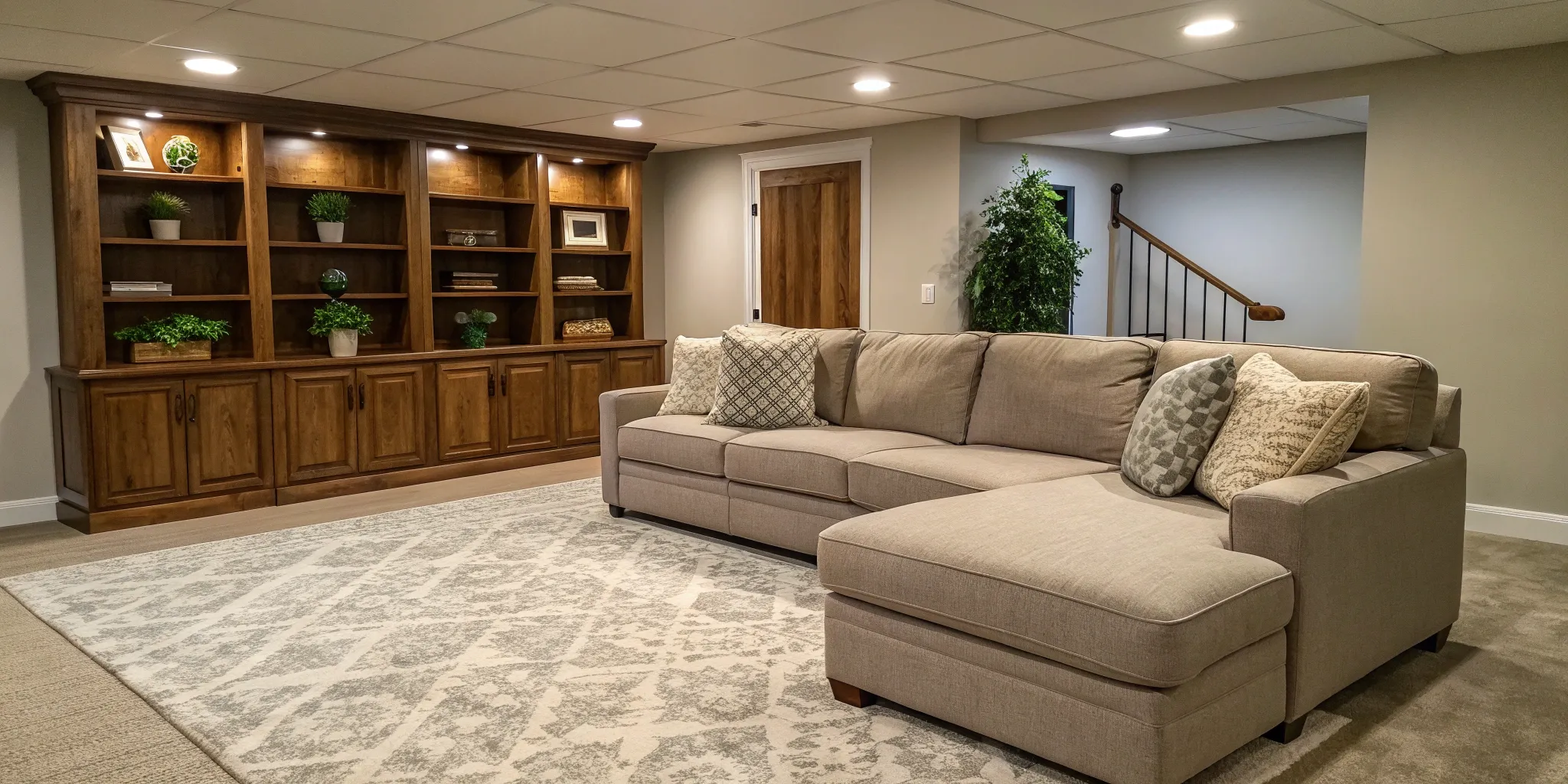
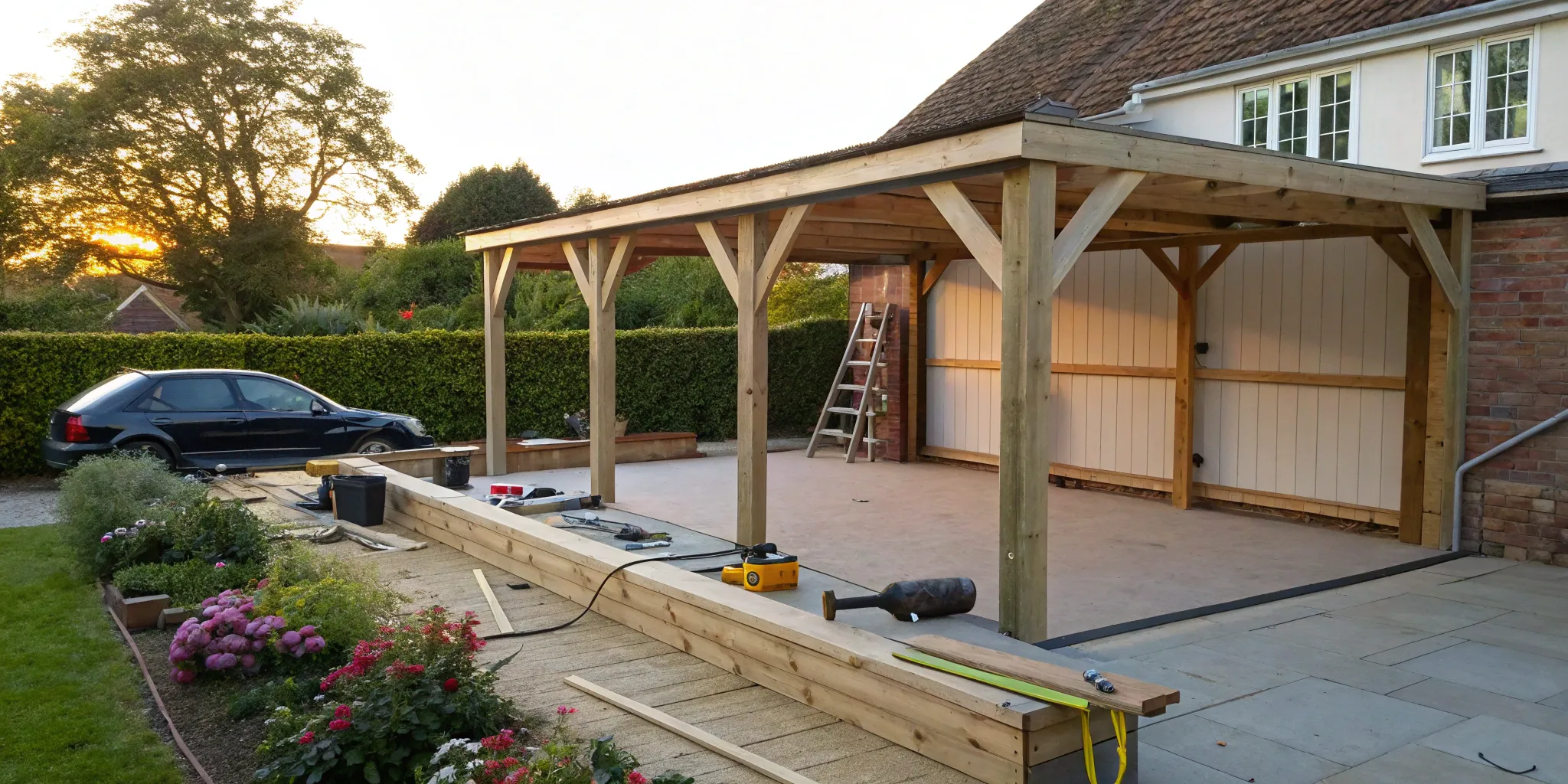
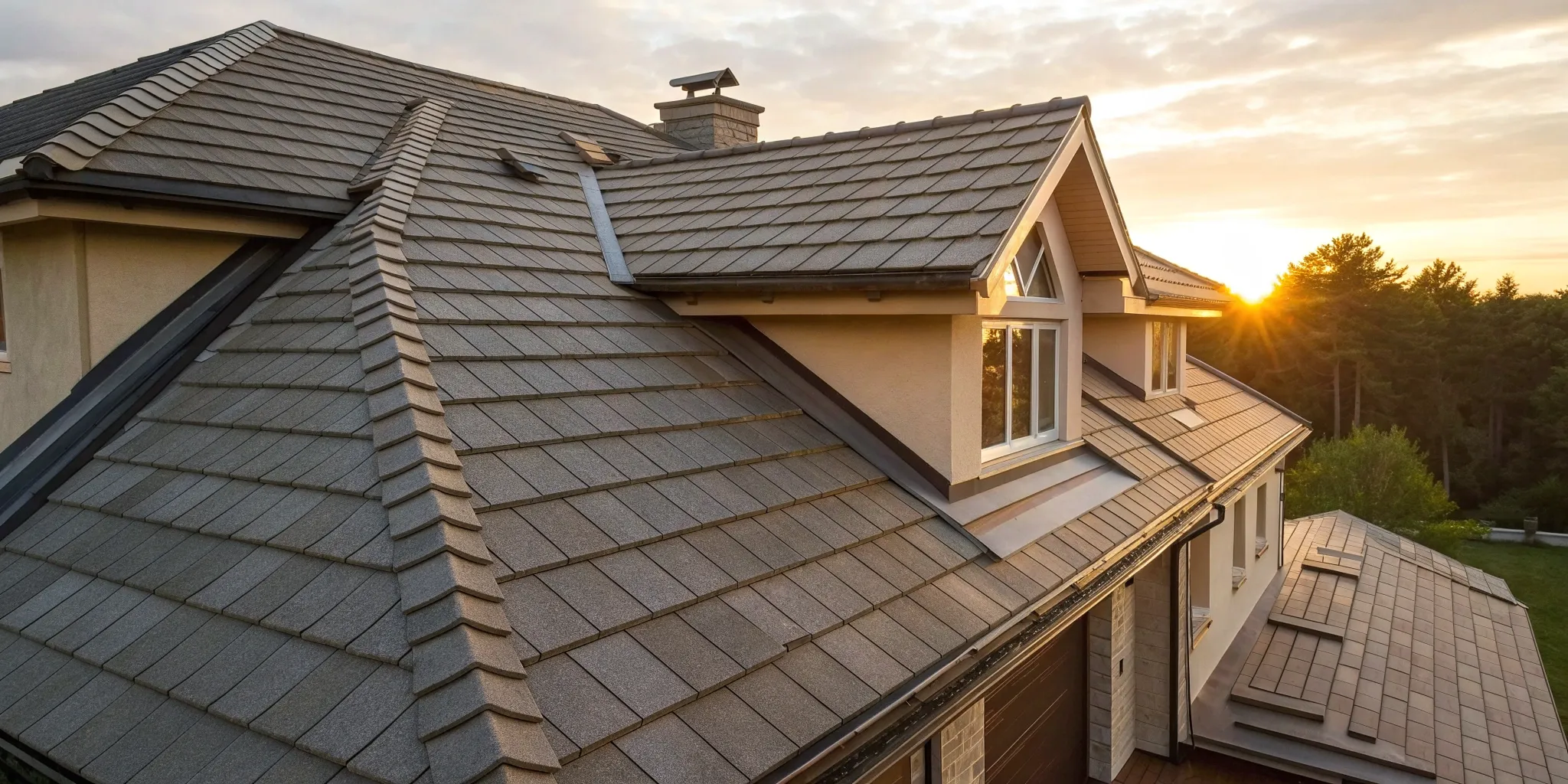
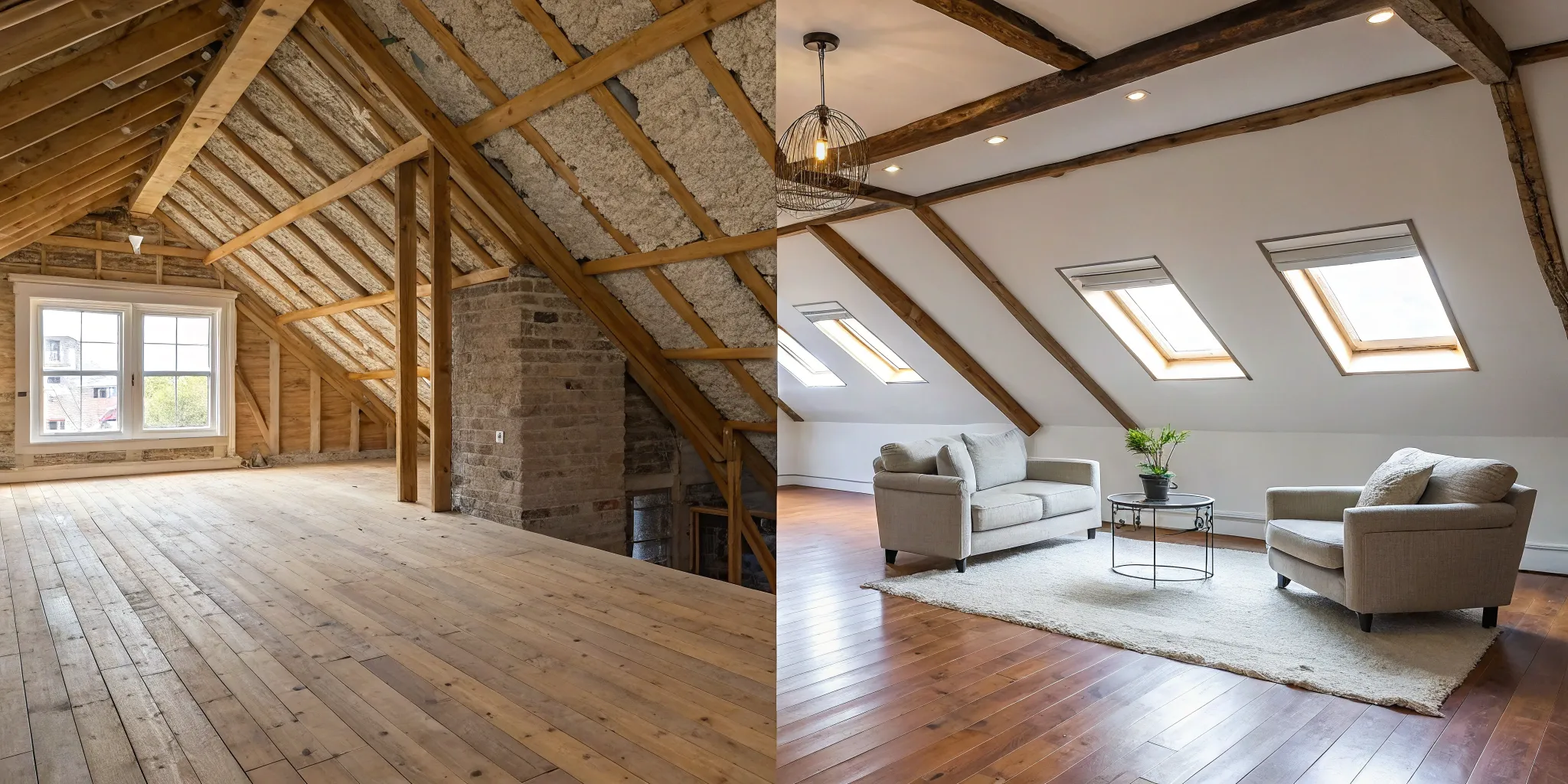

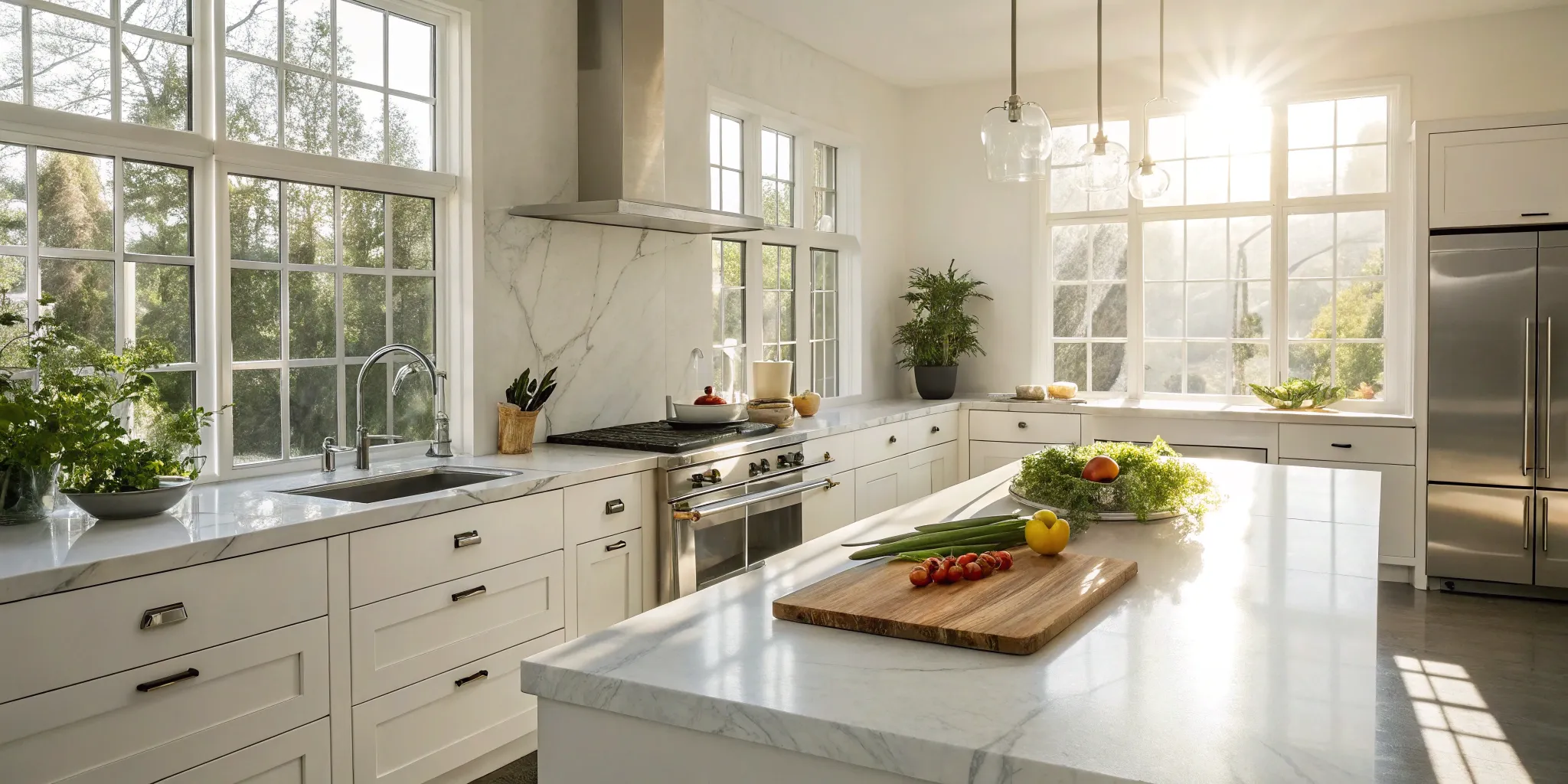

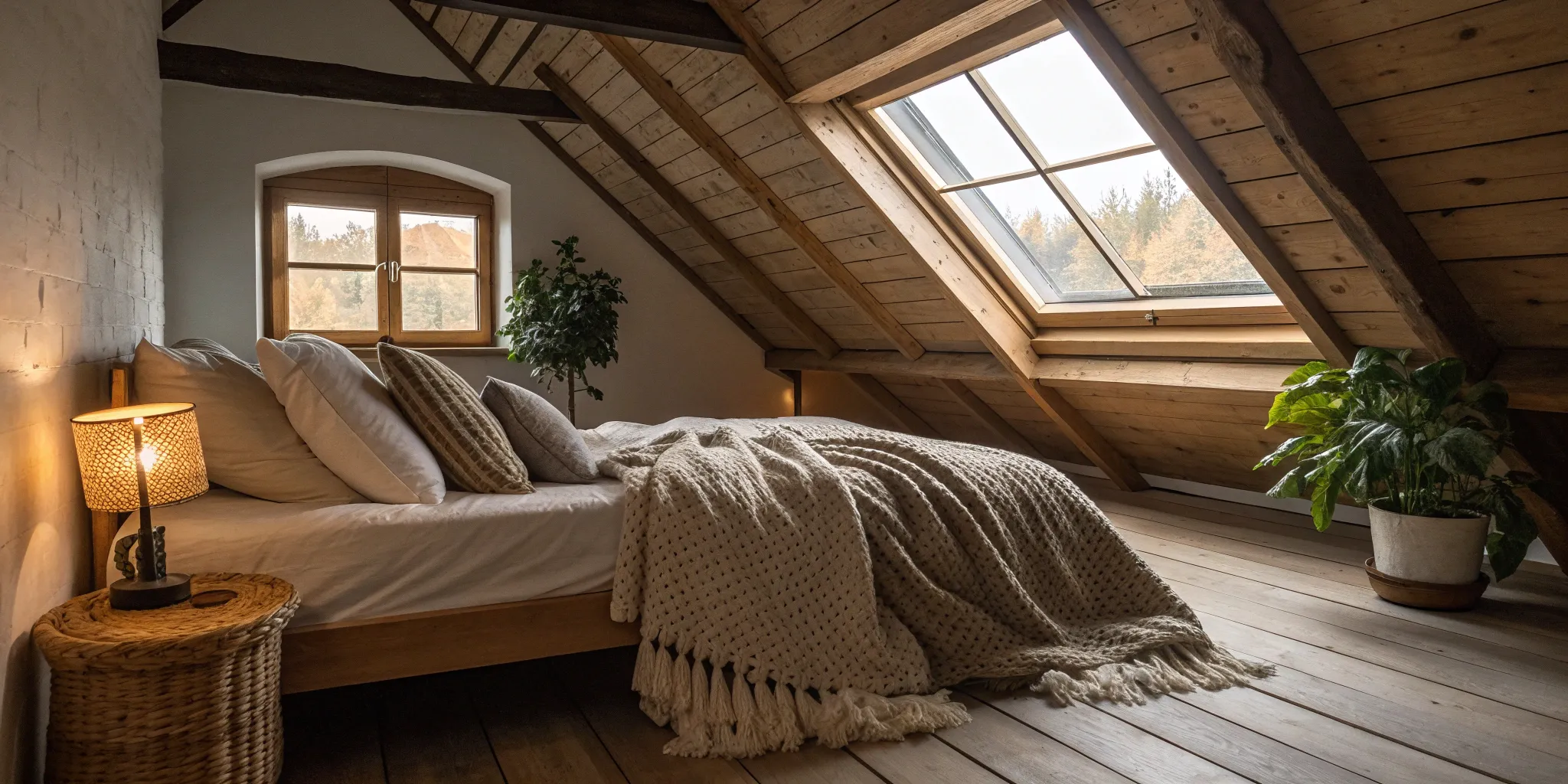
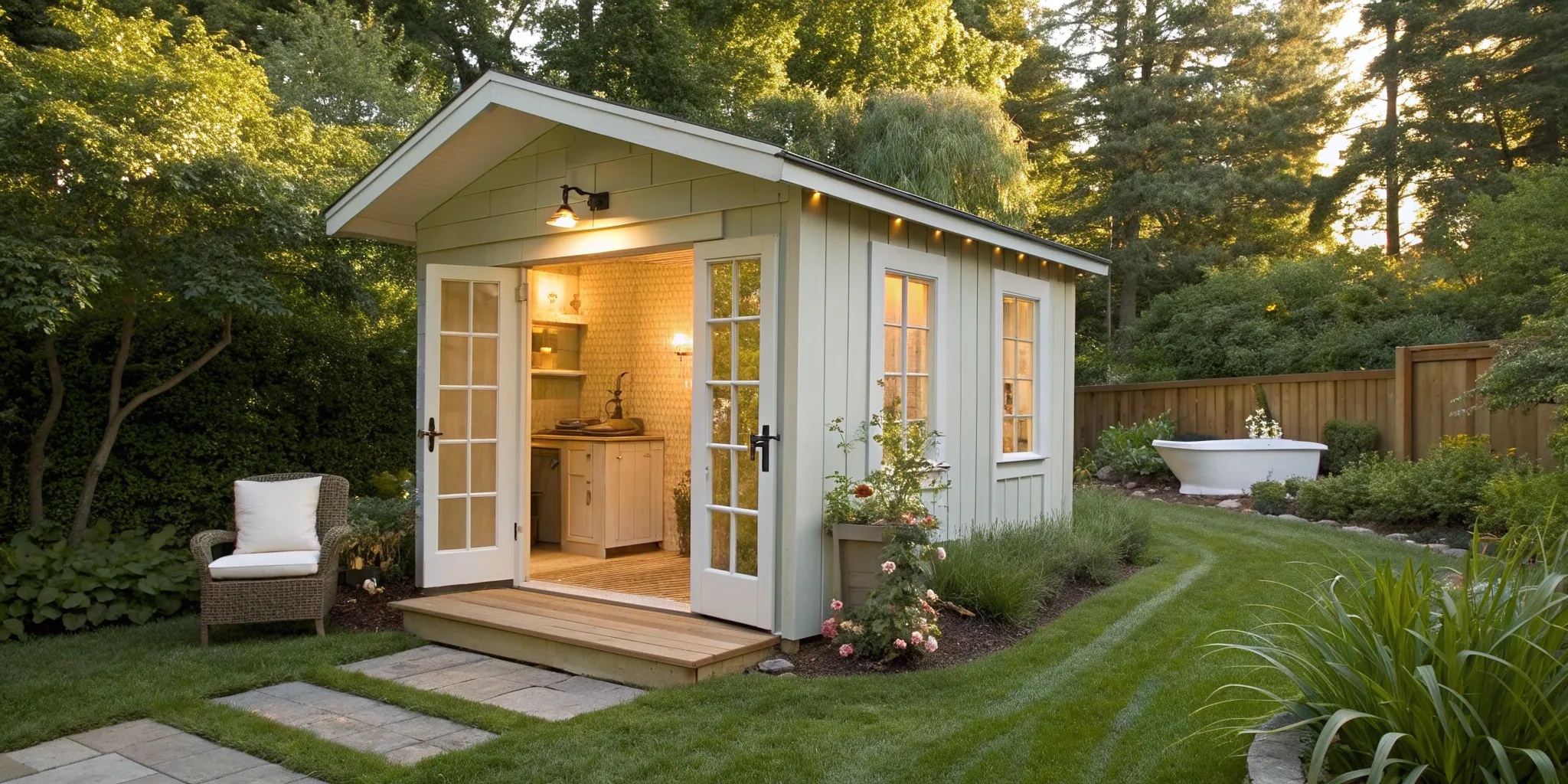
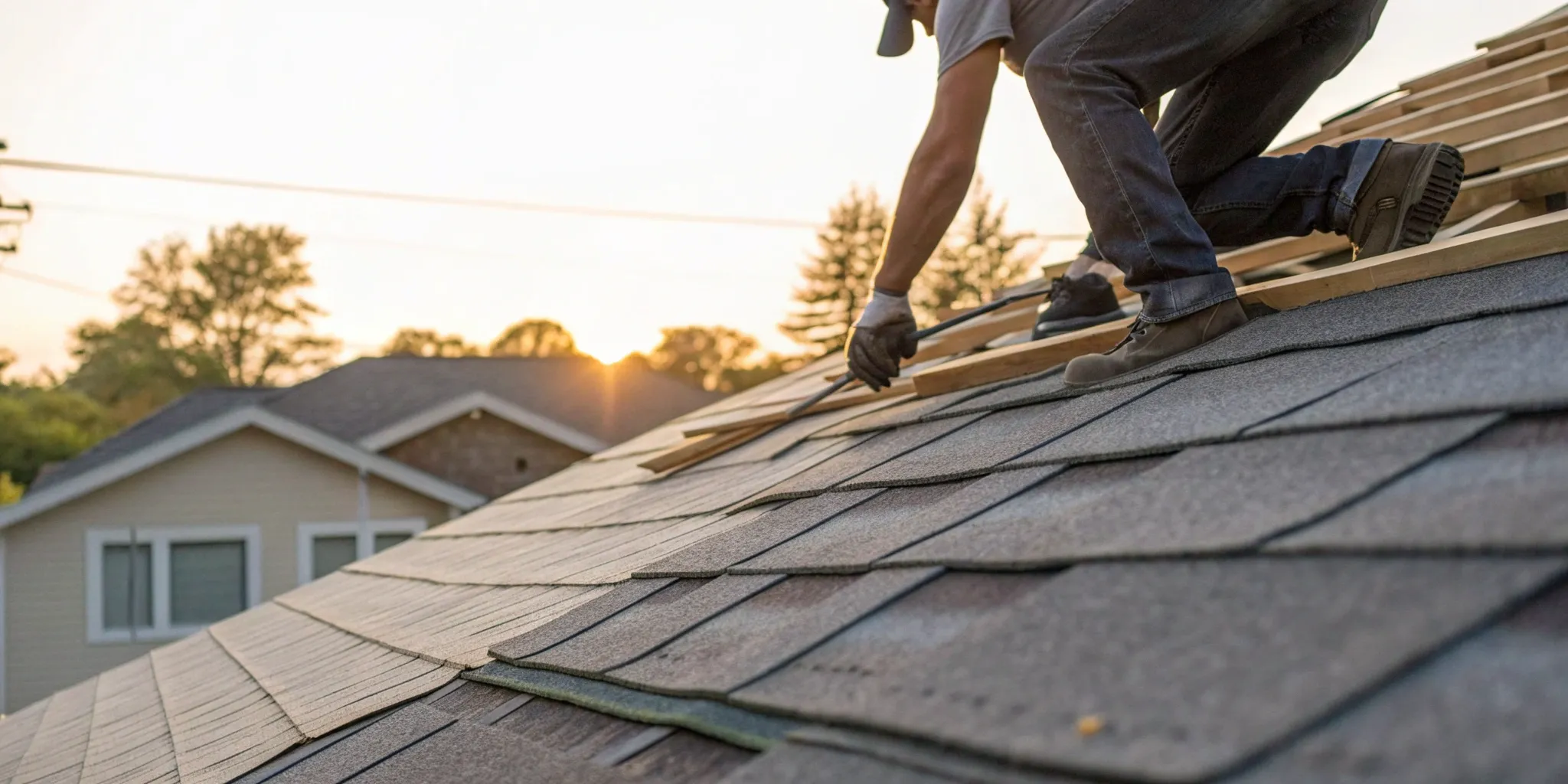

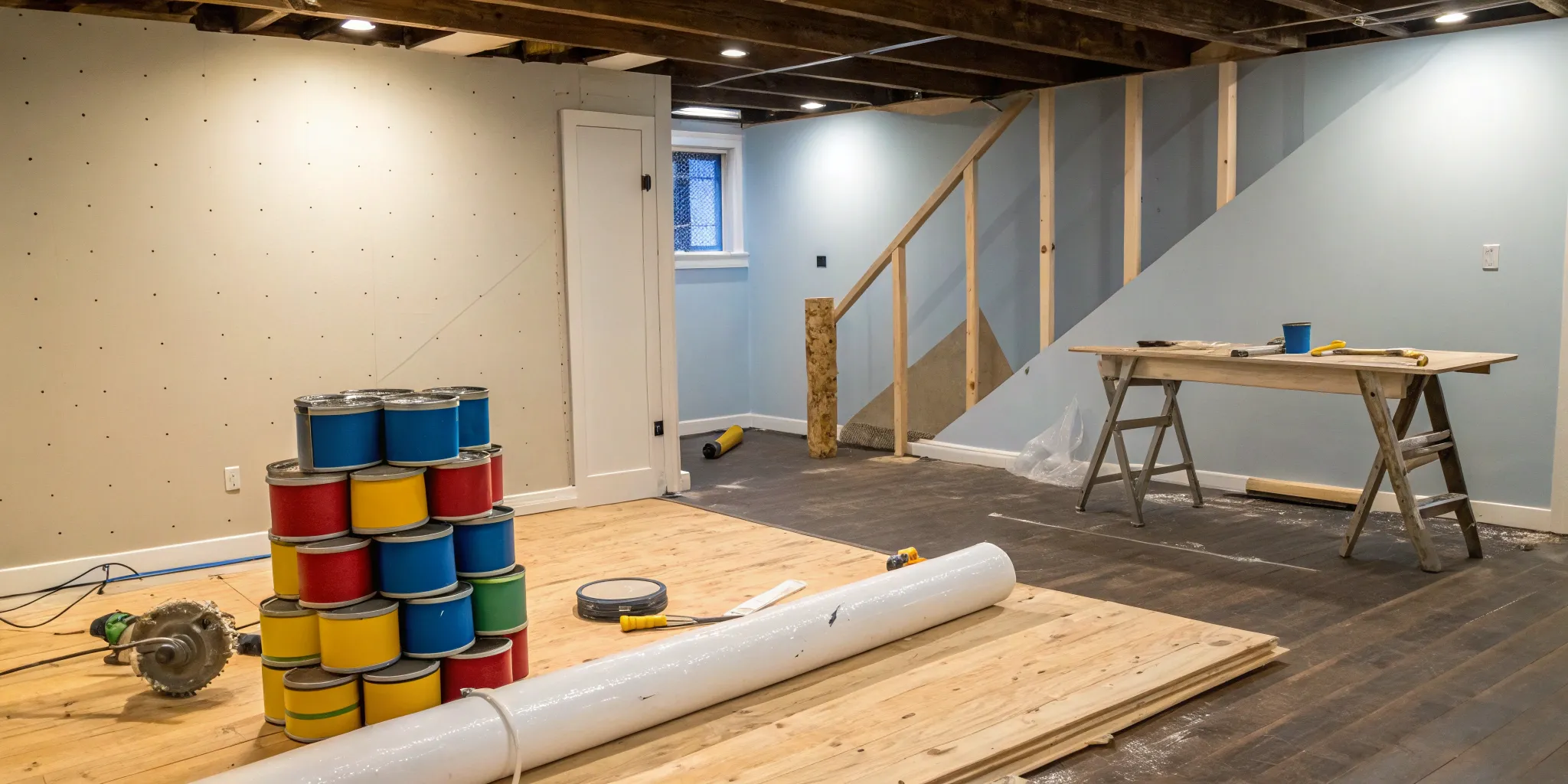

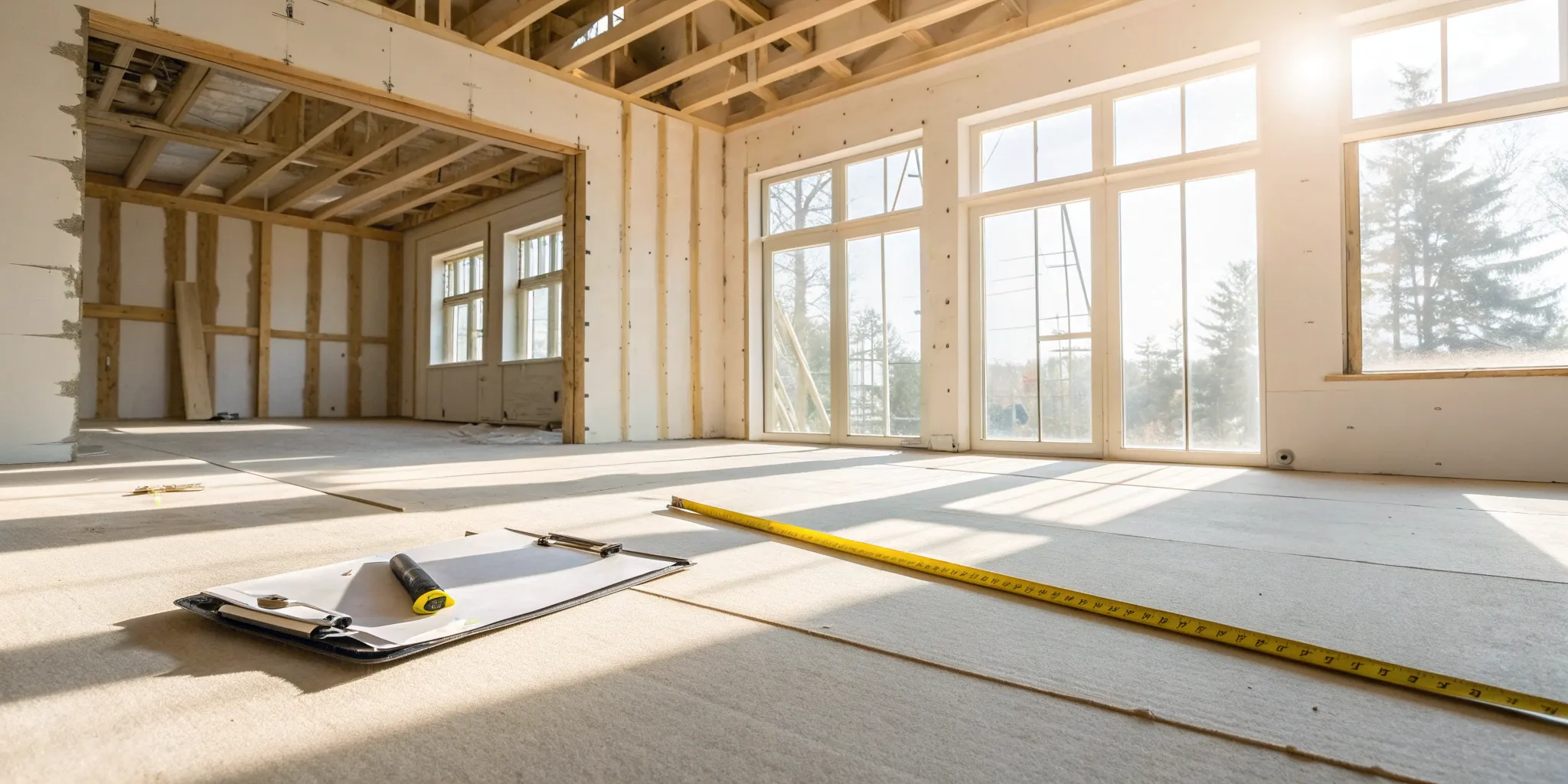
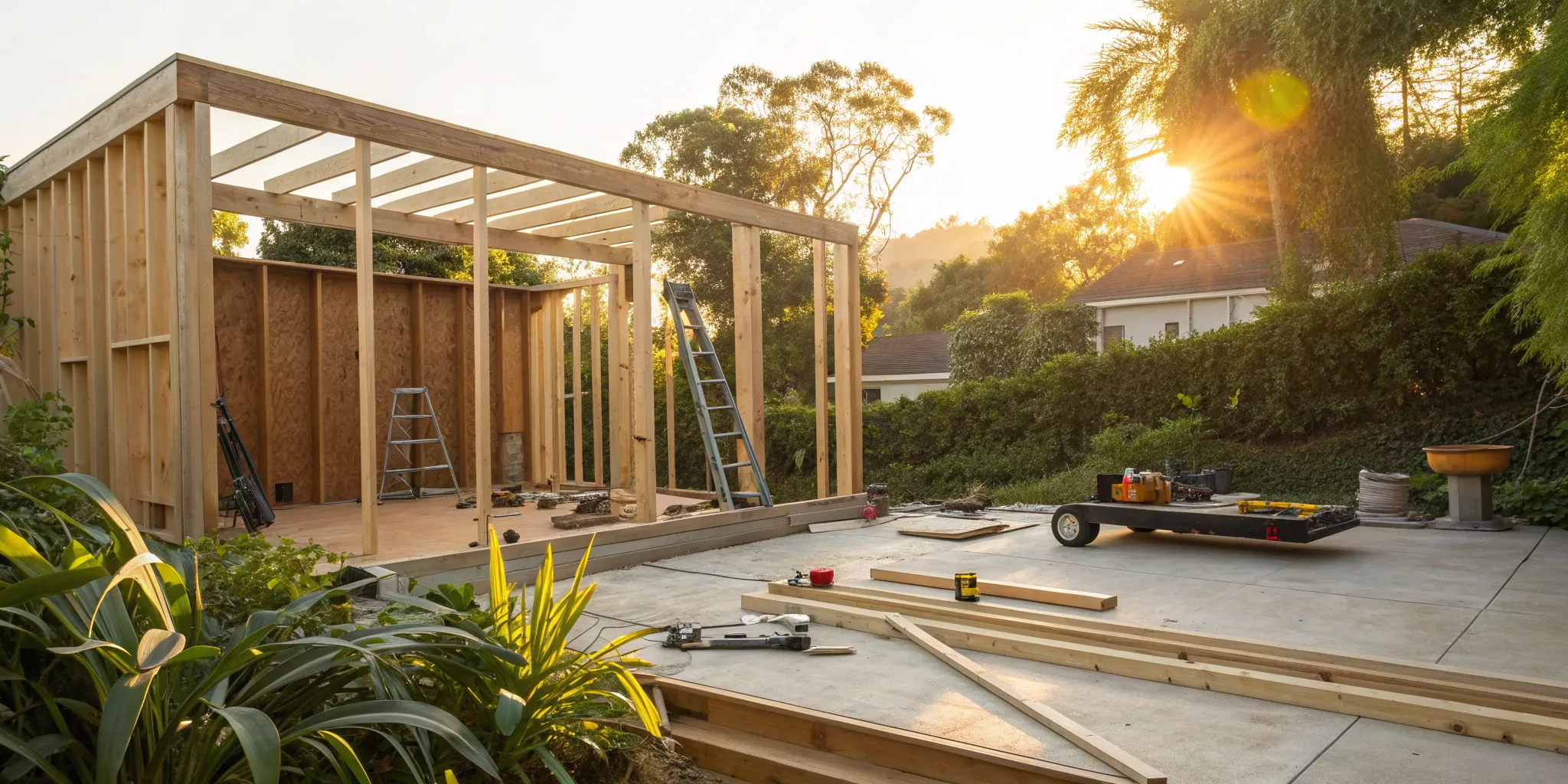
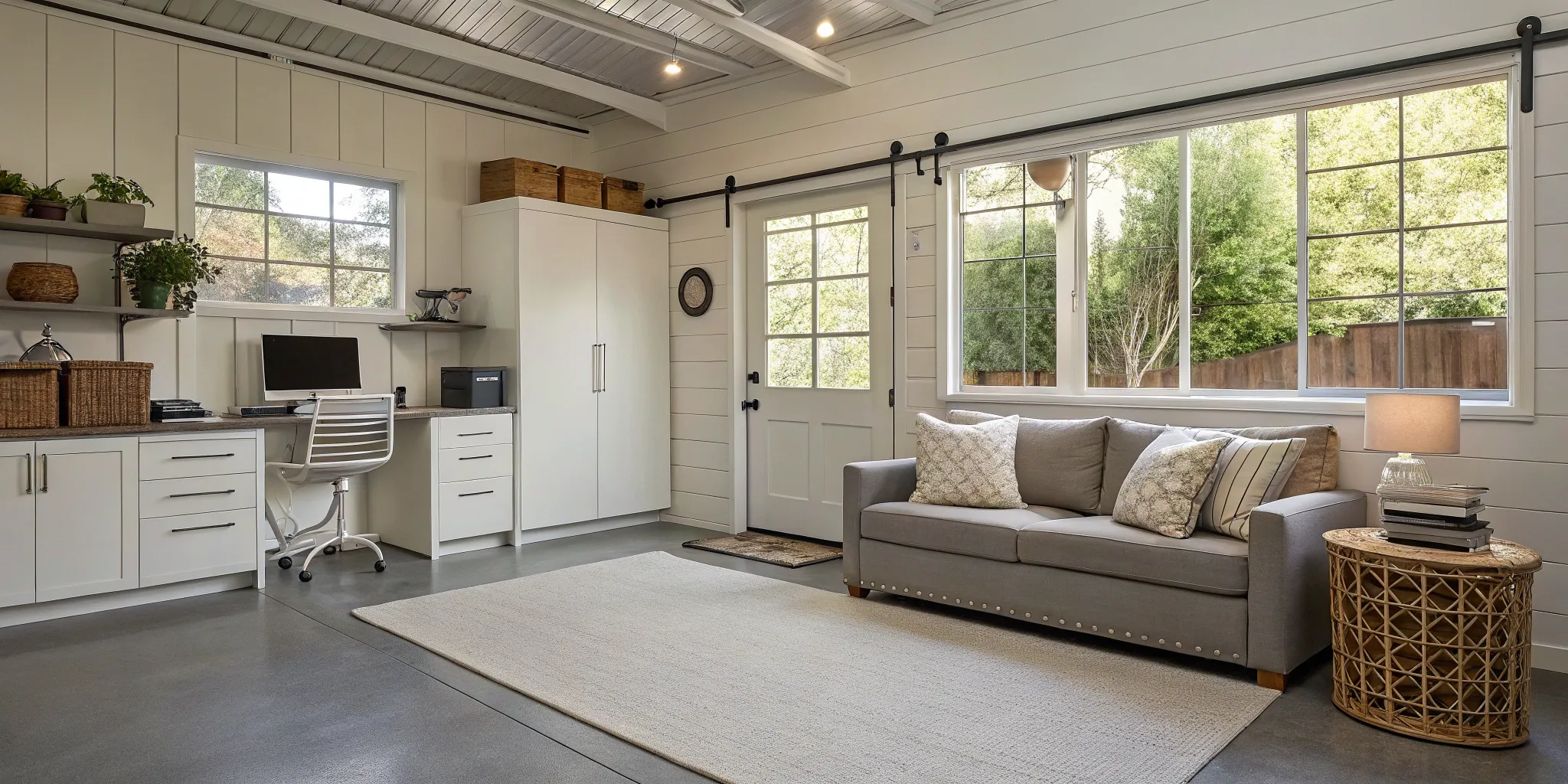
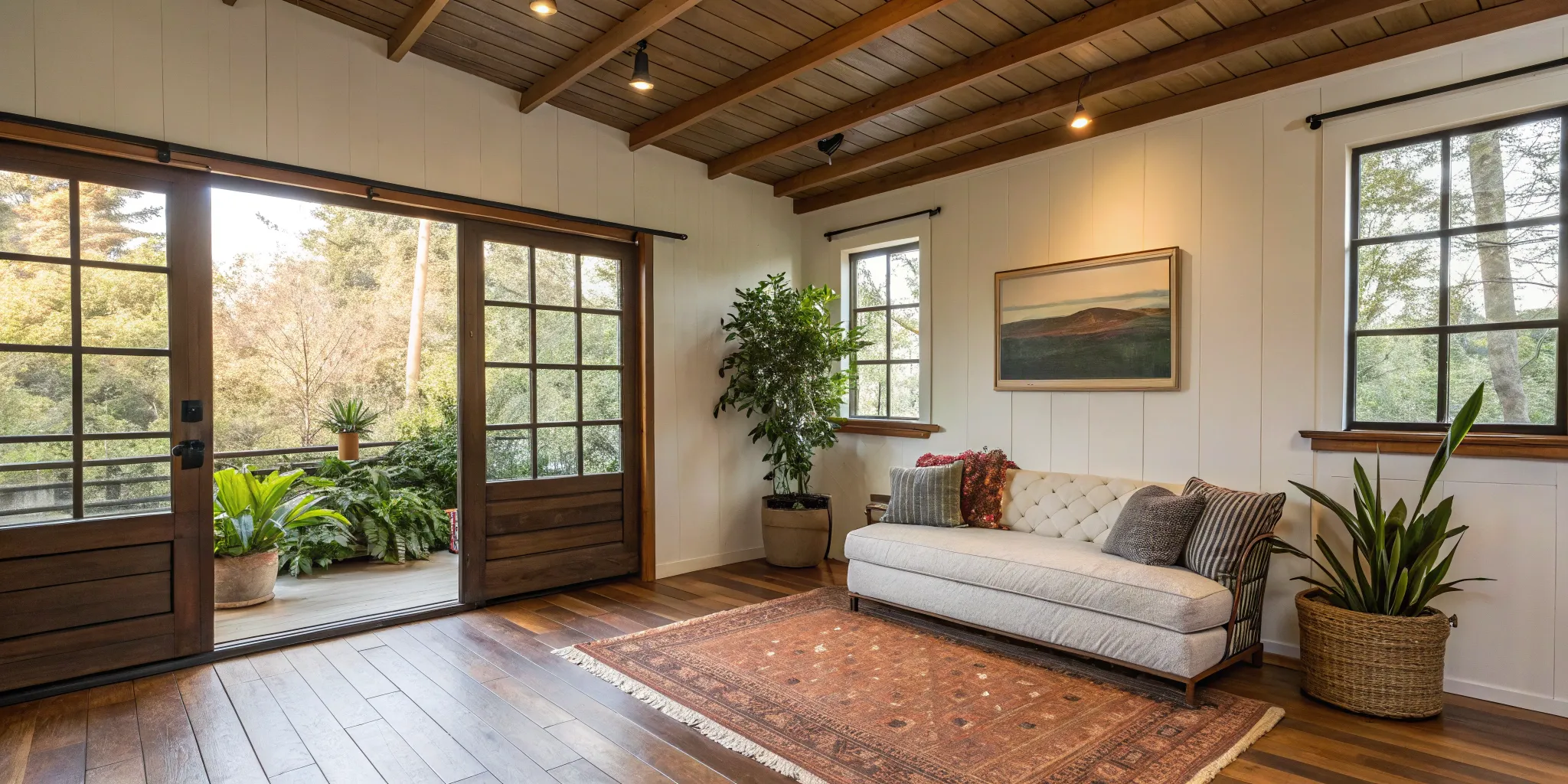
.png)
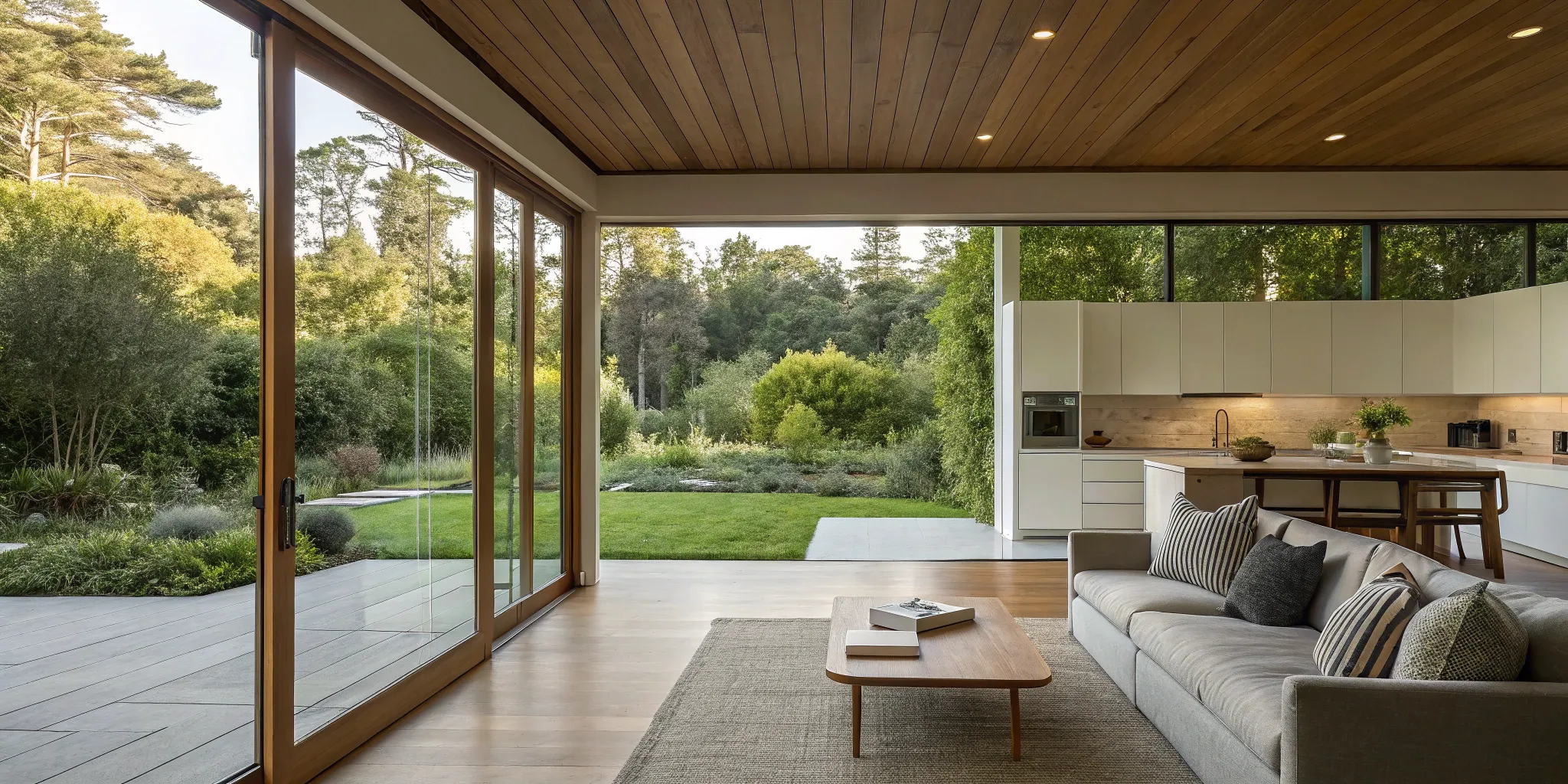
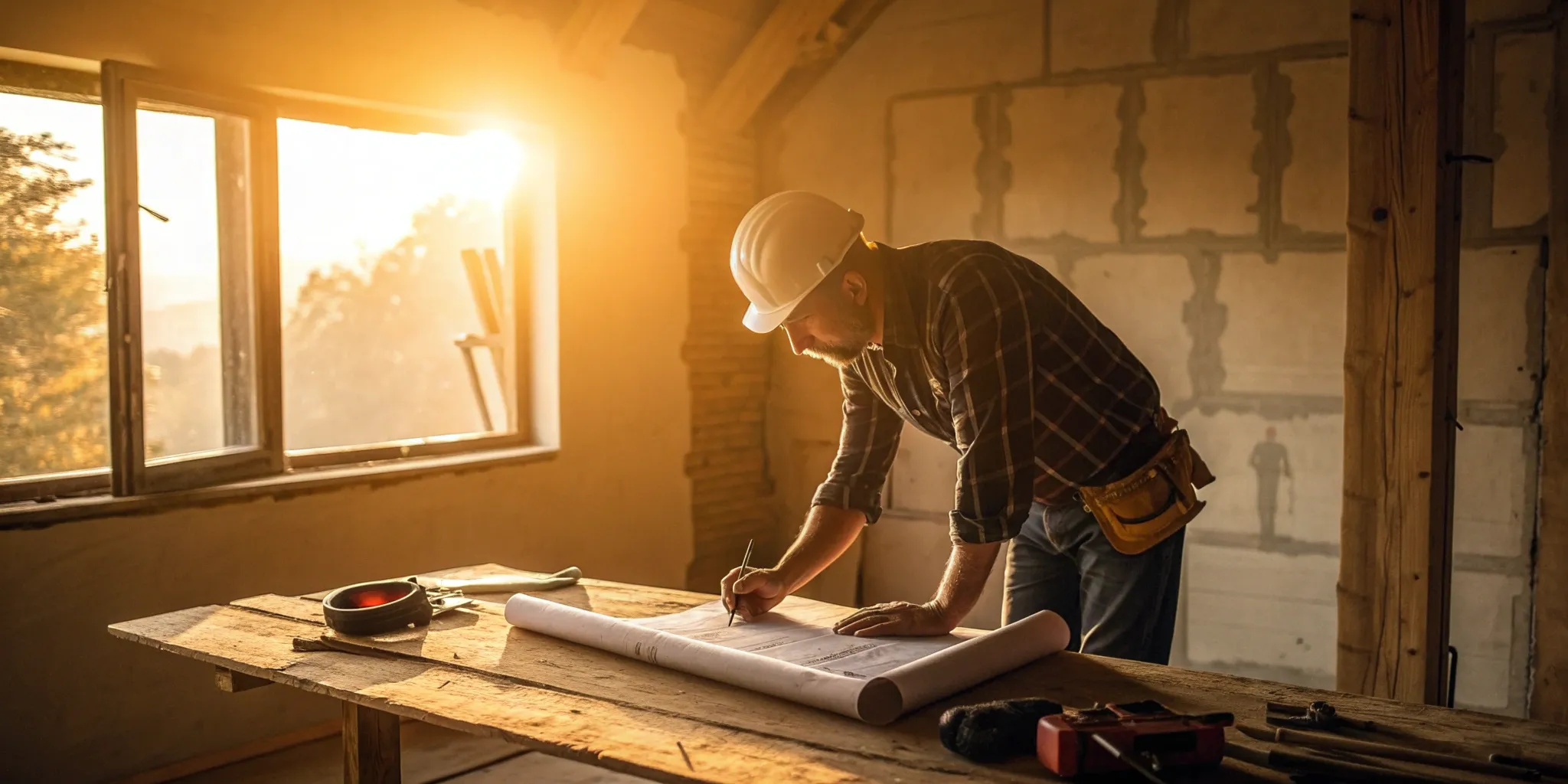
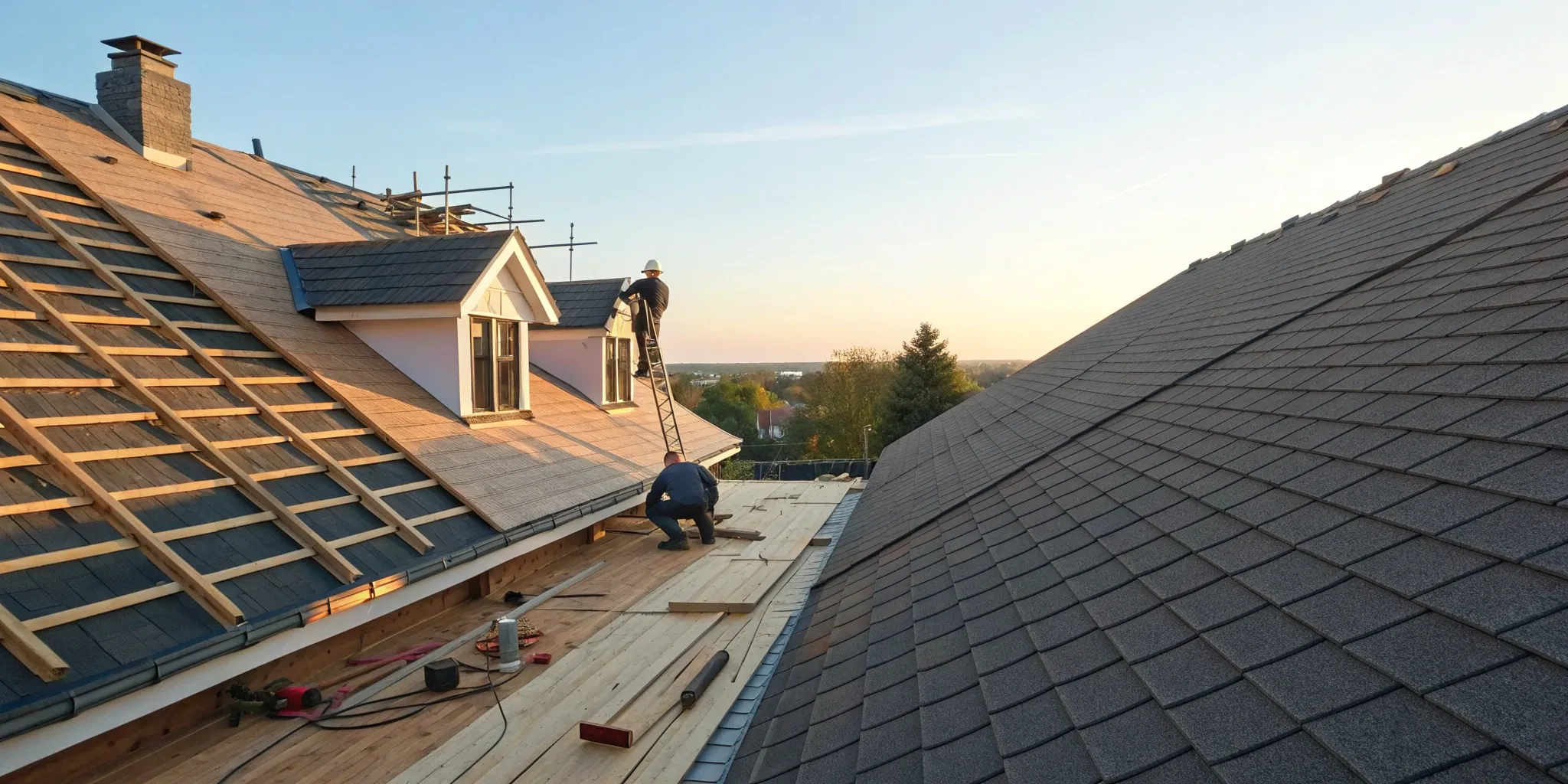
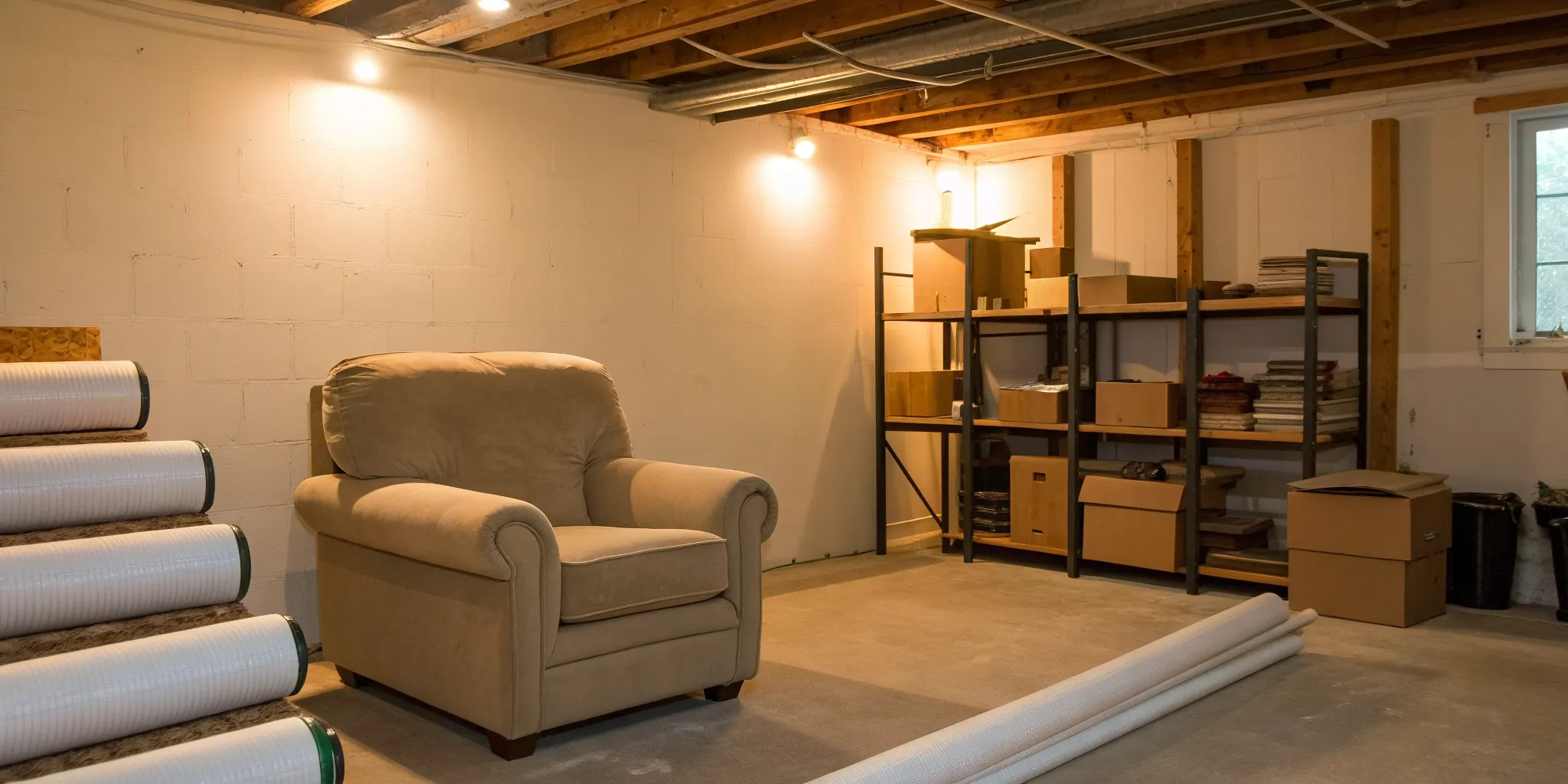
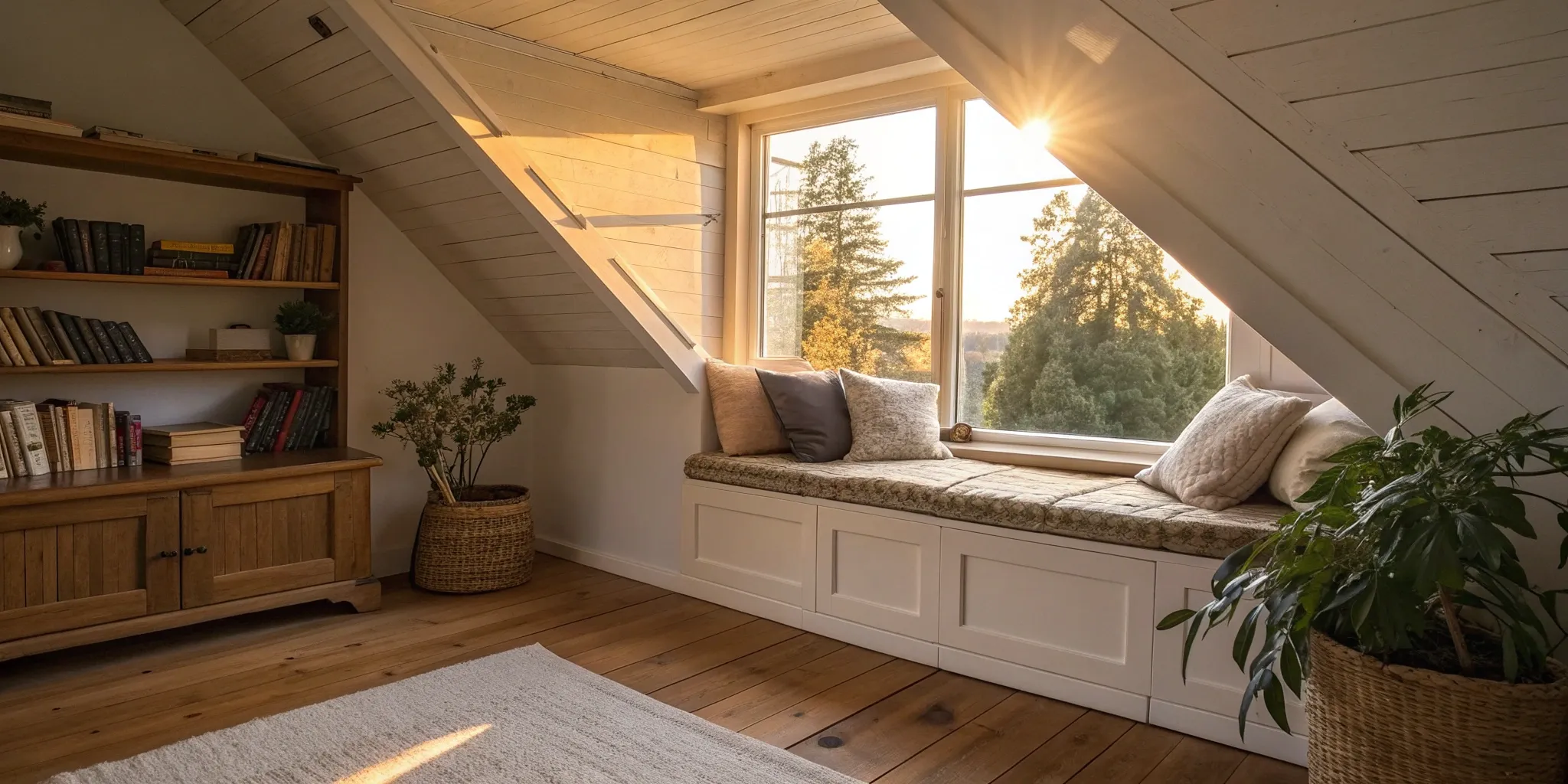
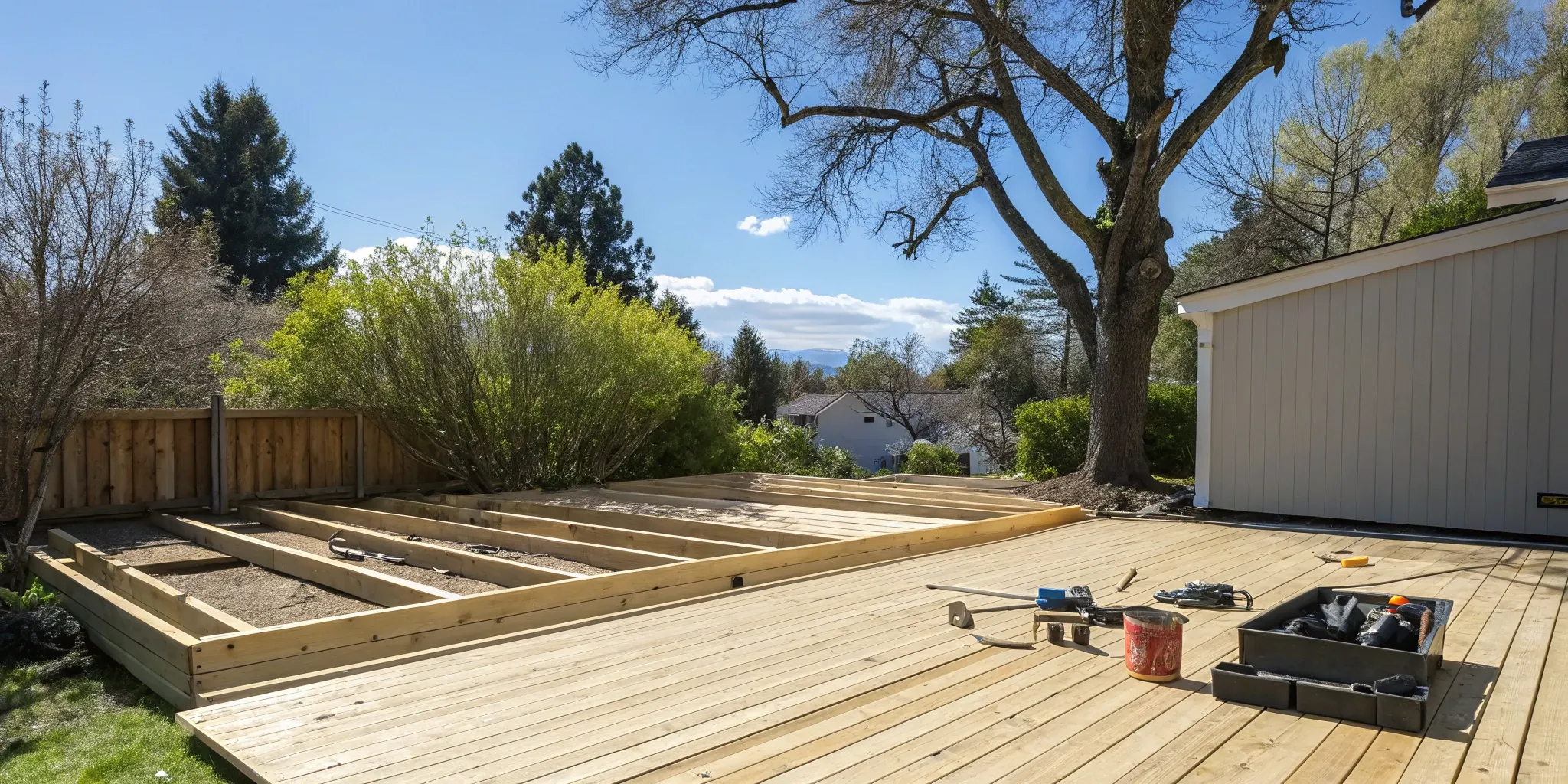
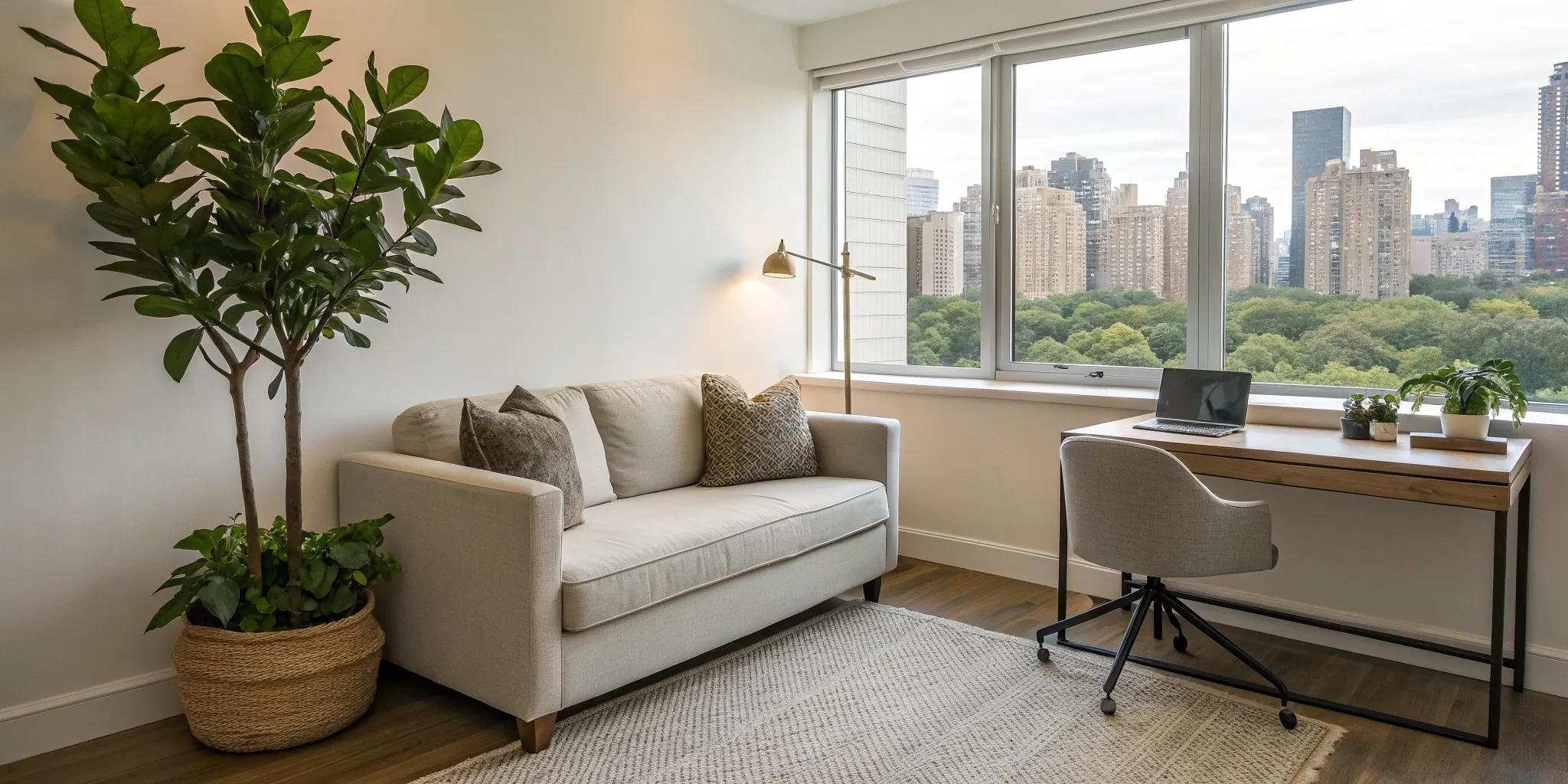
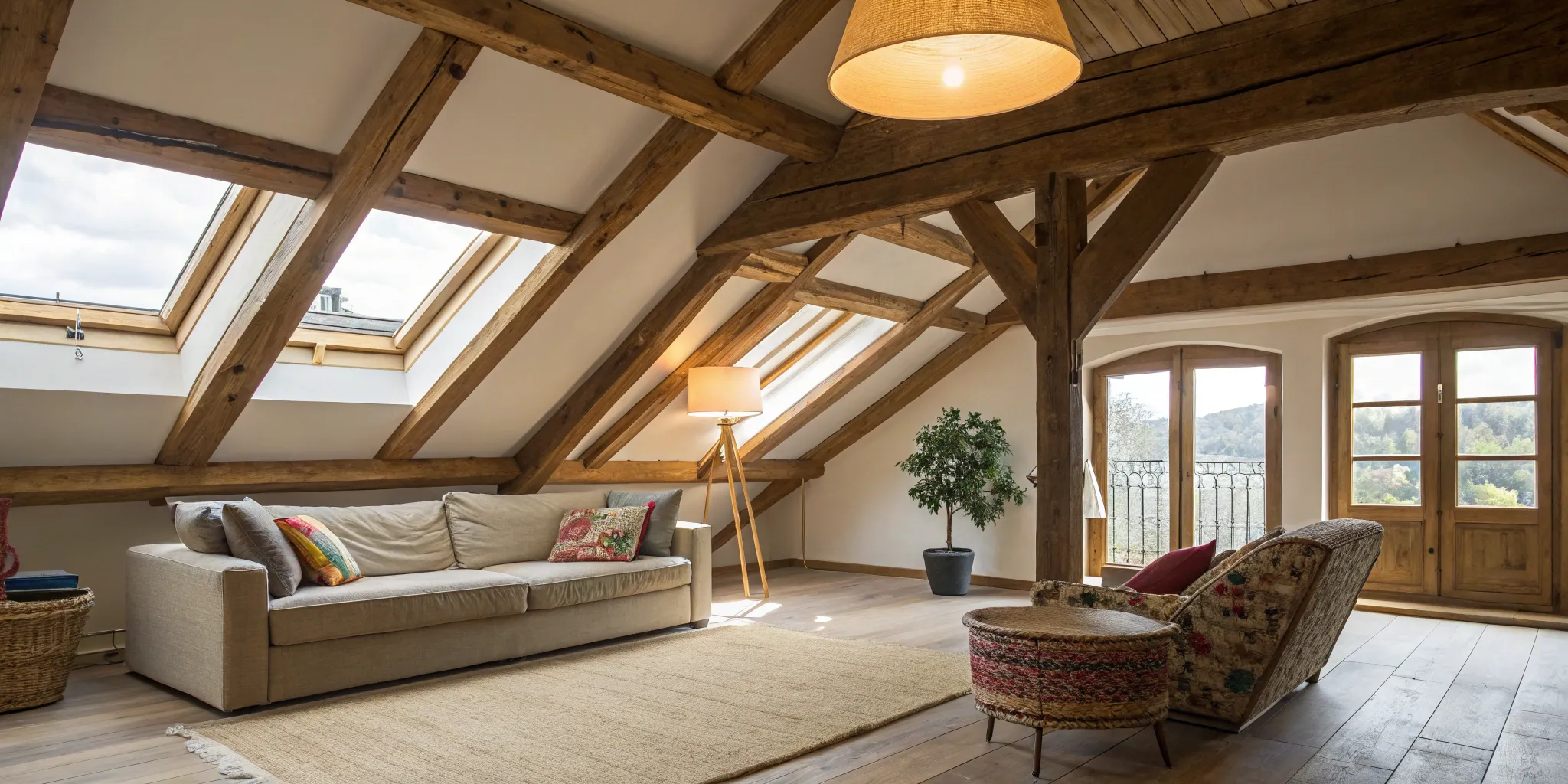



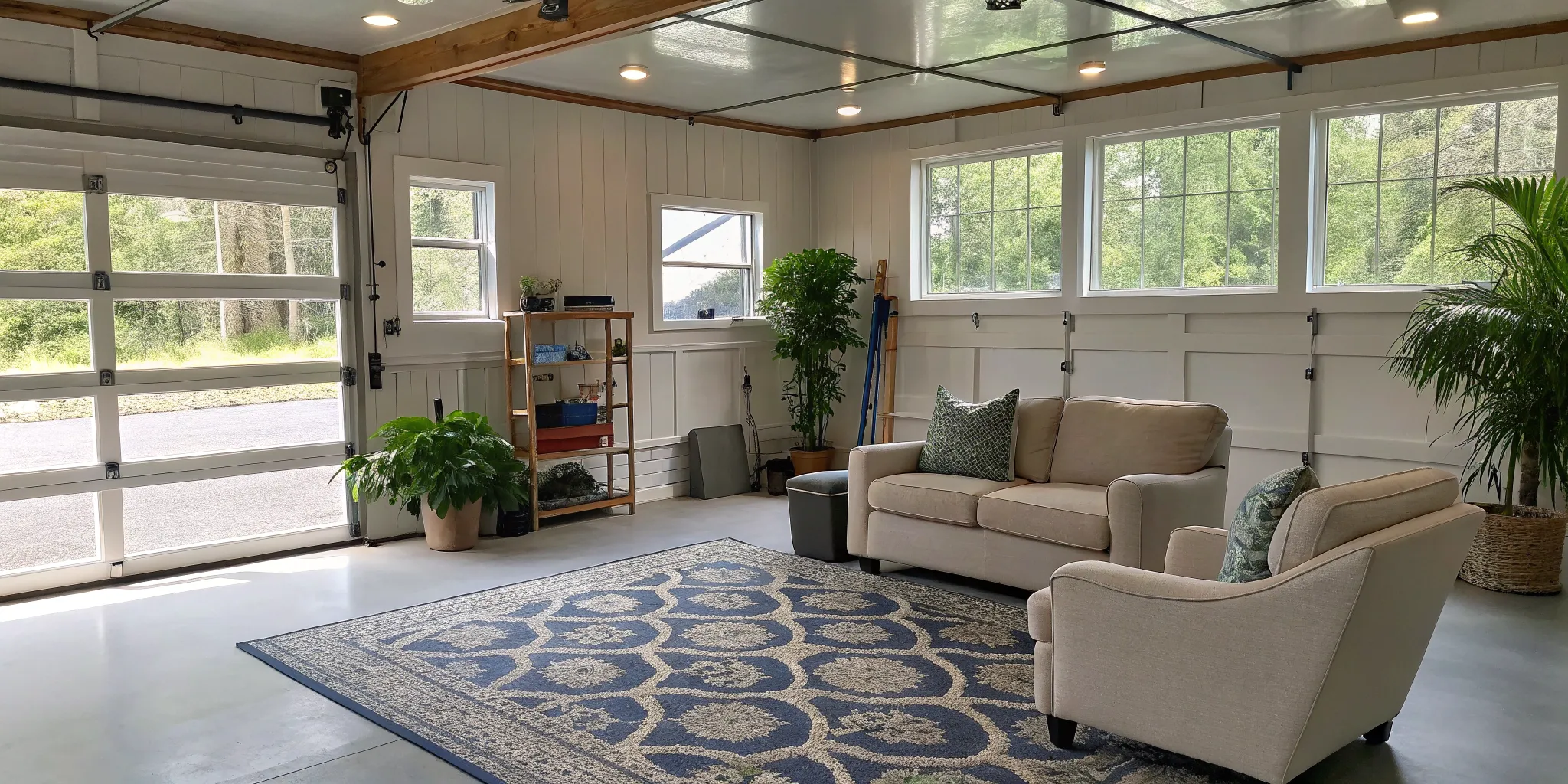
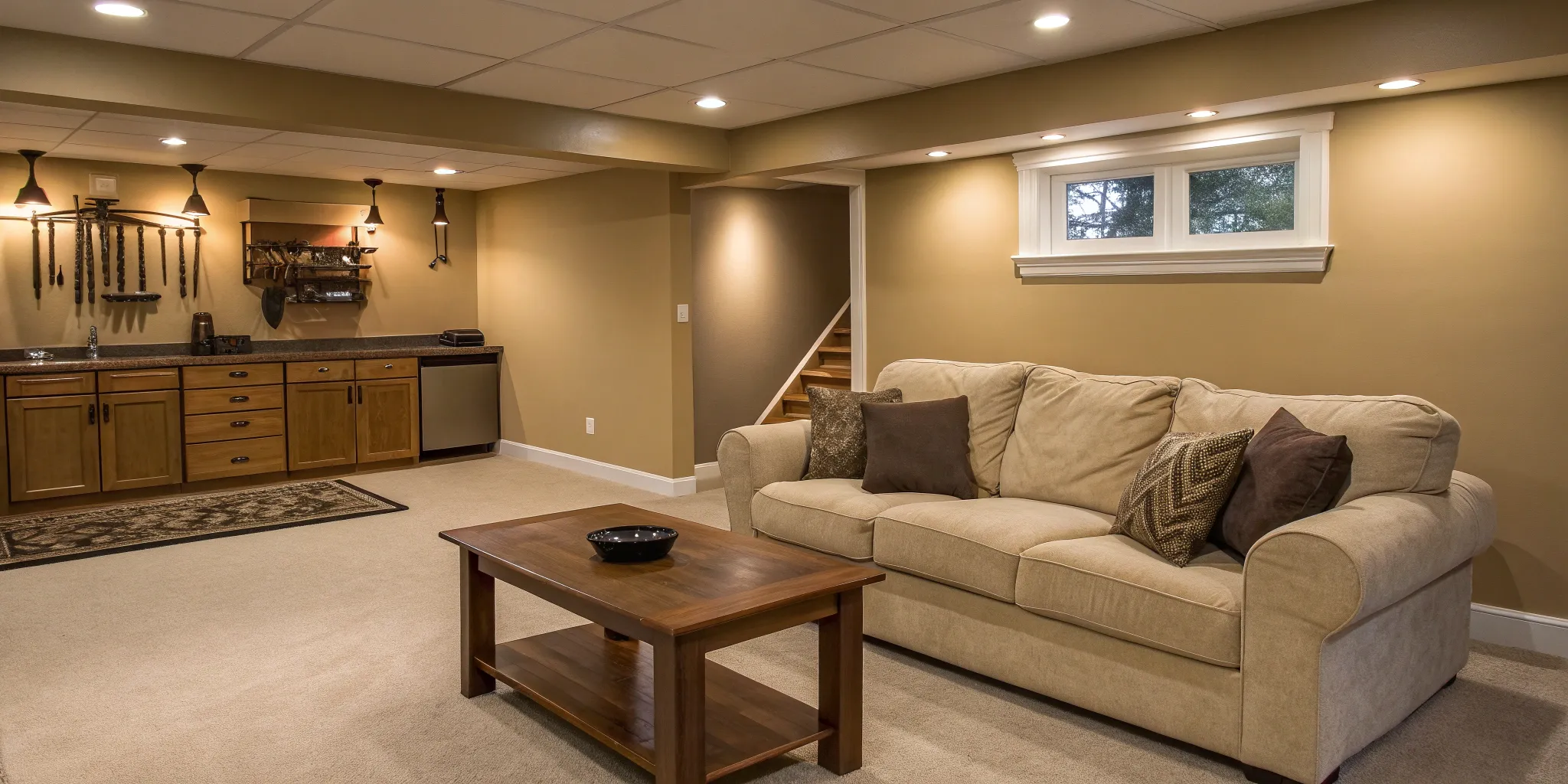

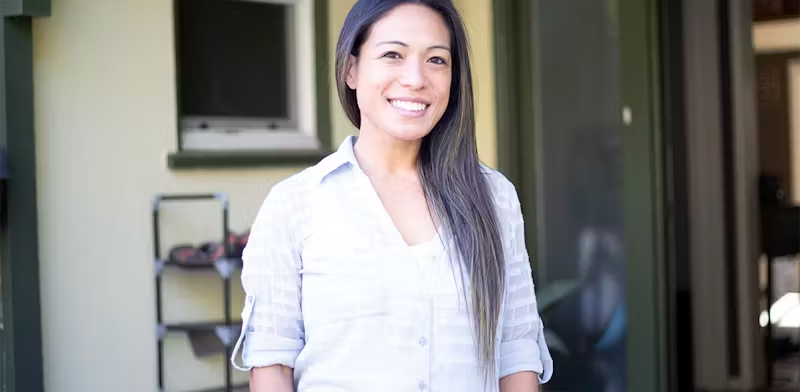

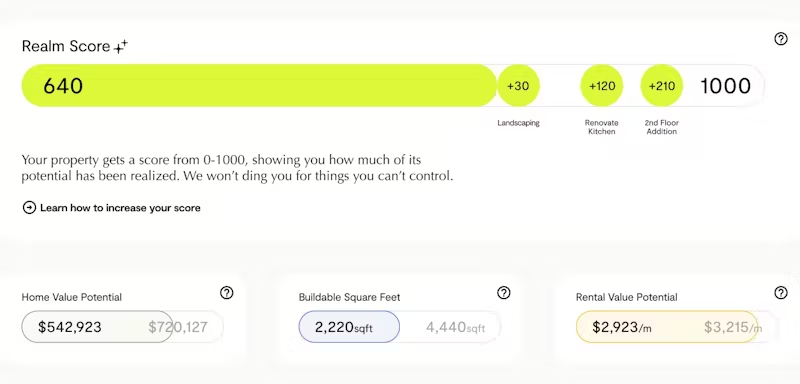
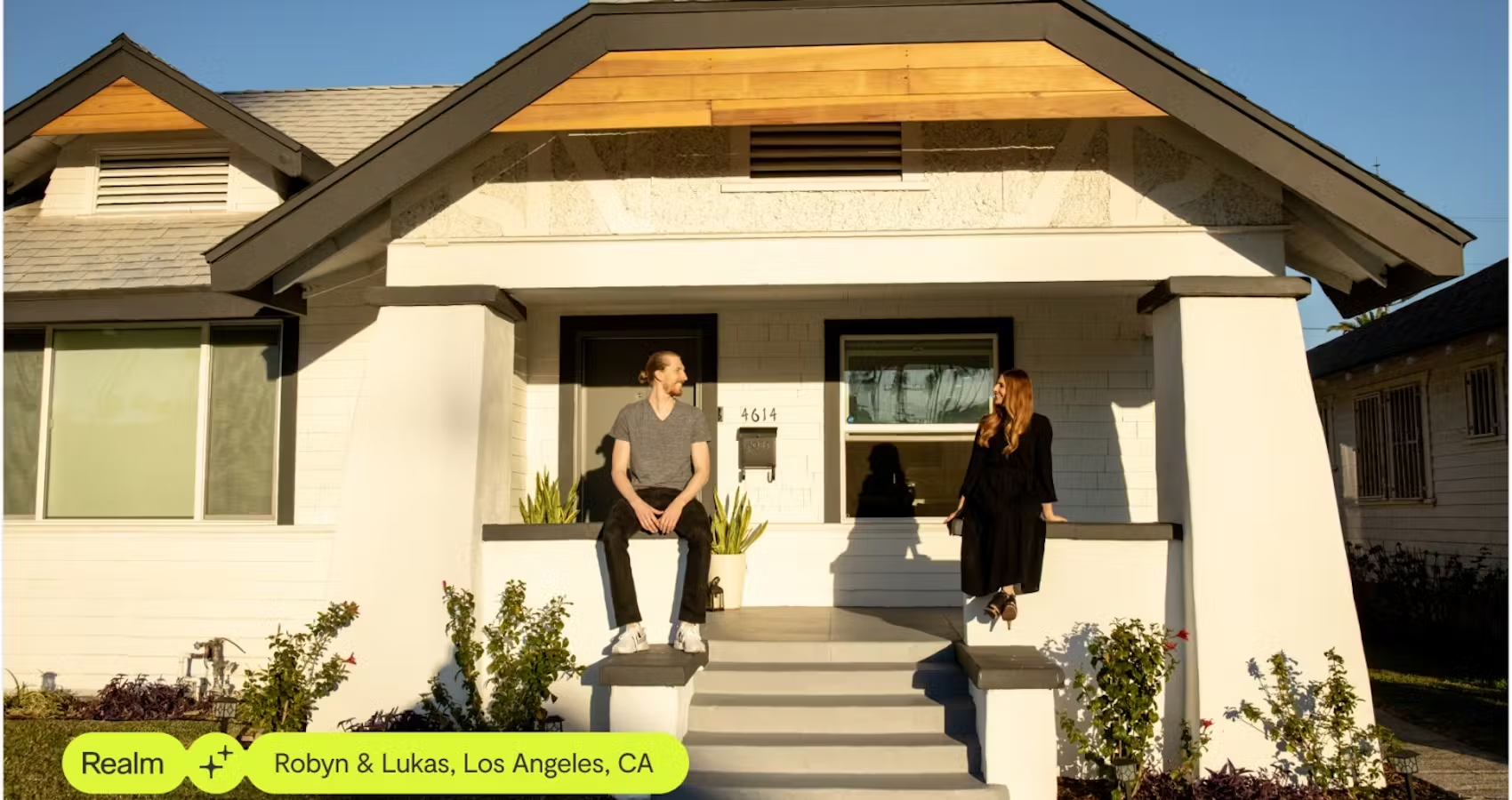
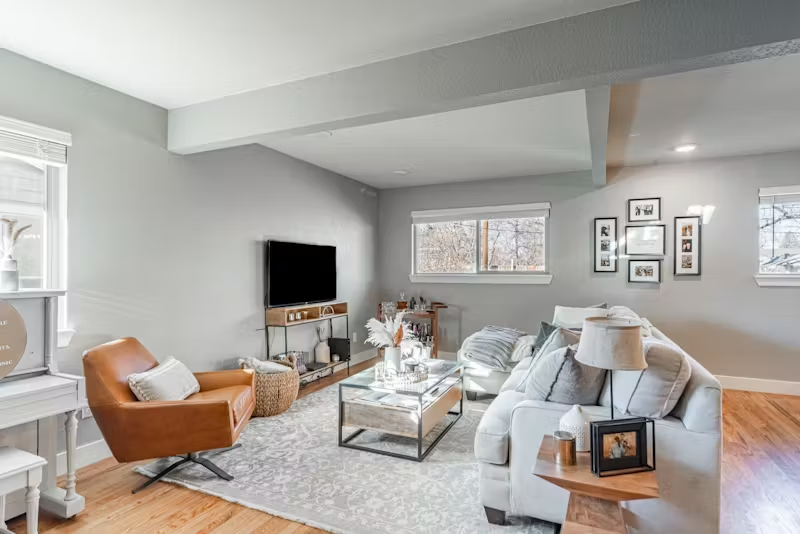
.avif)


